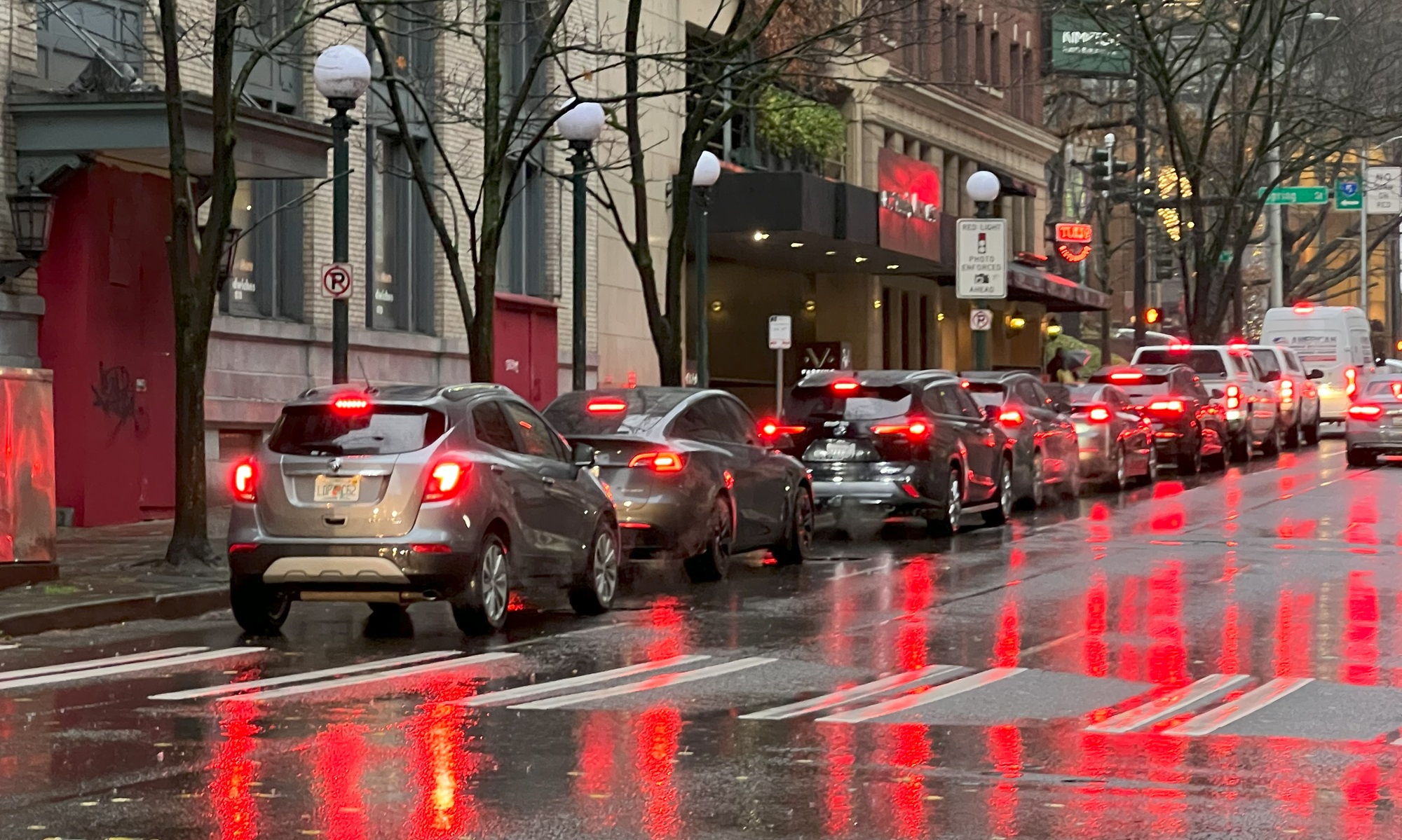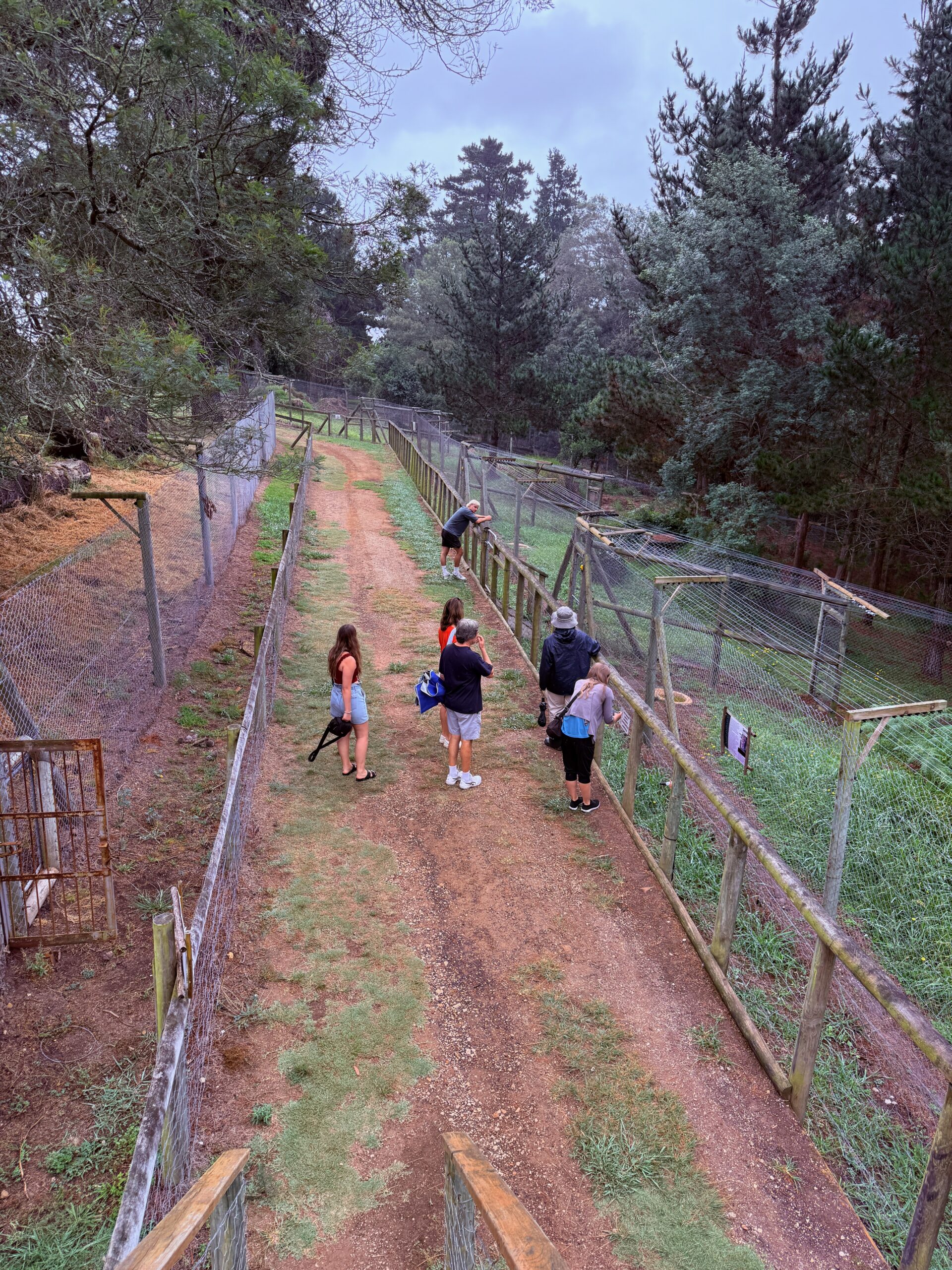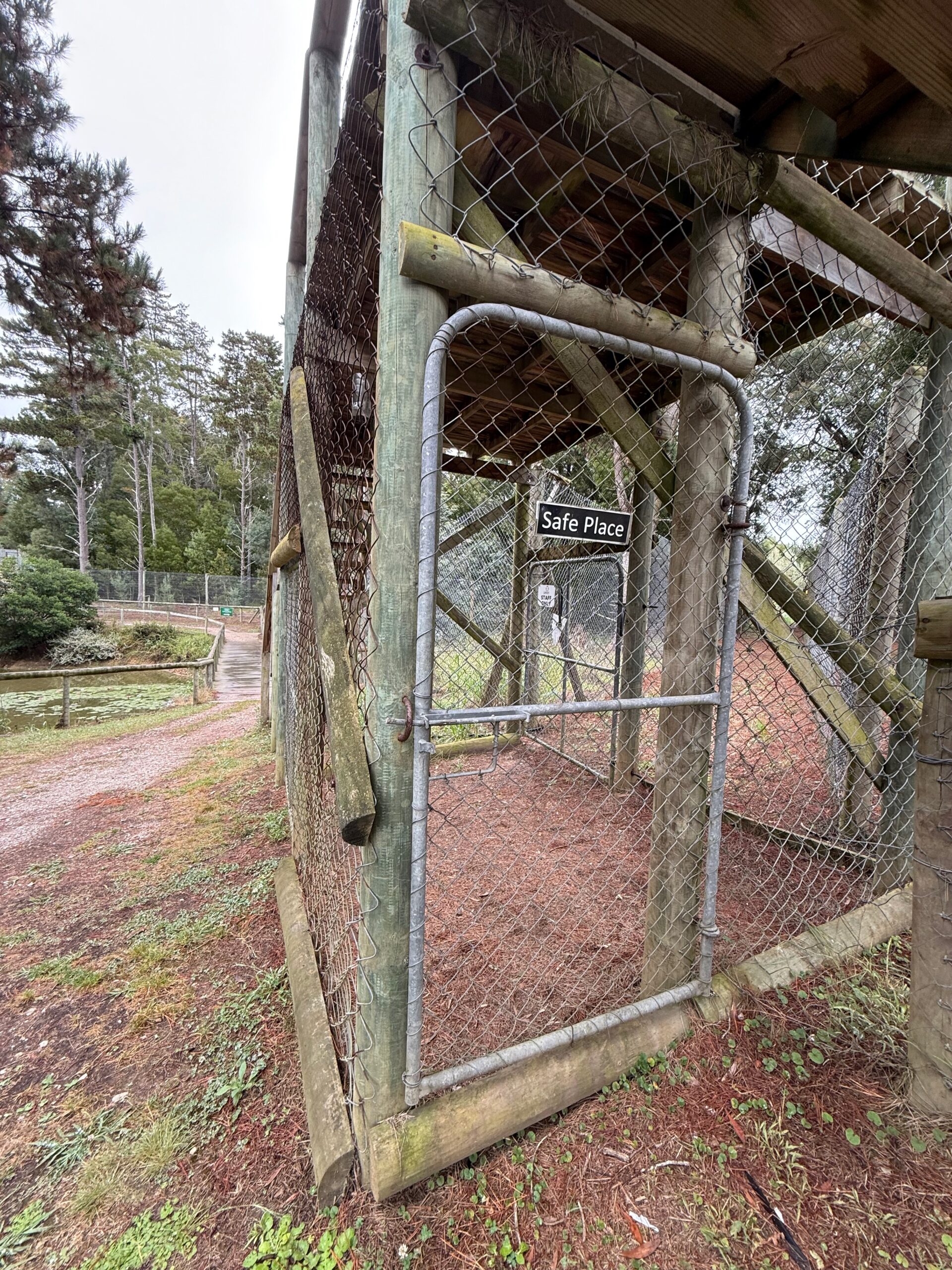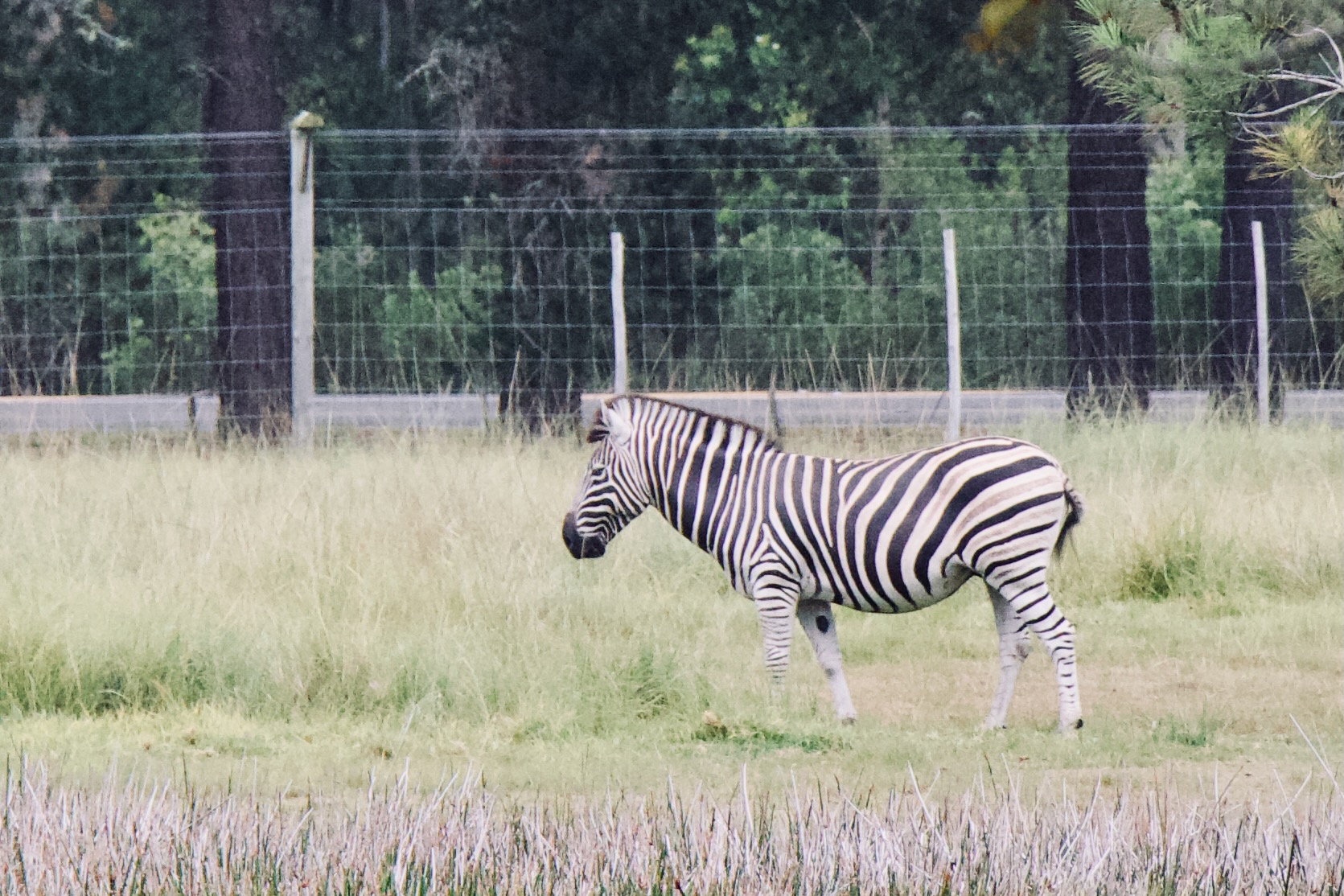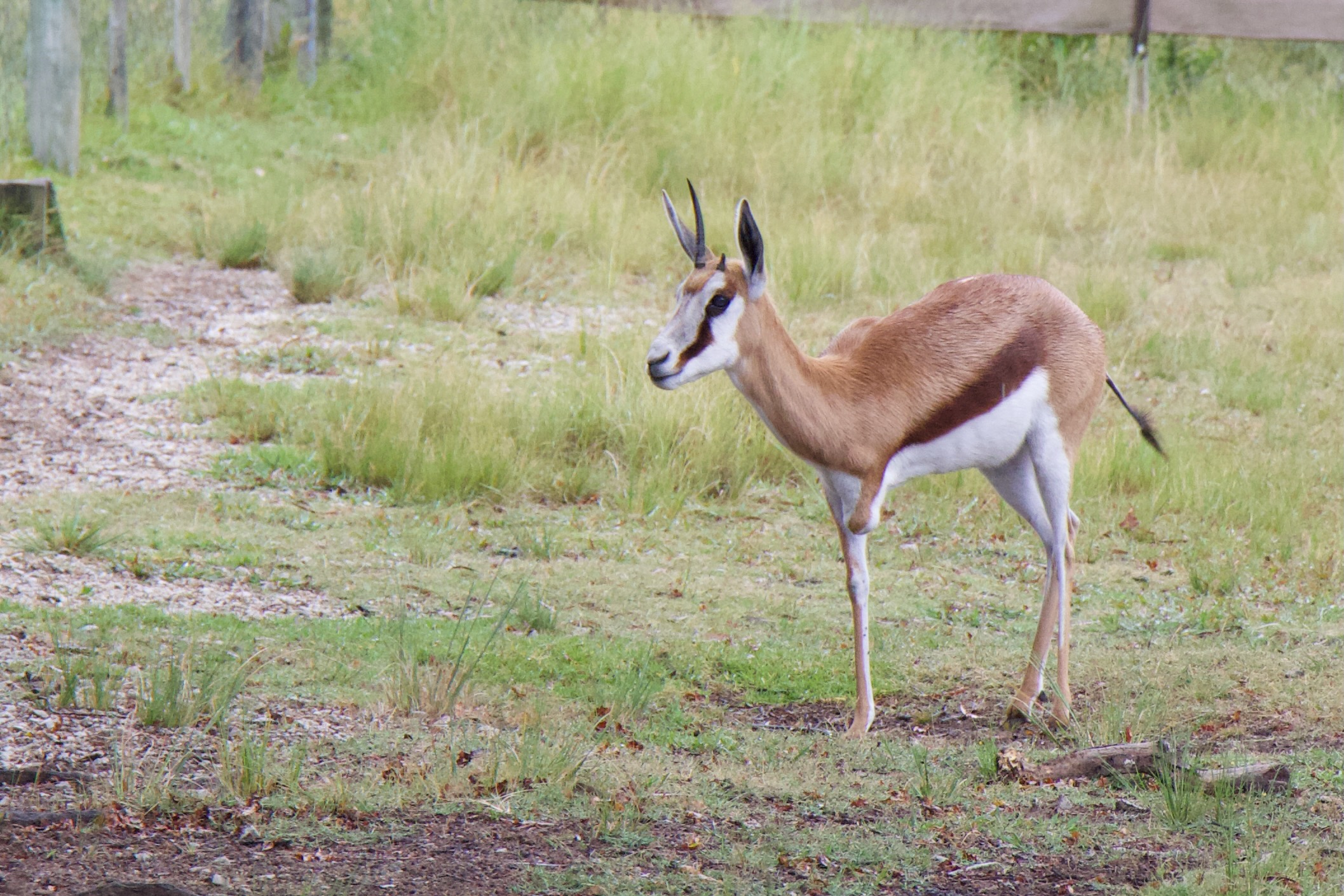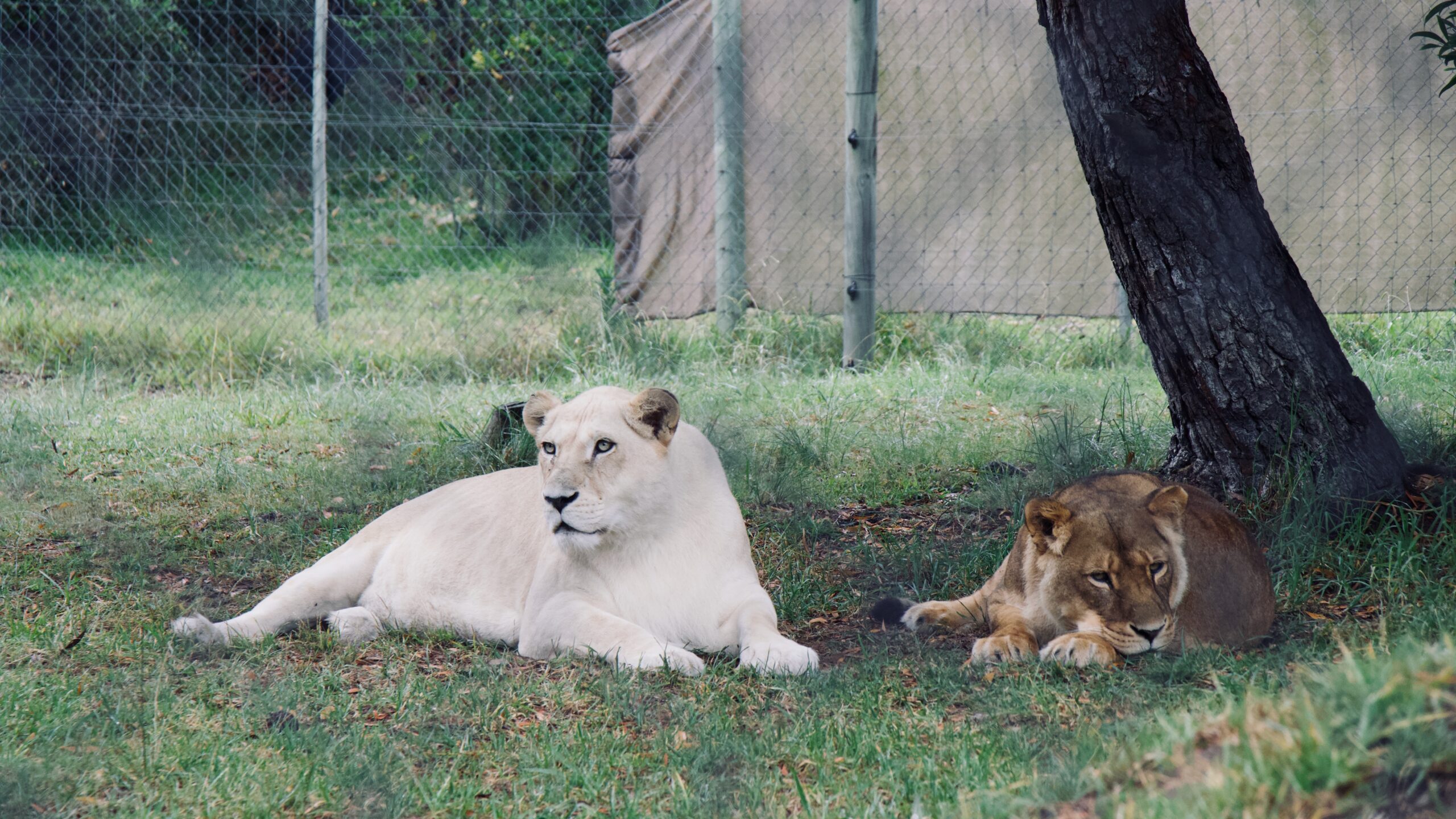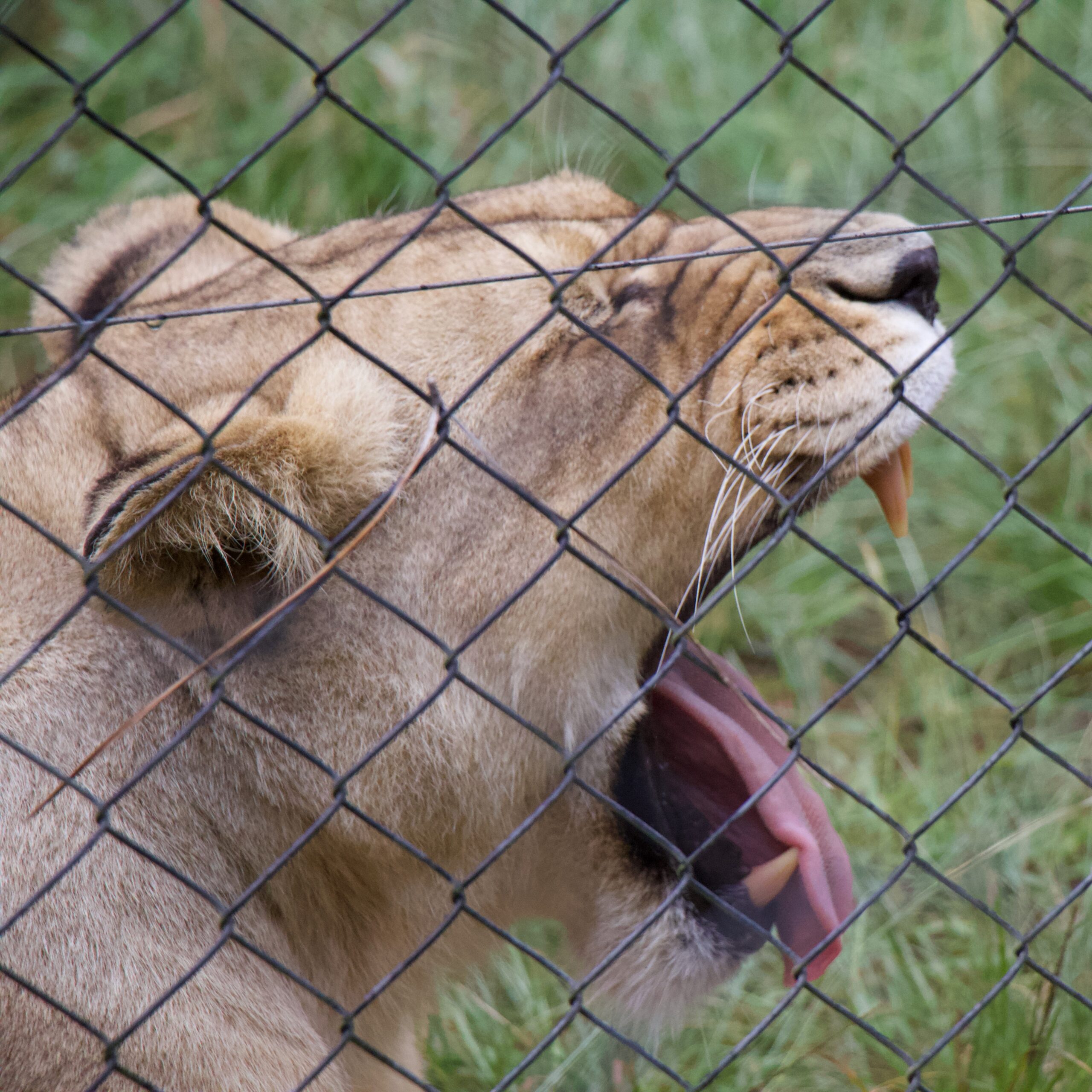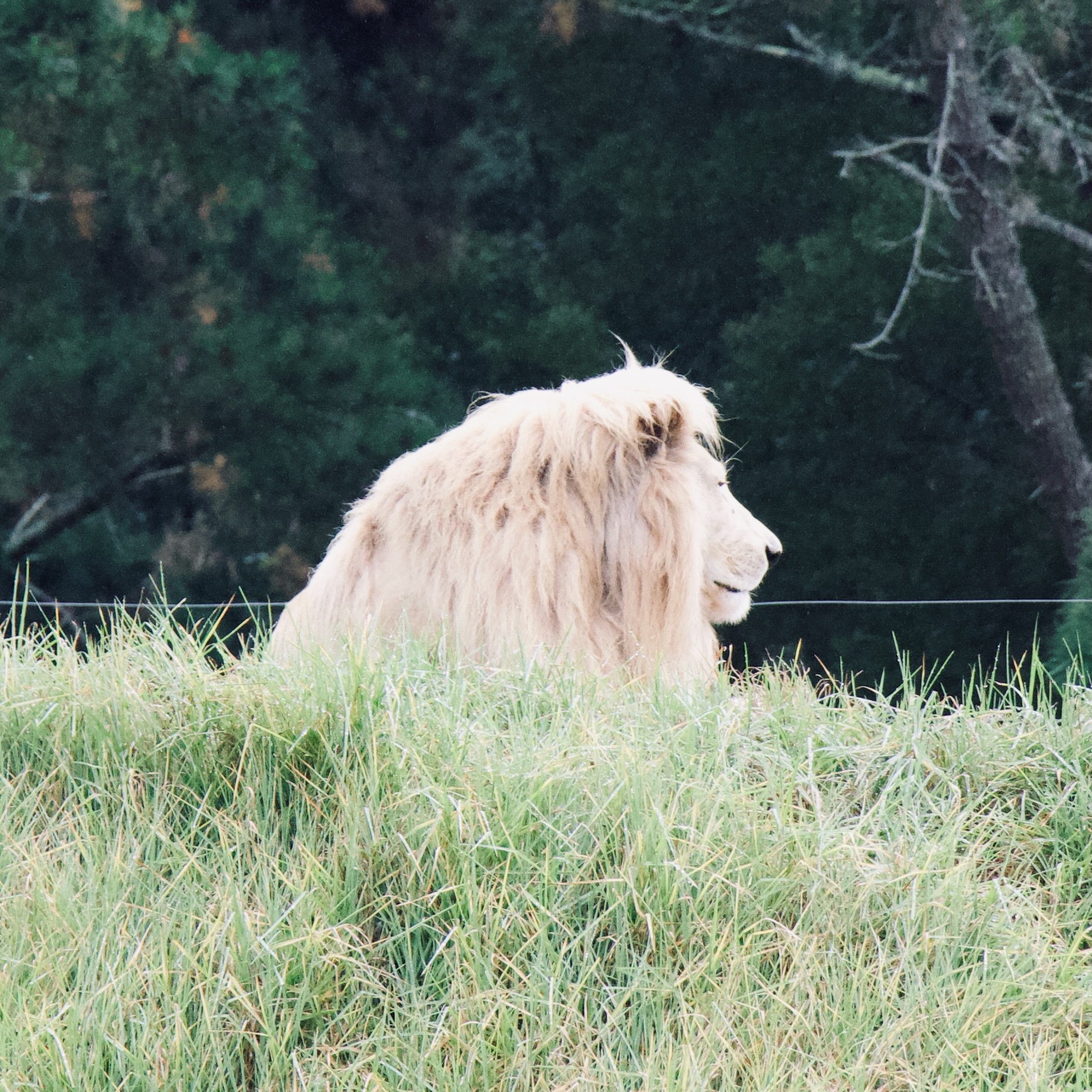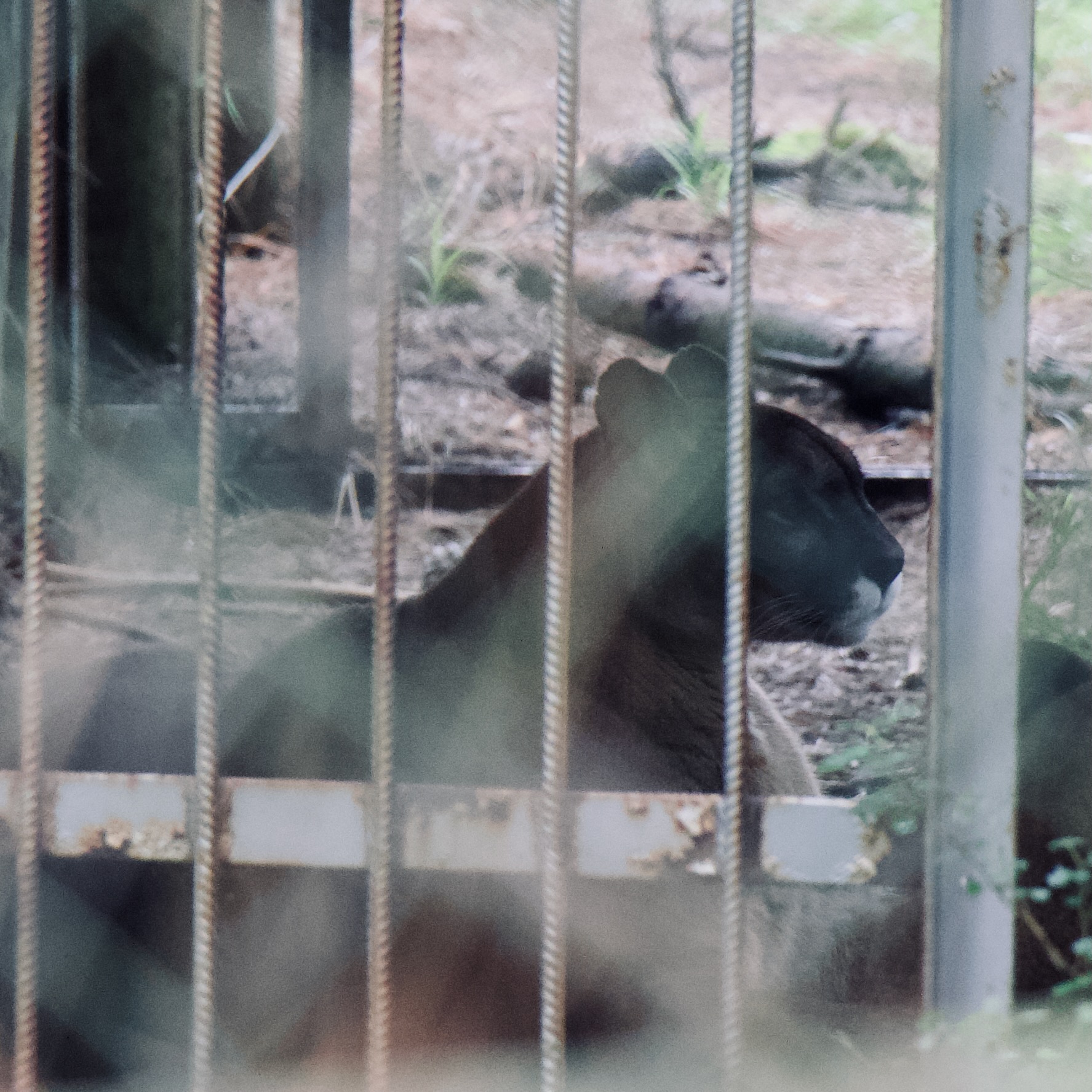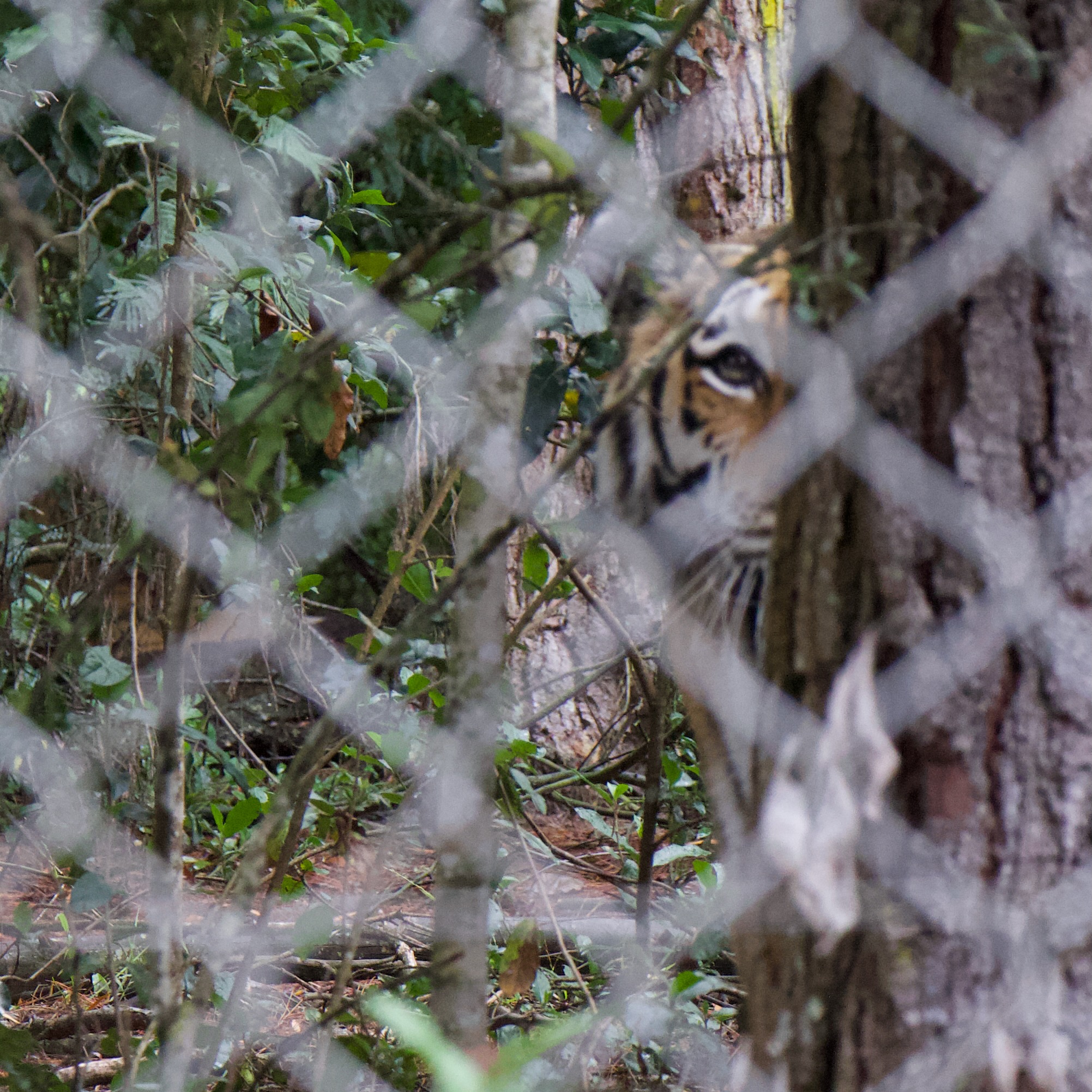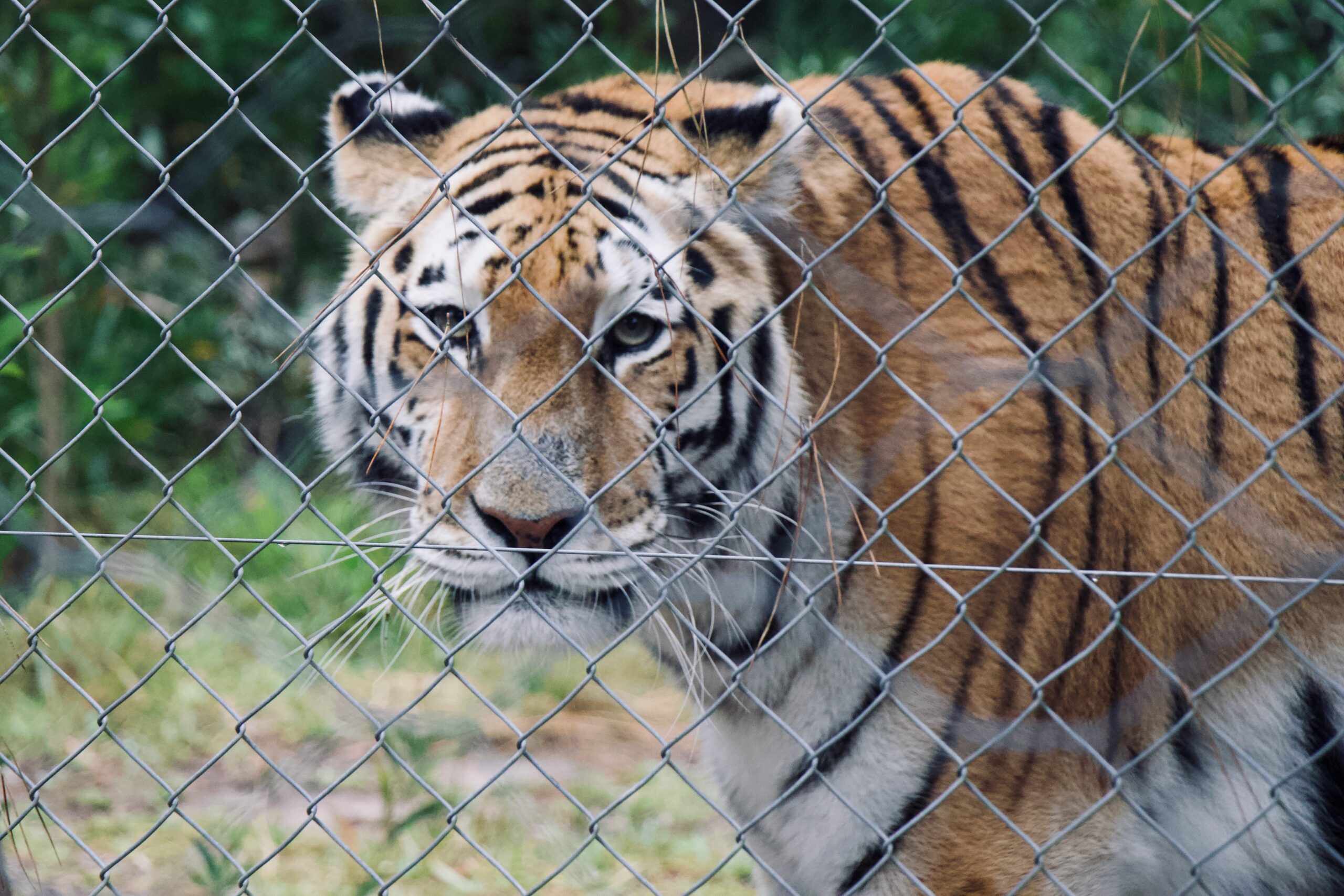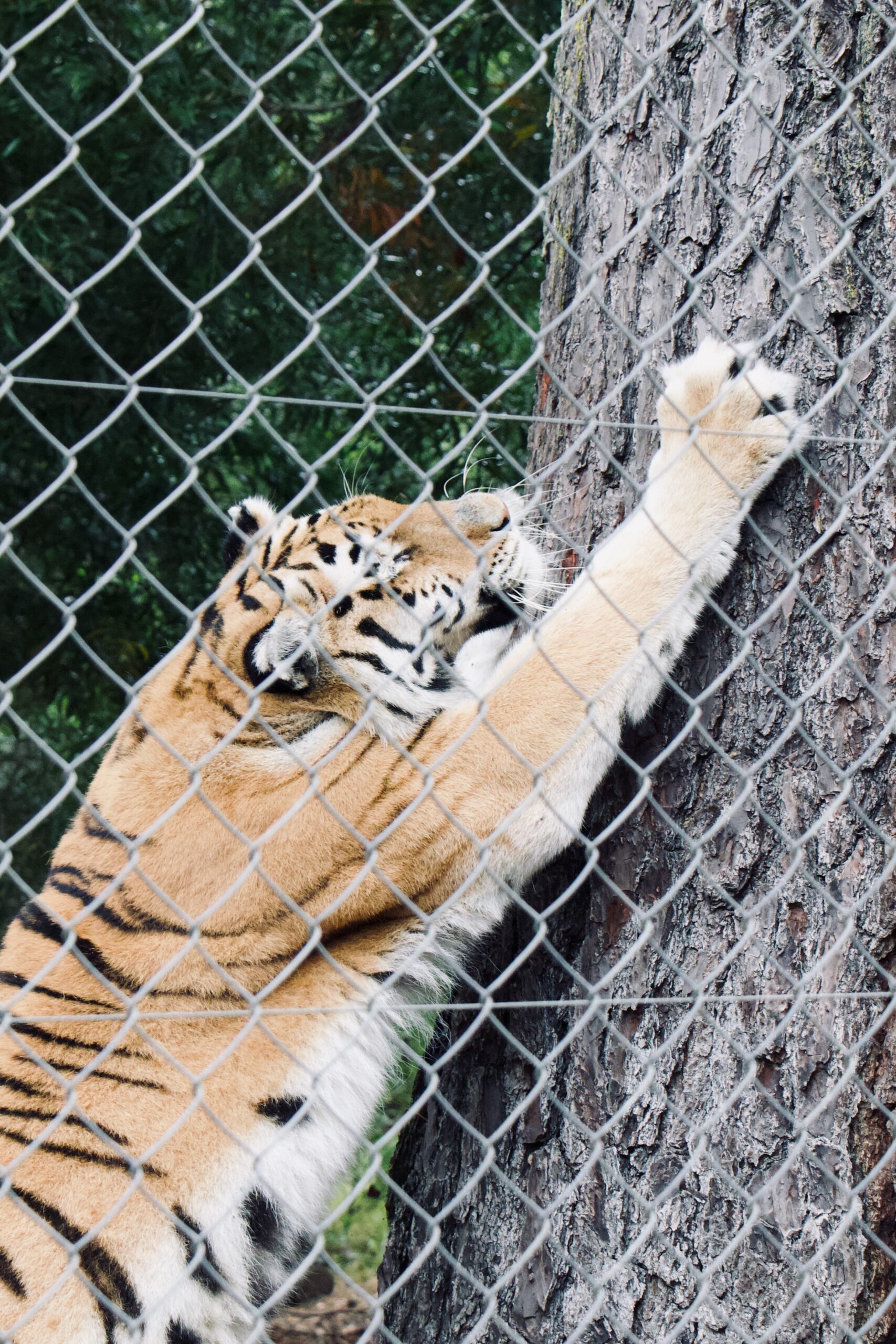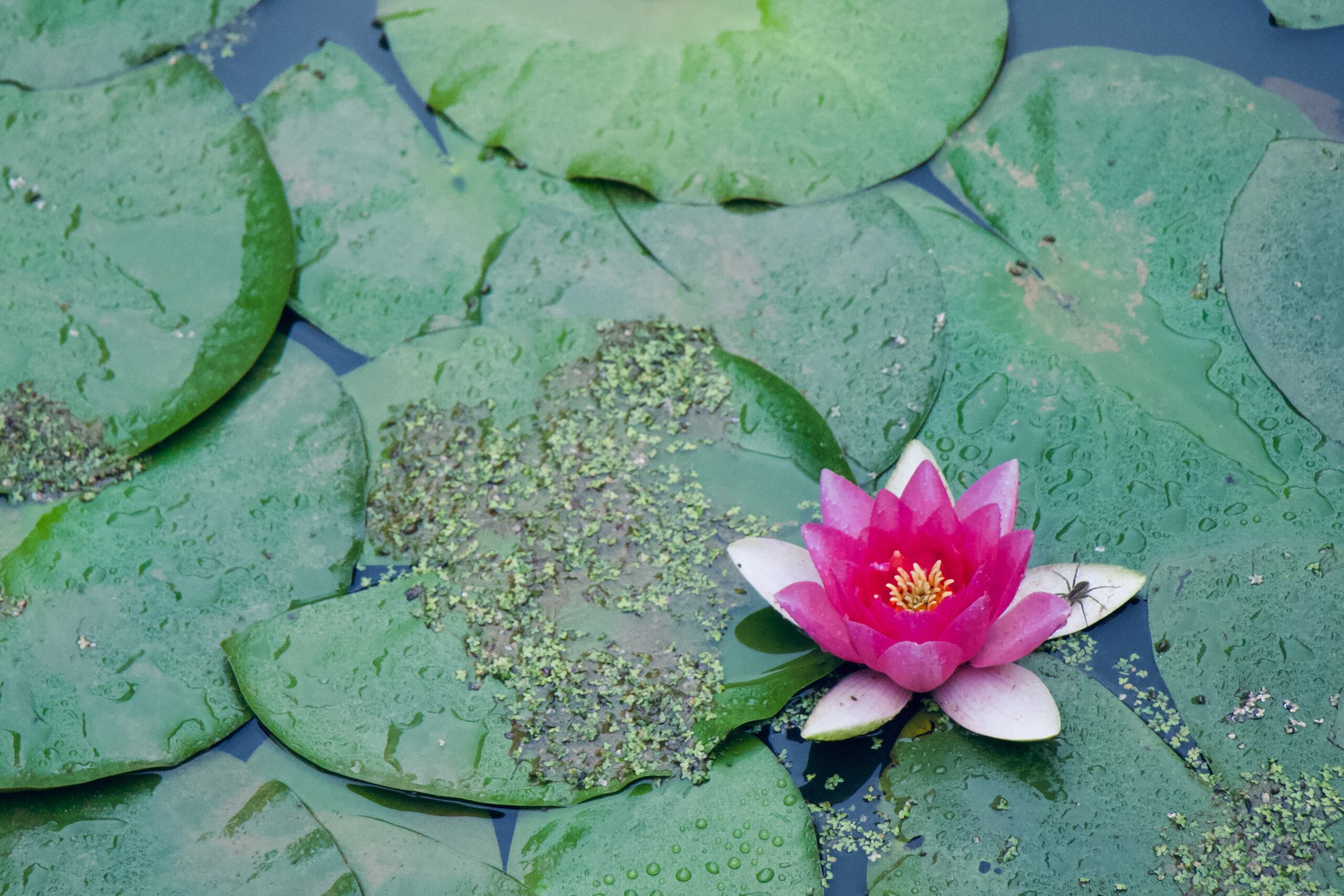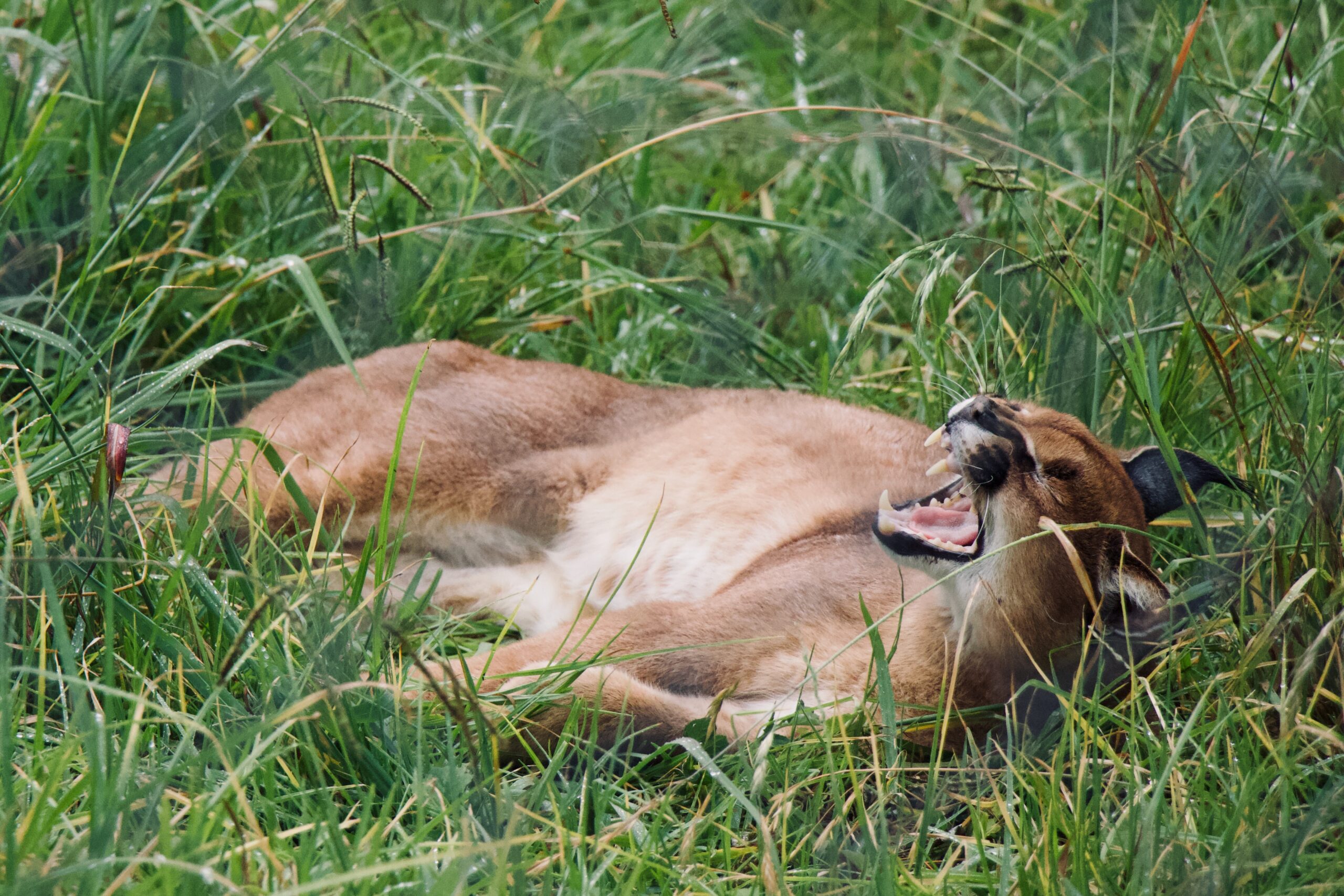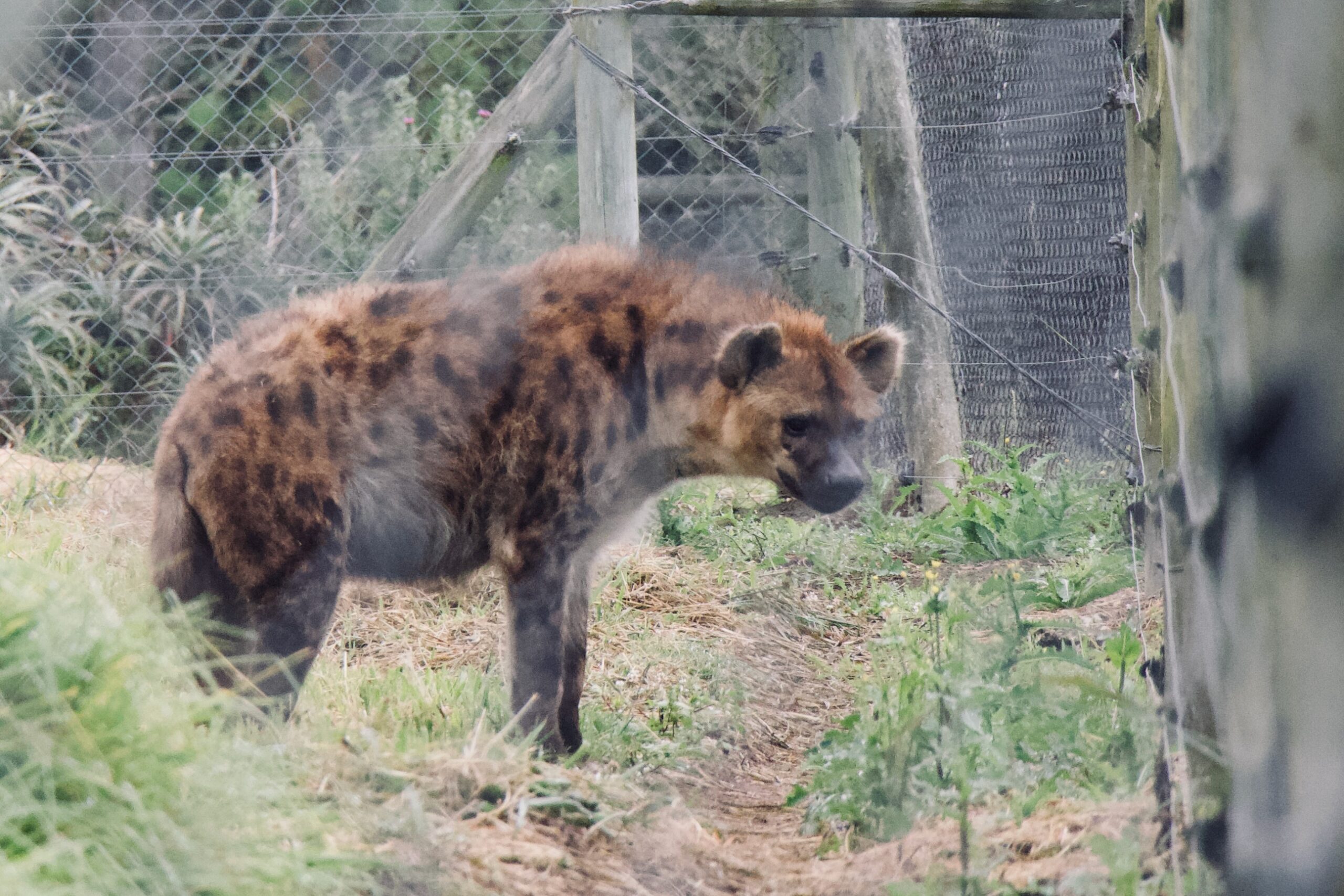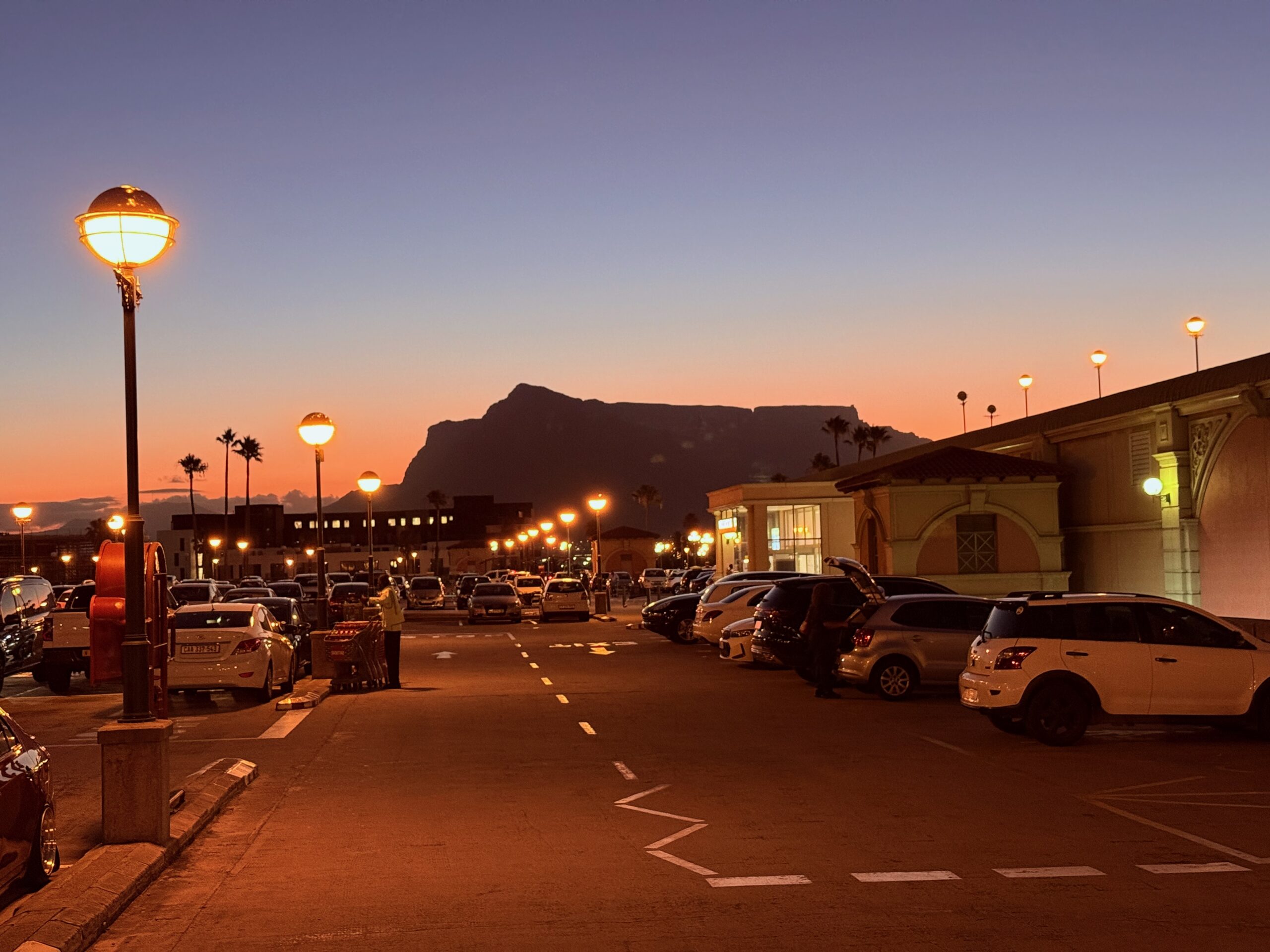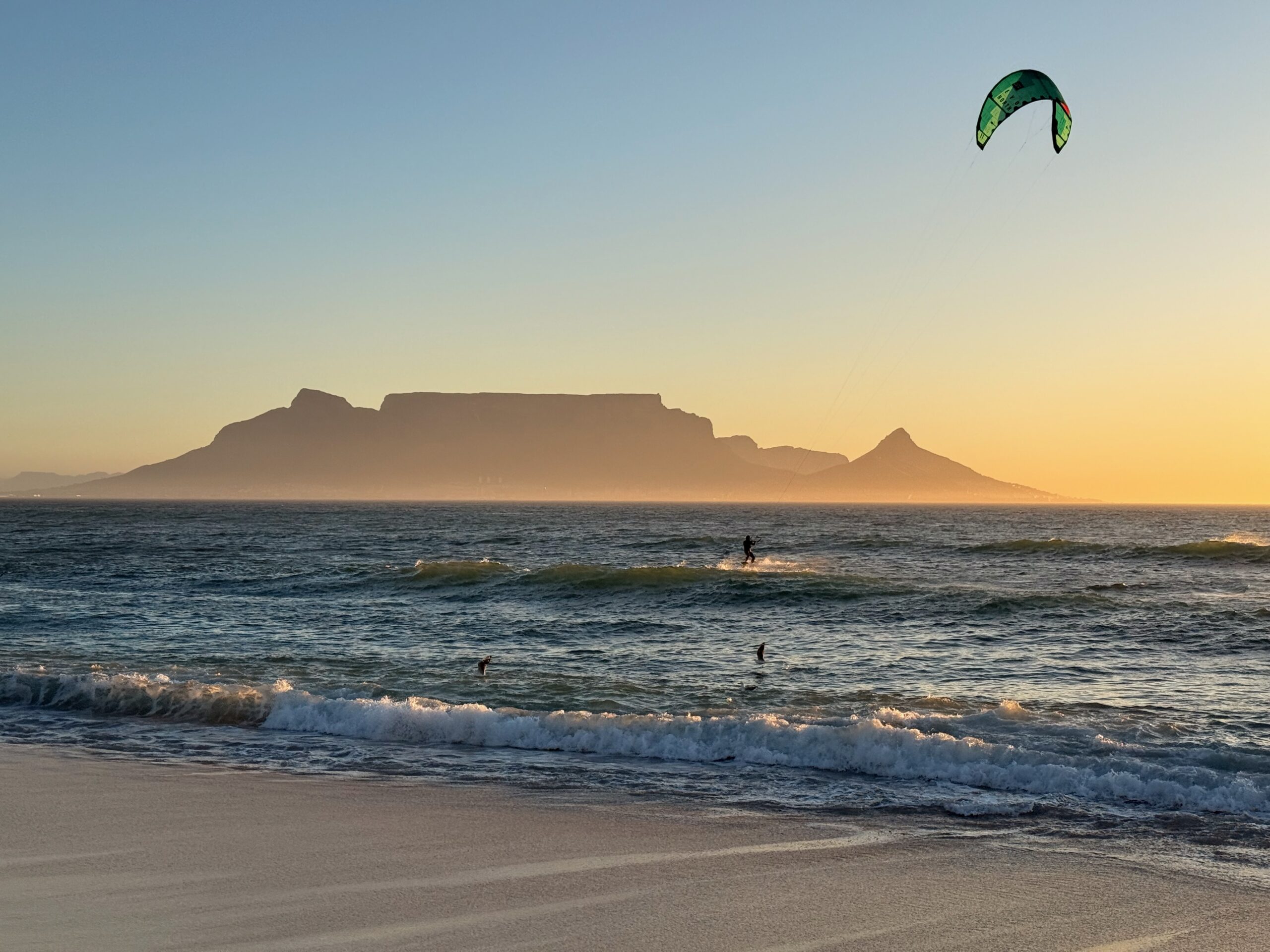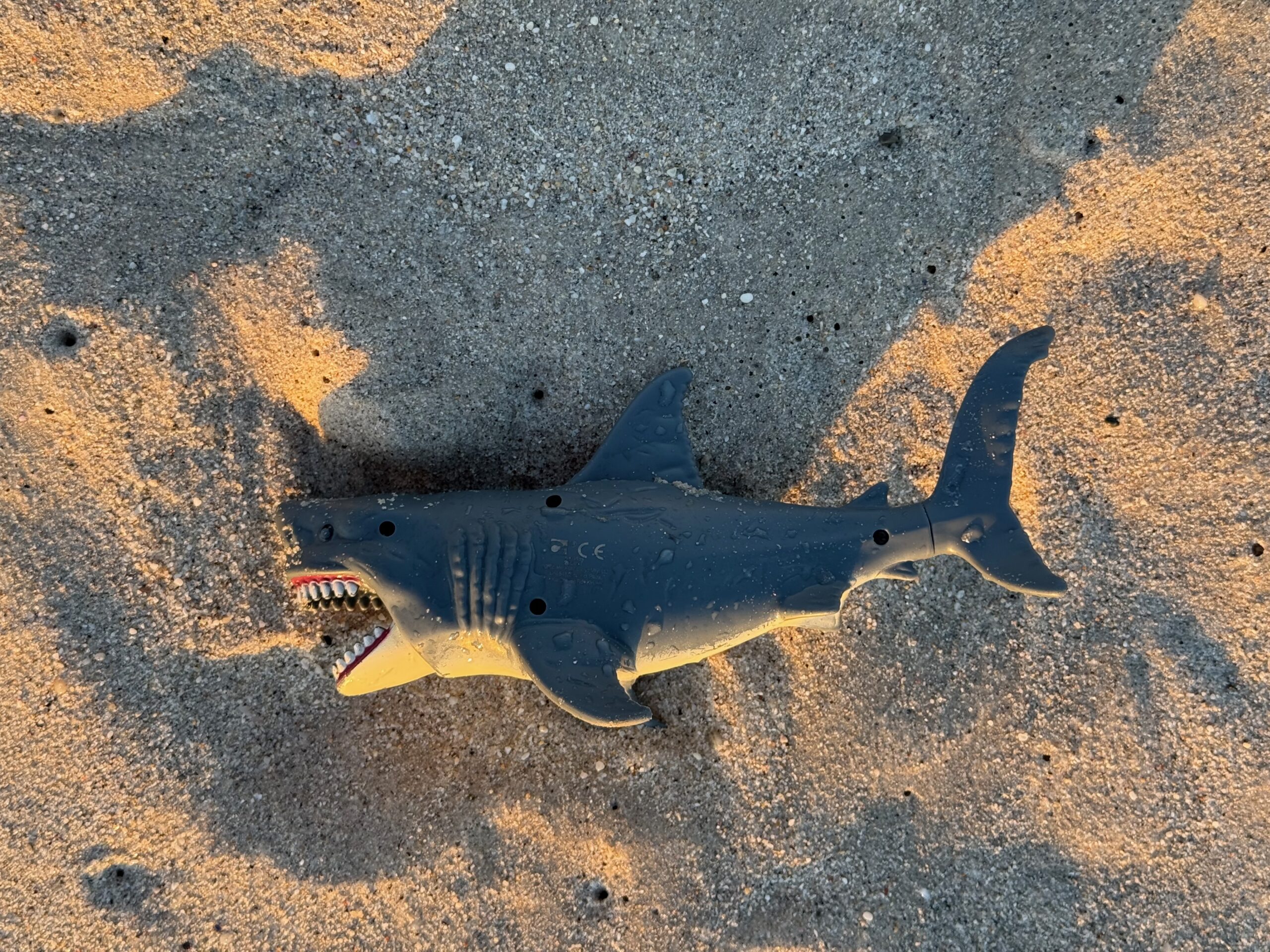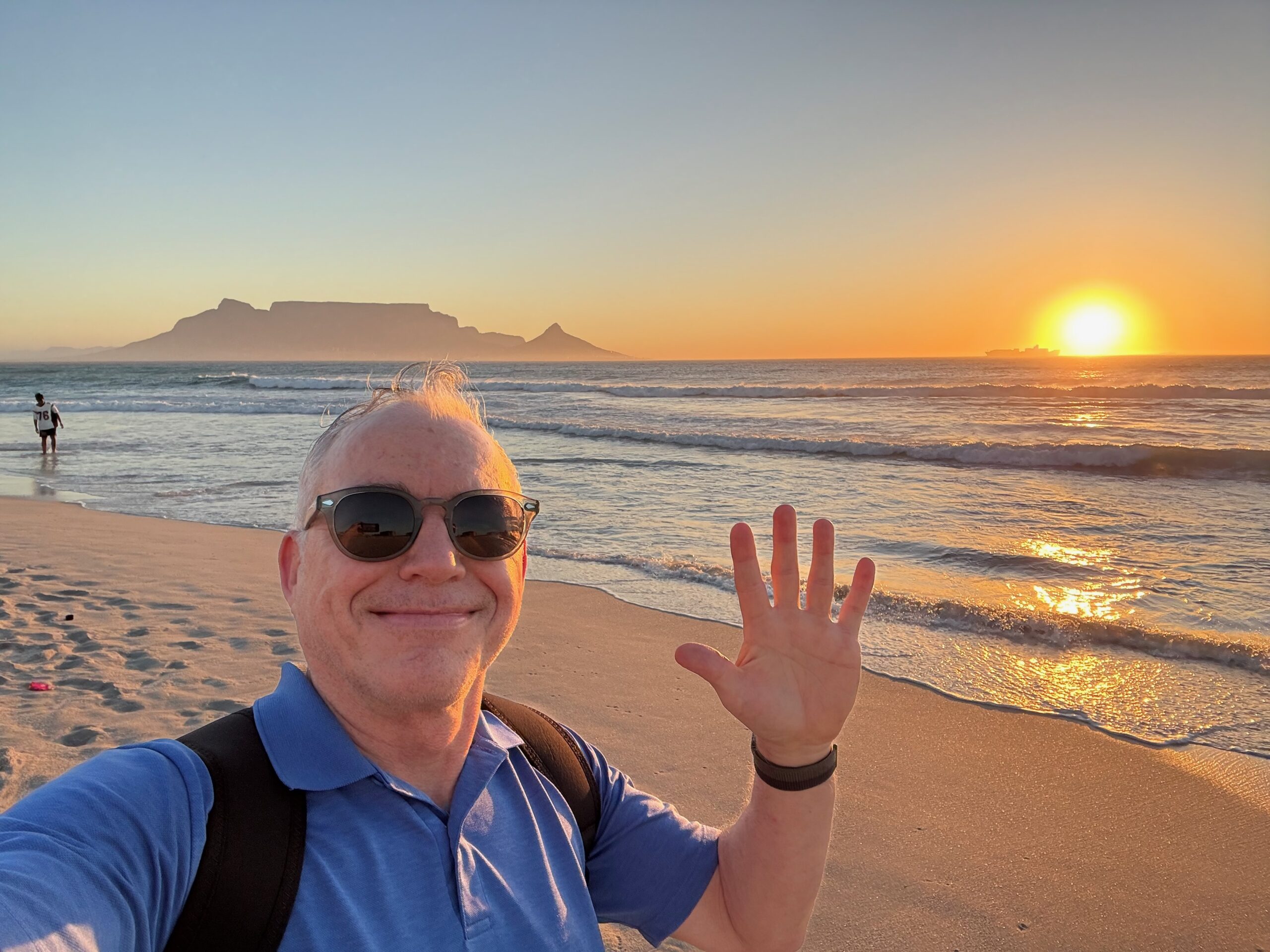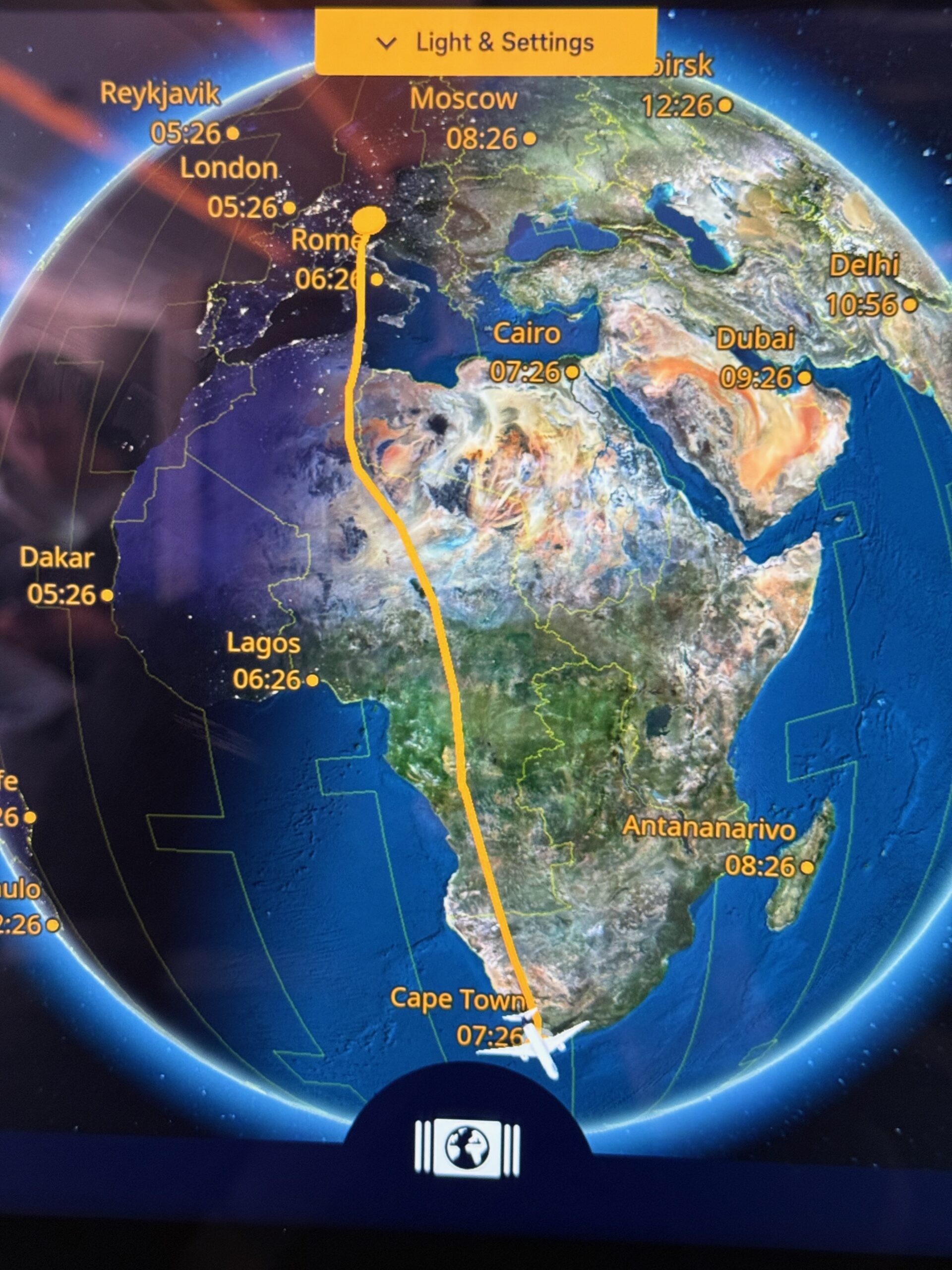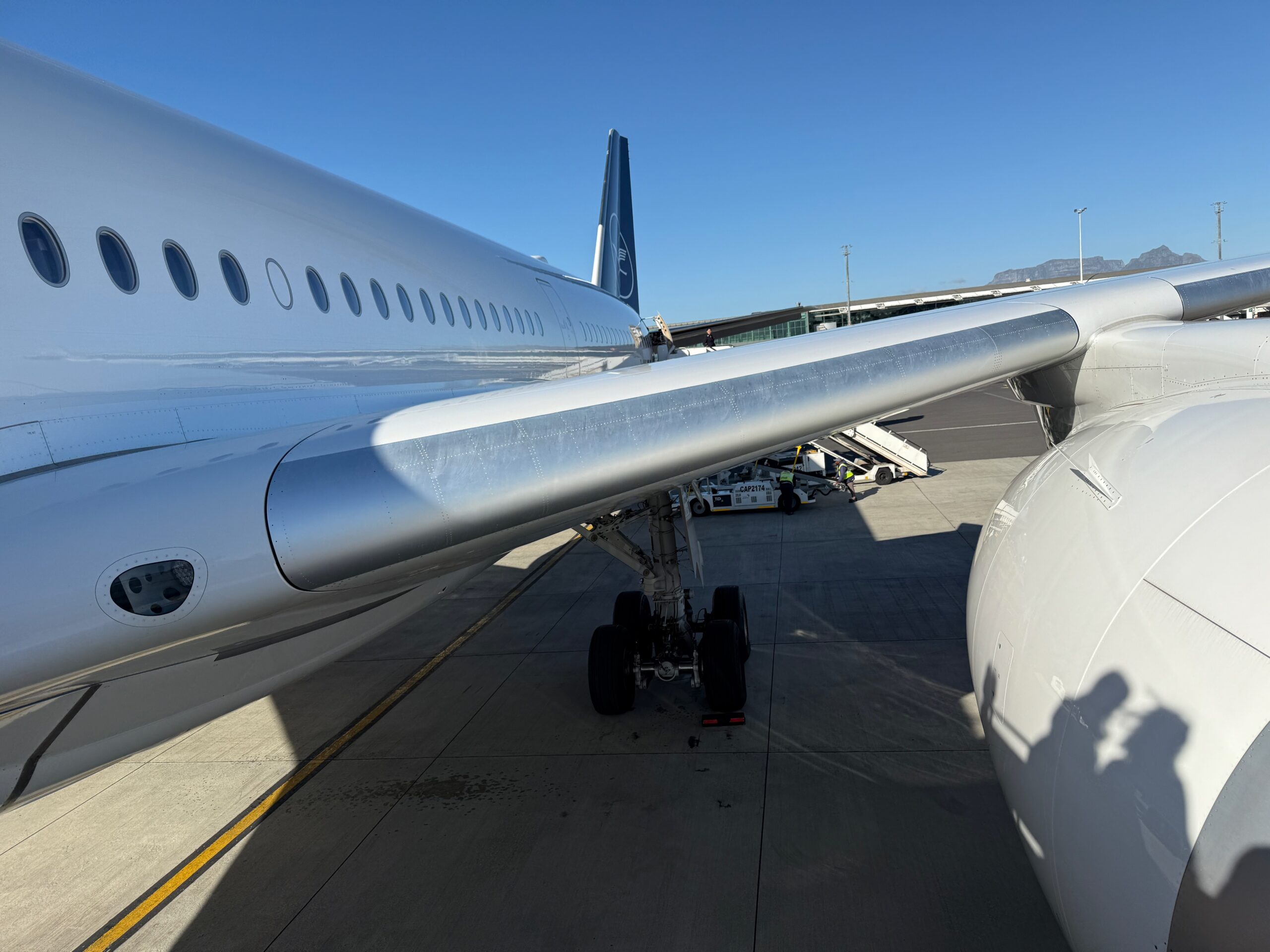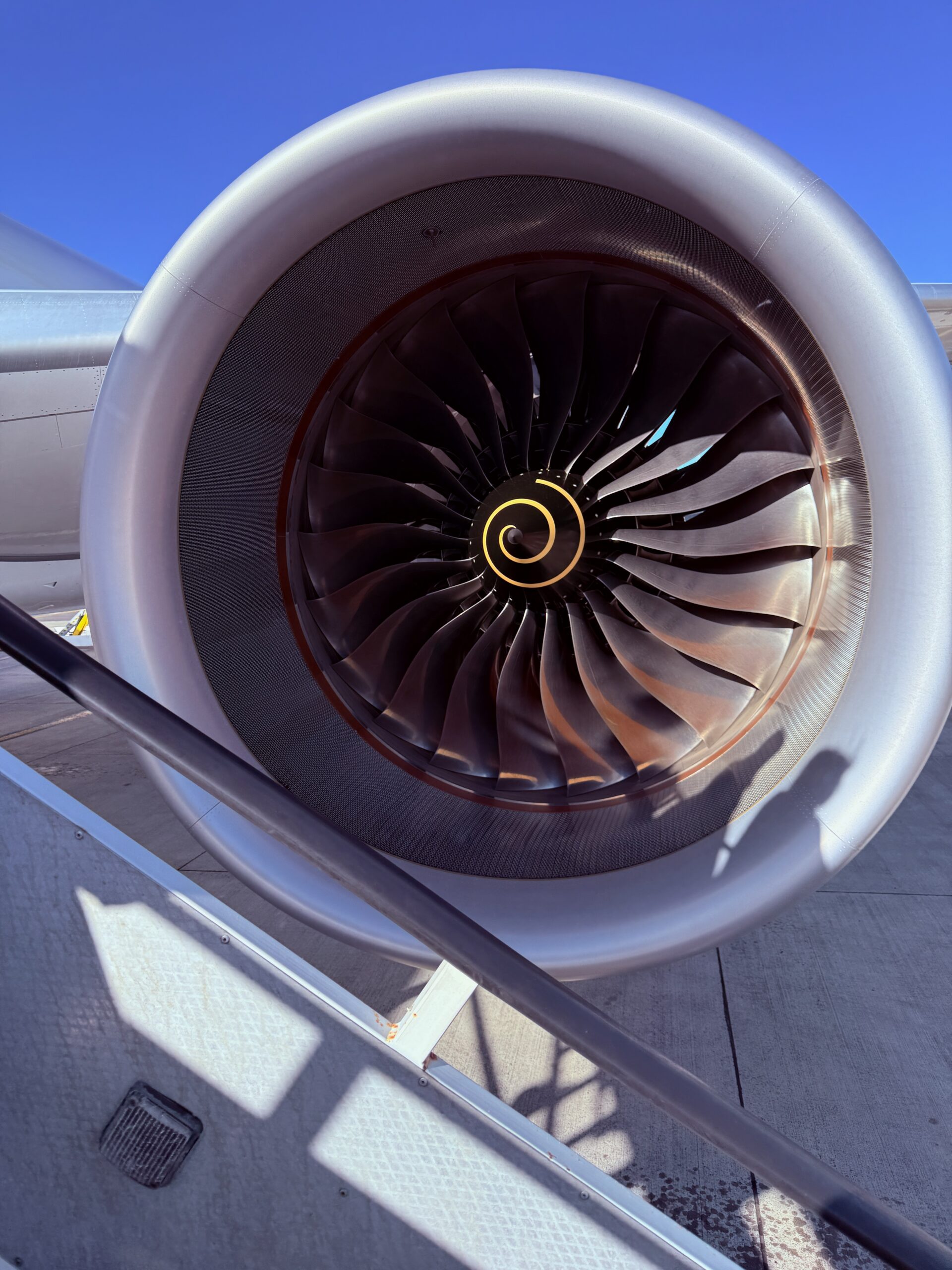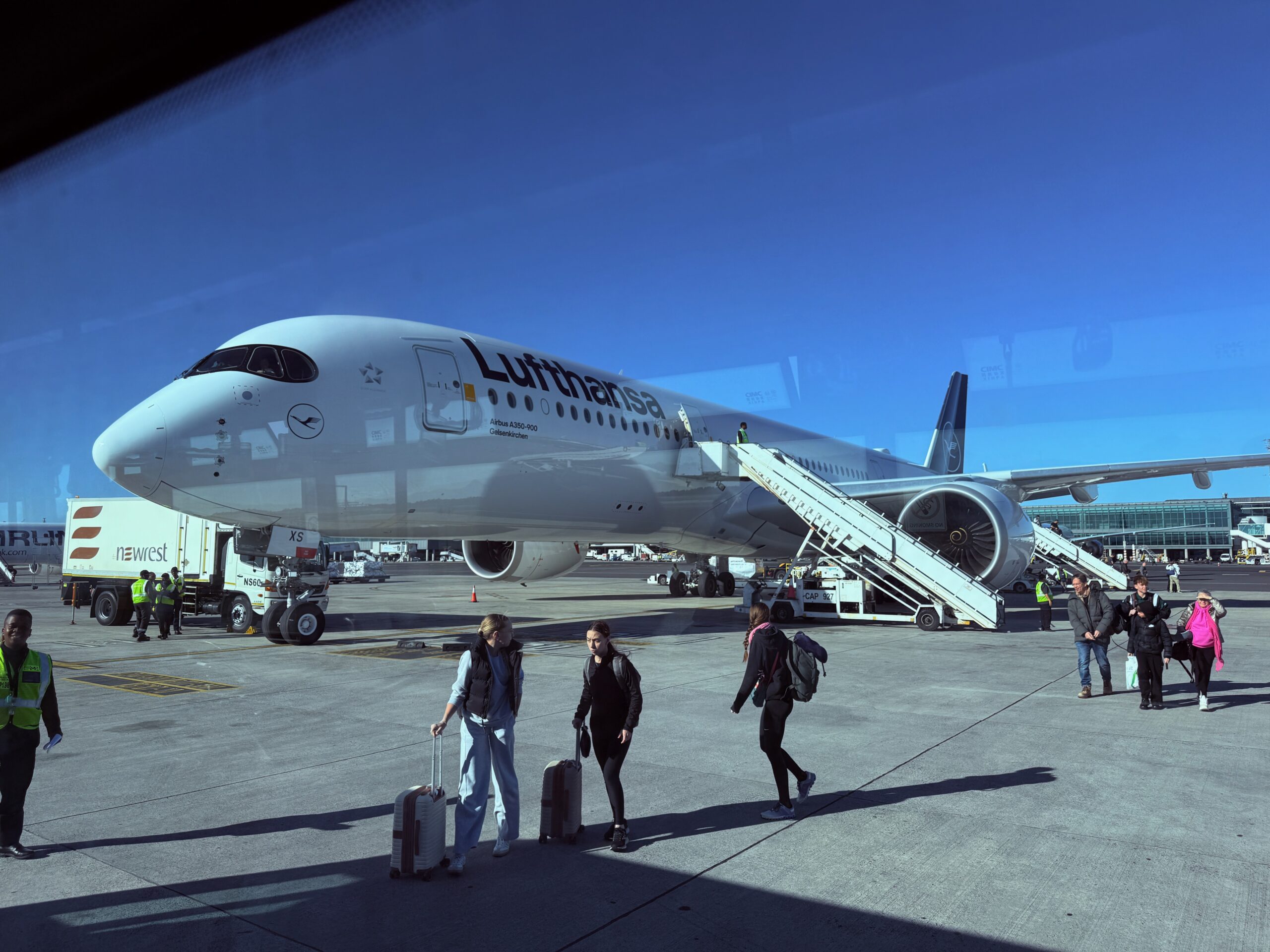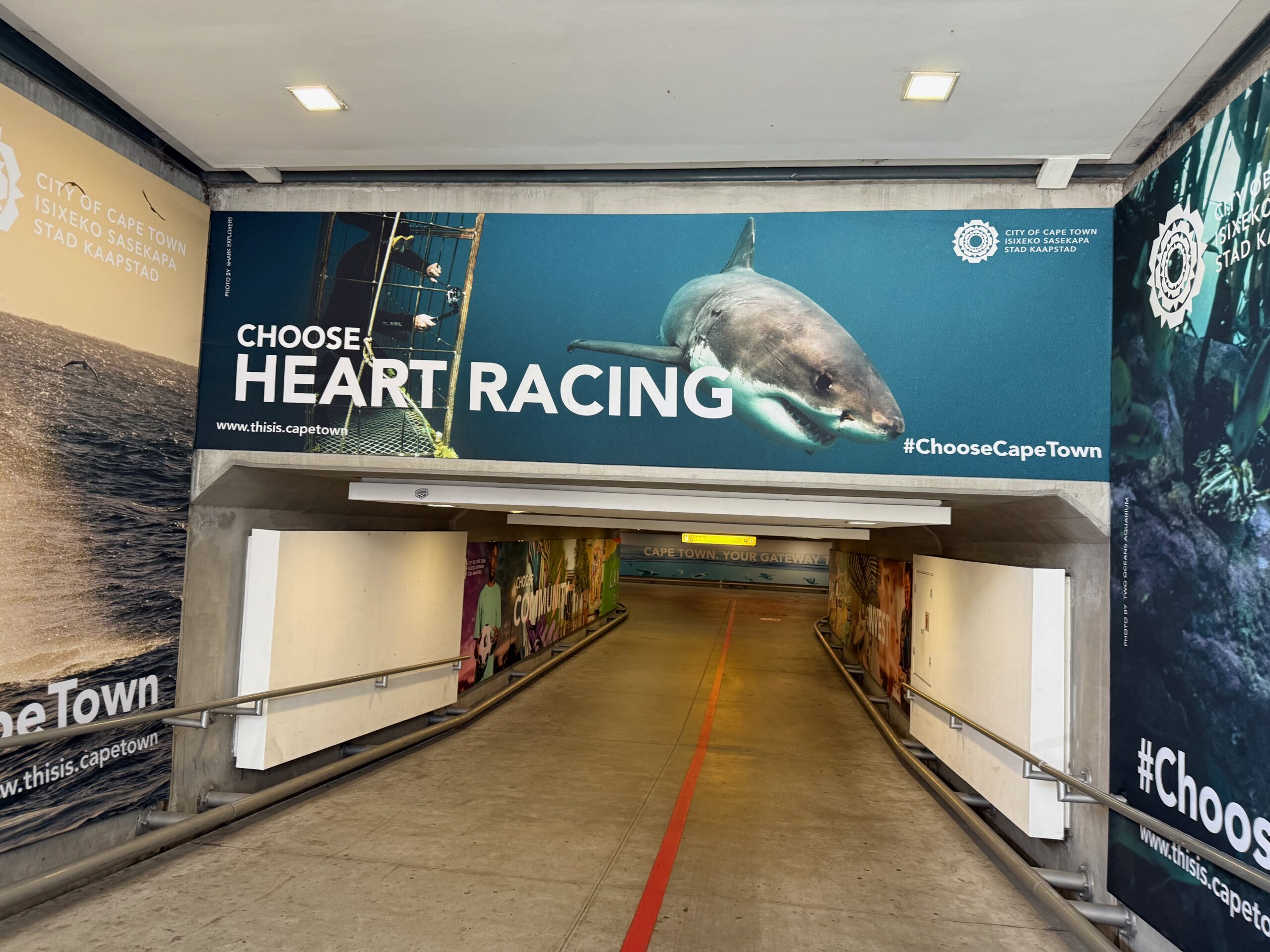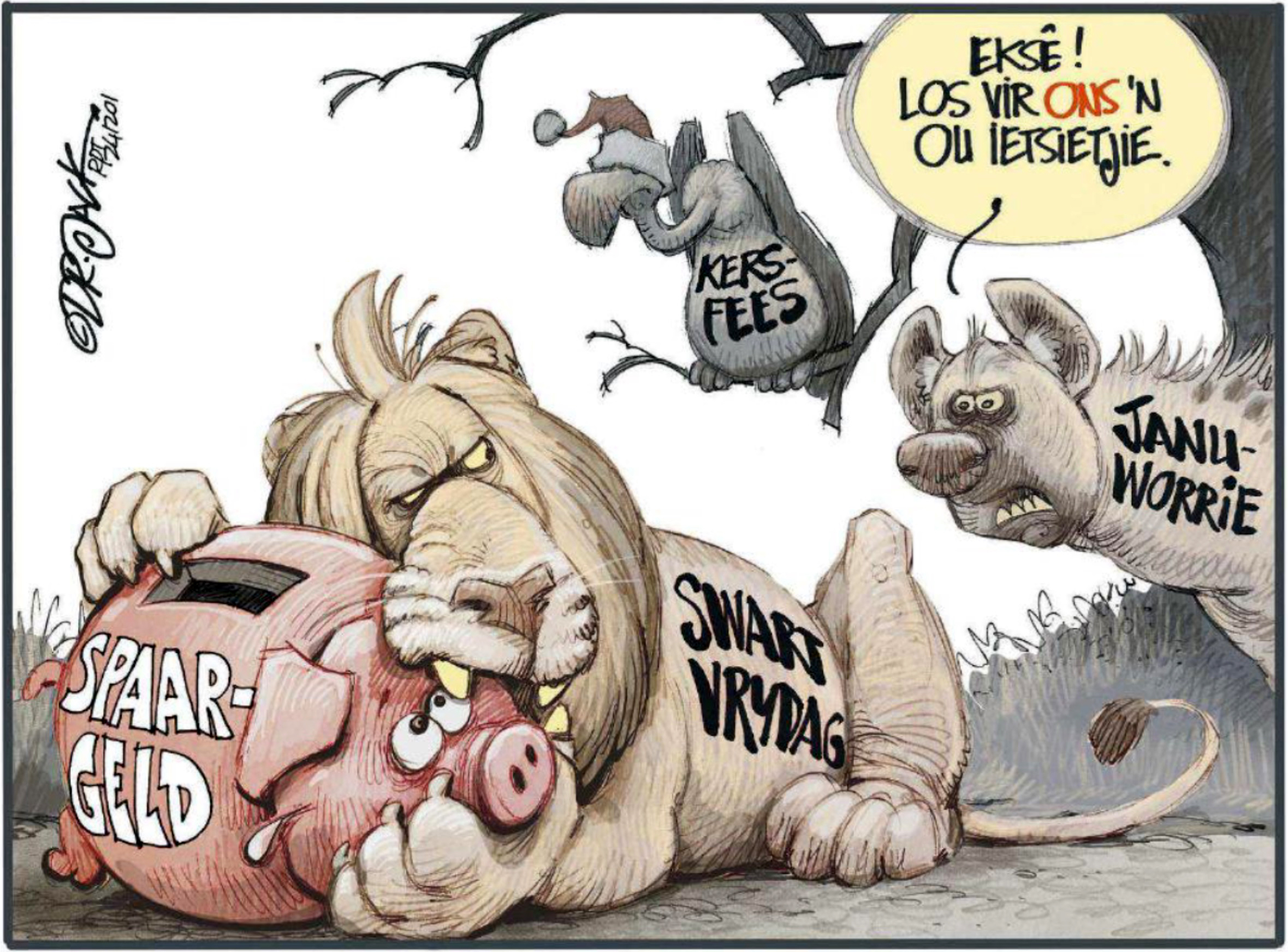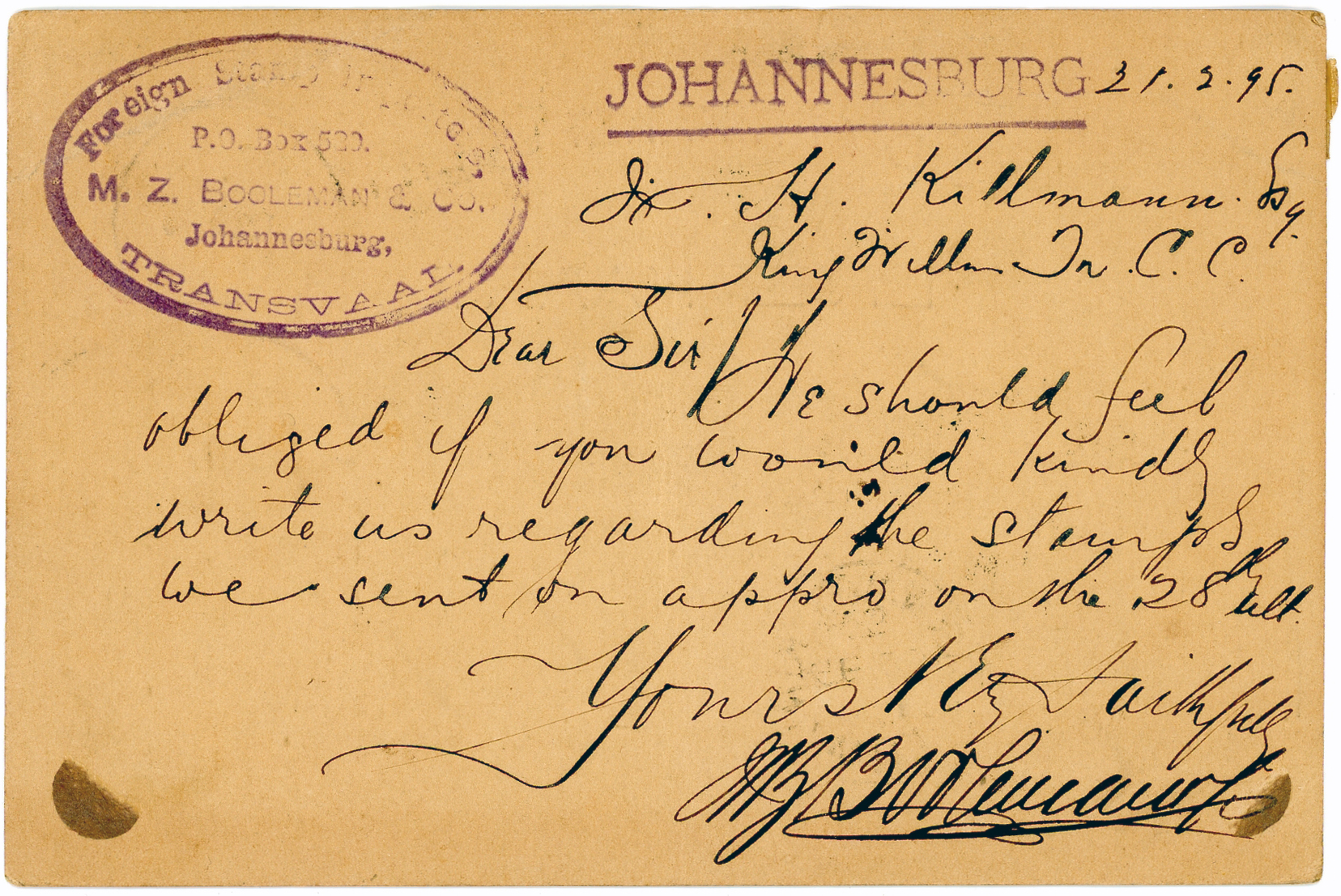Friday/ Jukani wildlife sanctuary
Thursday 
Here is a selection of photos du jour.
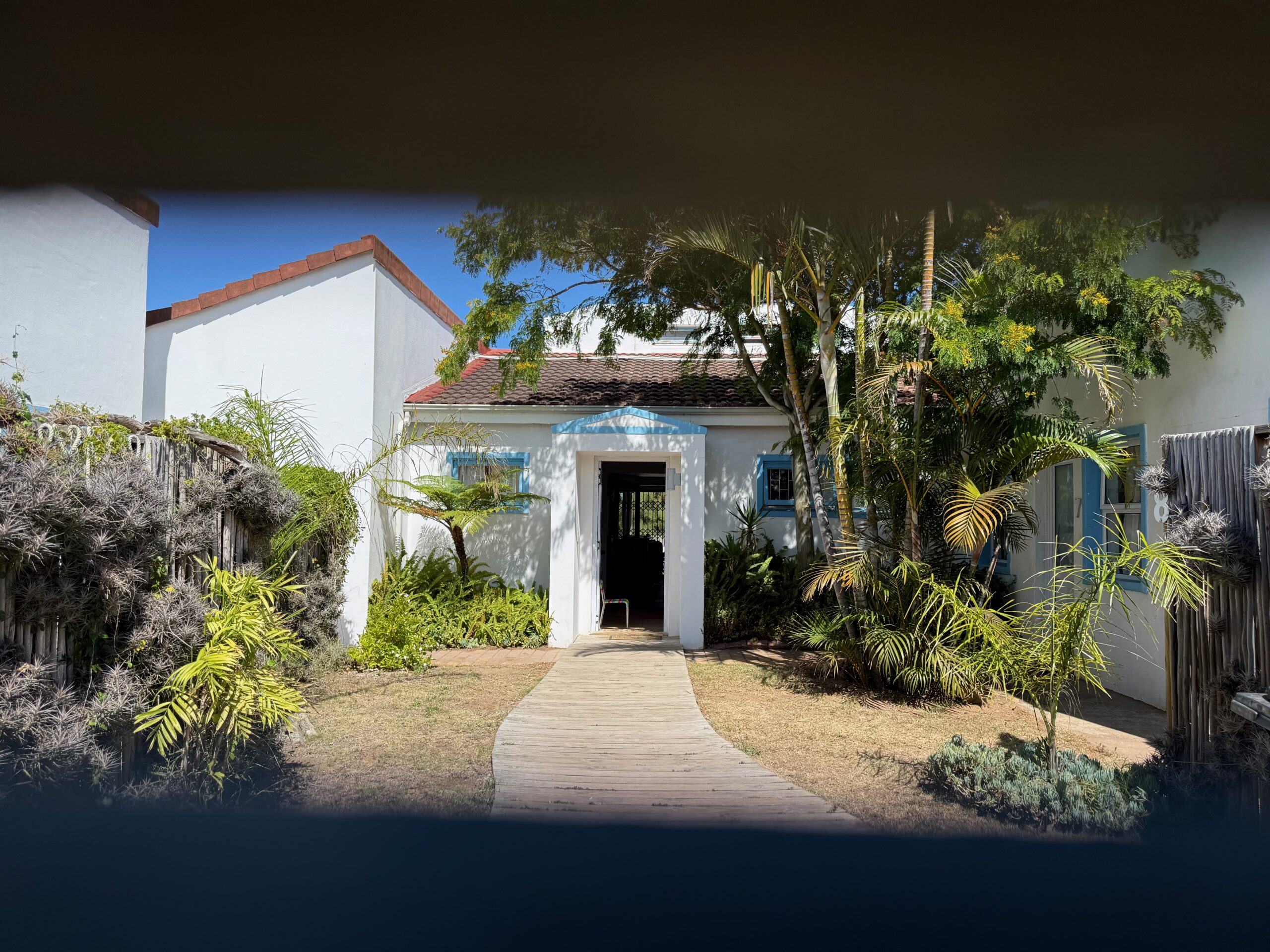
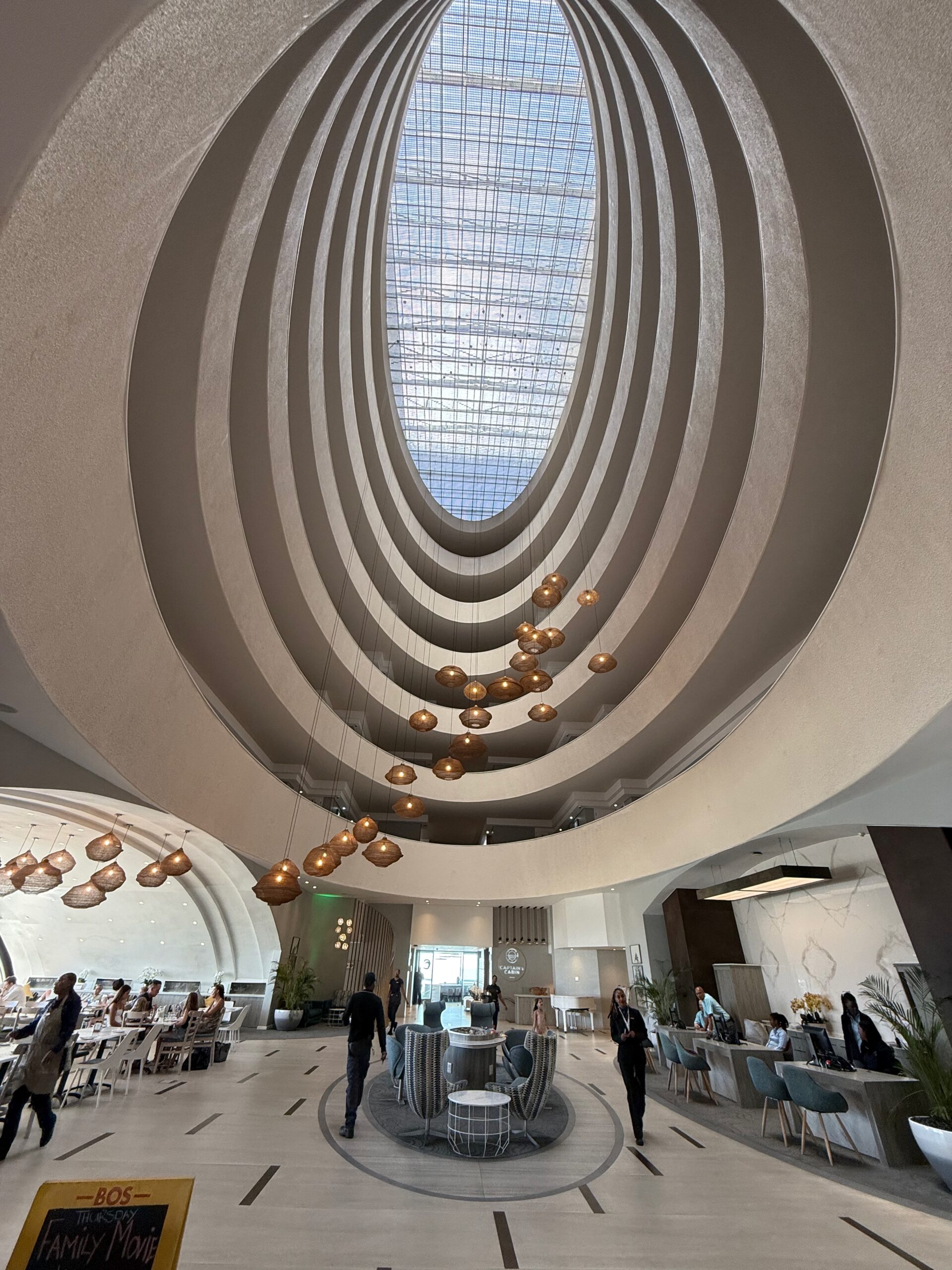
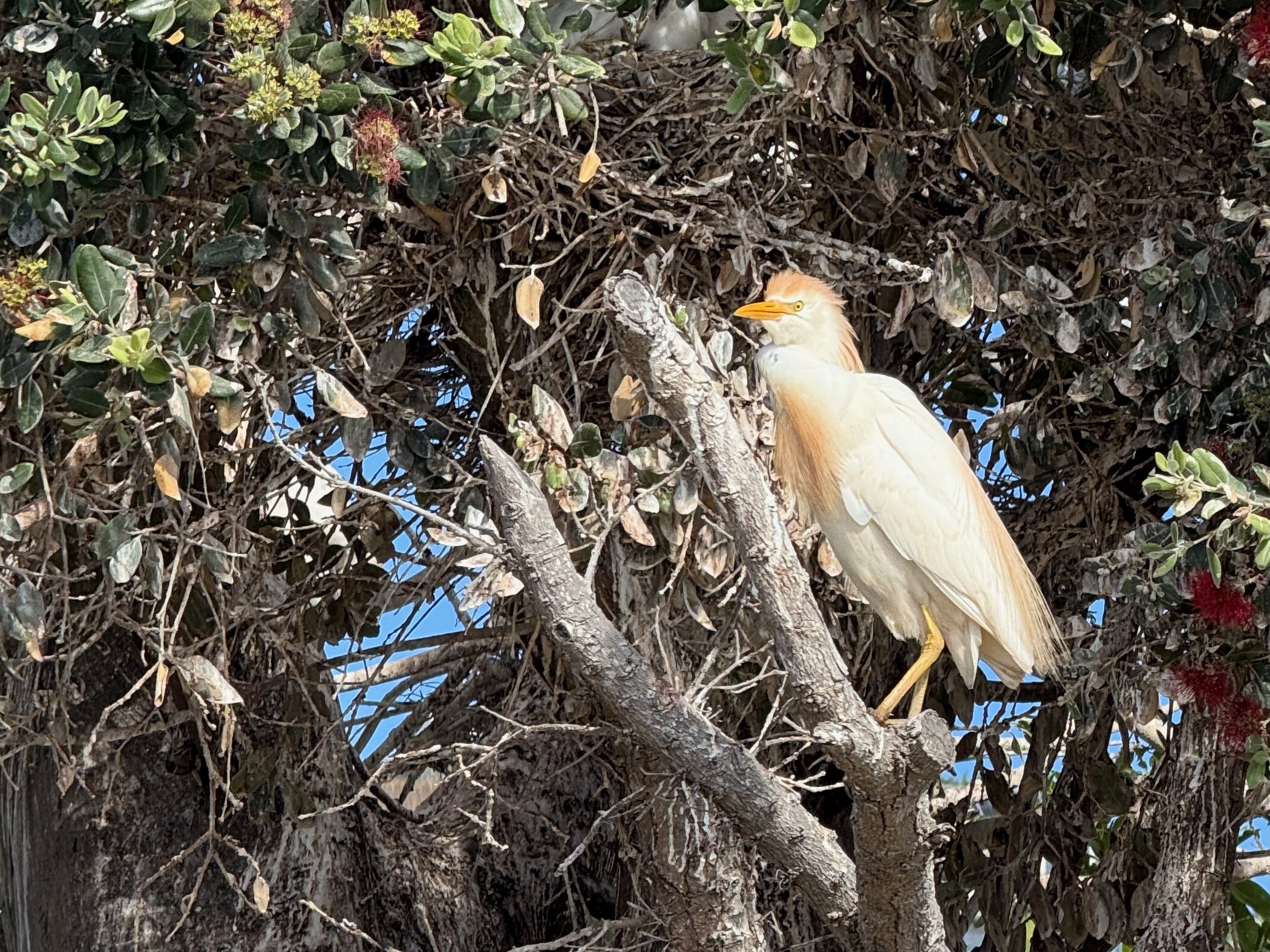
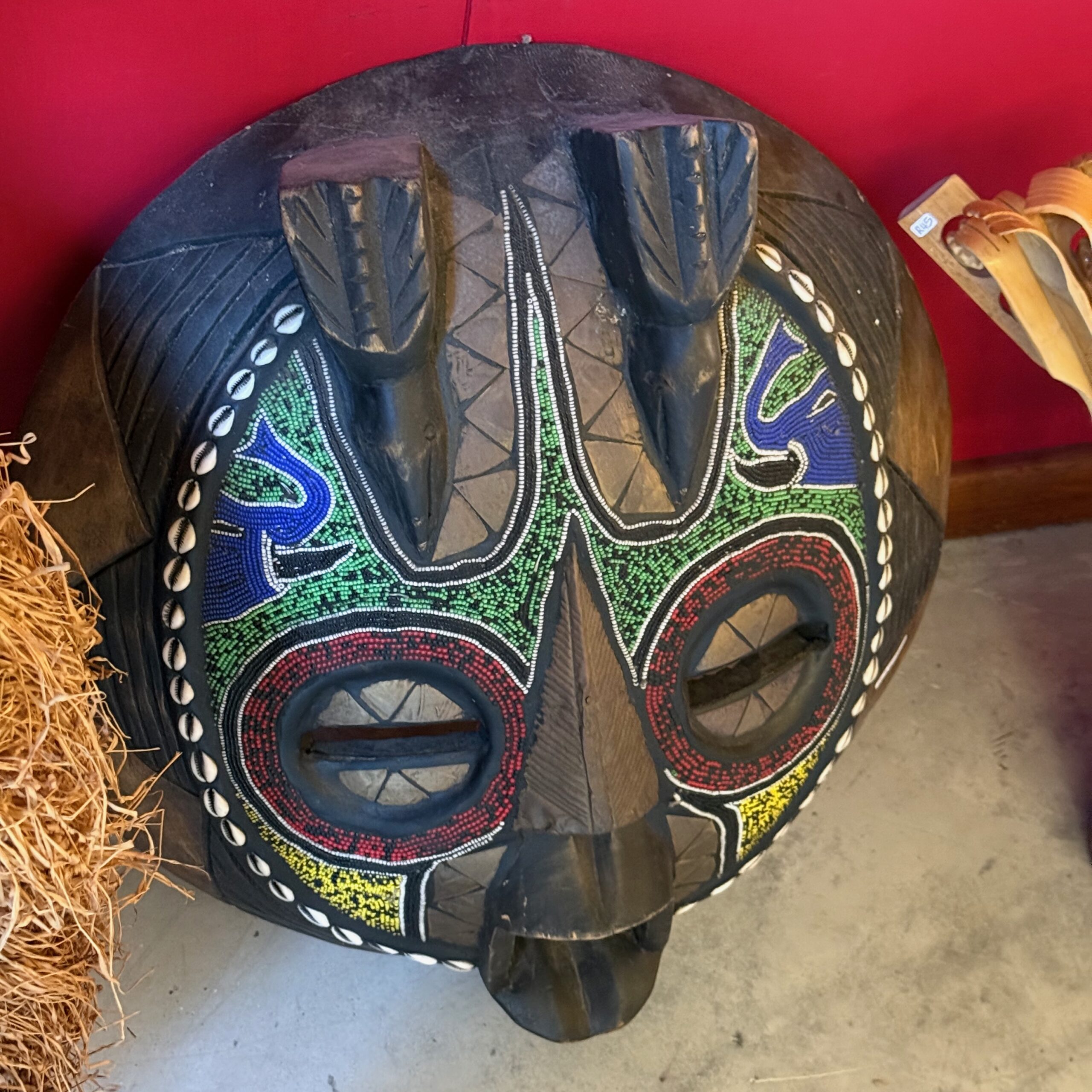
Tuesday/ Robberg Beach 
My friends and I went for a walk on Robberg beach this morning, and for a very pleasant swim in the Indian Ocean.
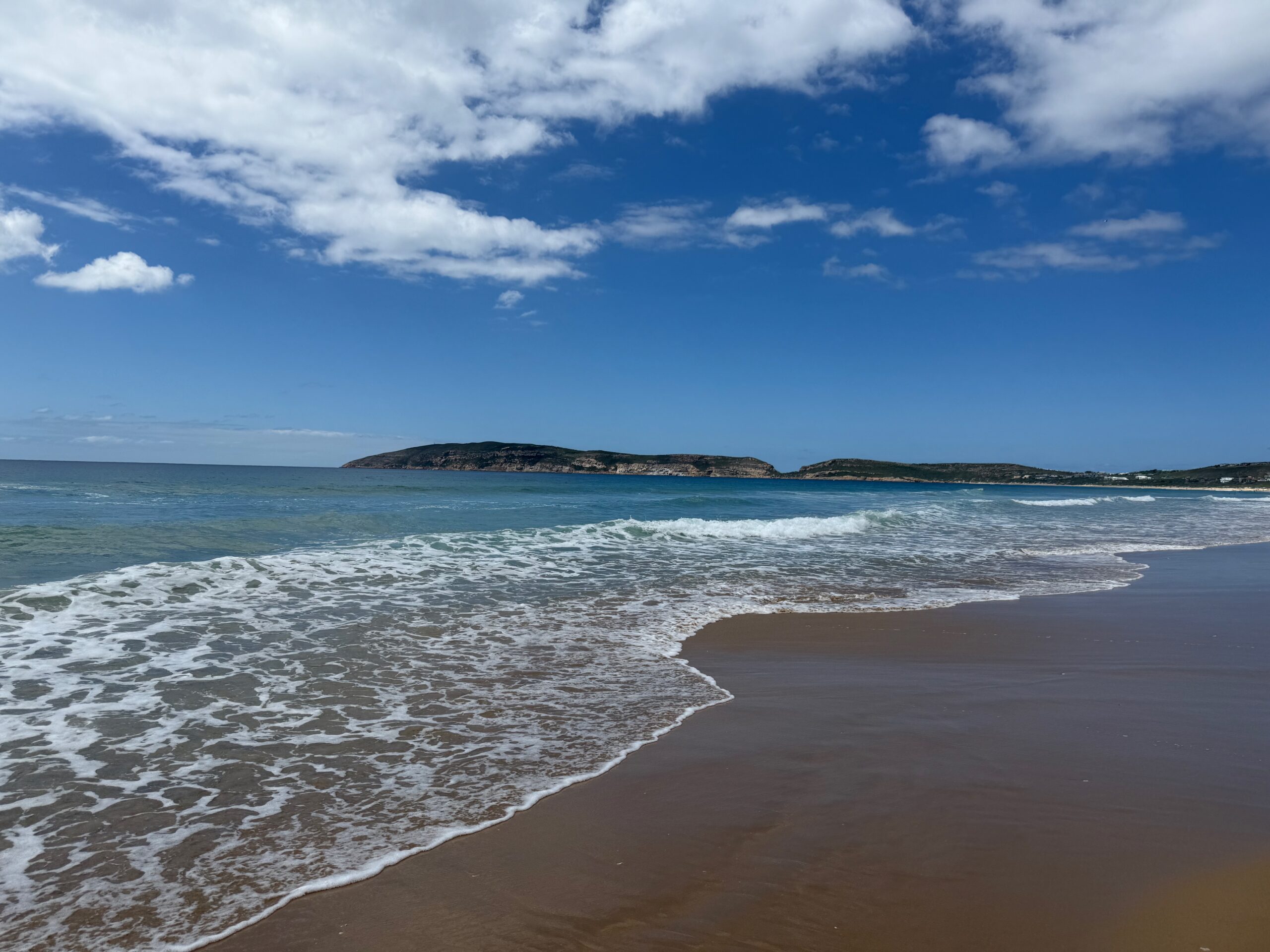
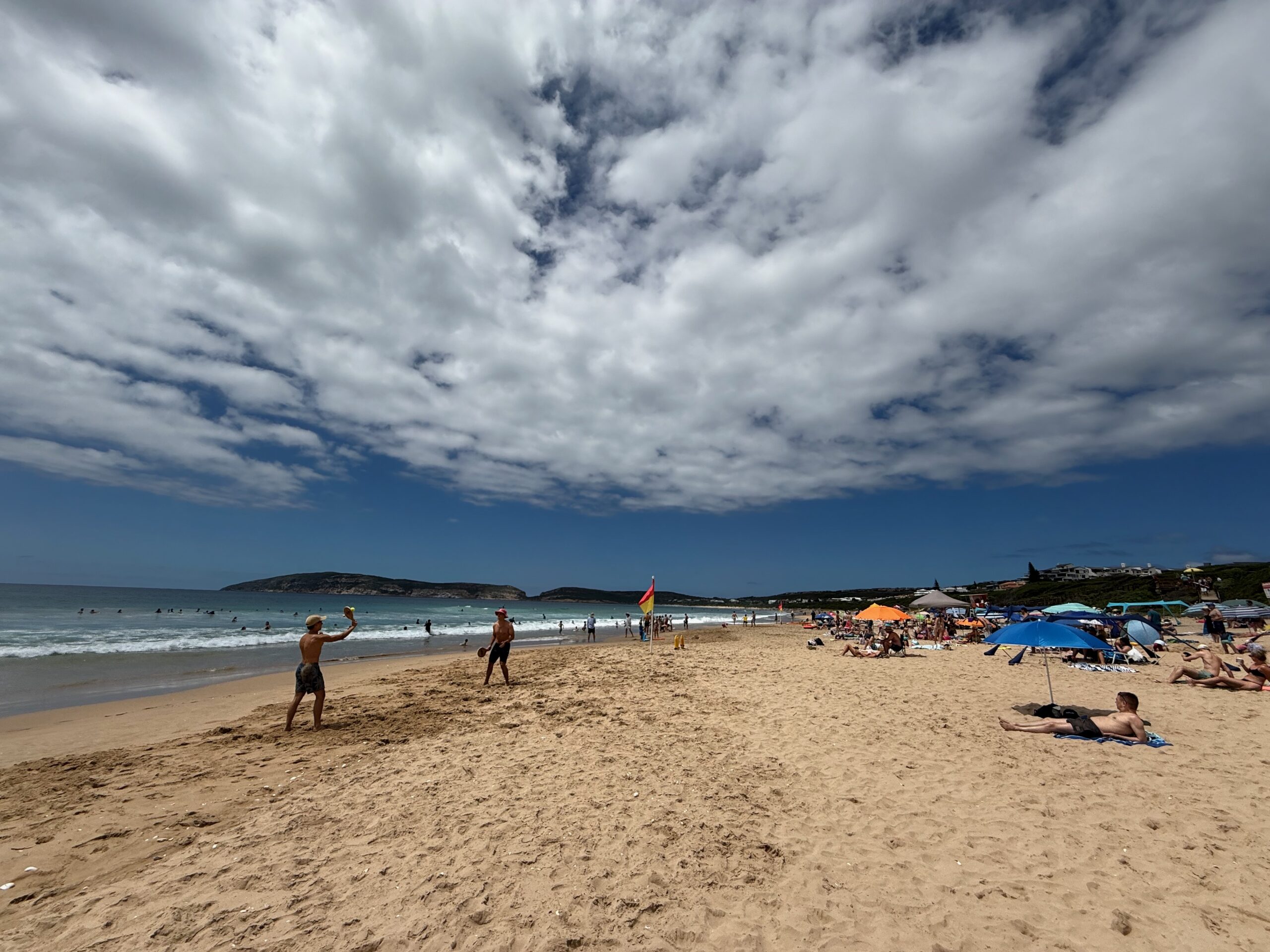
The water temperature was very pleasant, all due to the warm Agulhas sea current coming down the coast from further up north.
Monday/ Central Beach 
There was no rain today here in Plettenberg Bay, but it was still cloudy and mild, with a high of only 23 °C (74 °F).
I went for a walk on Central Beach late this afternoon.
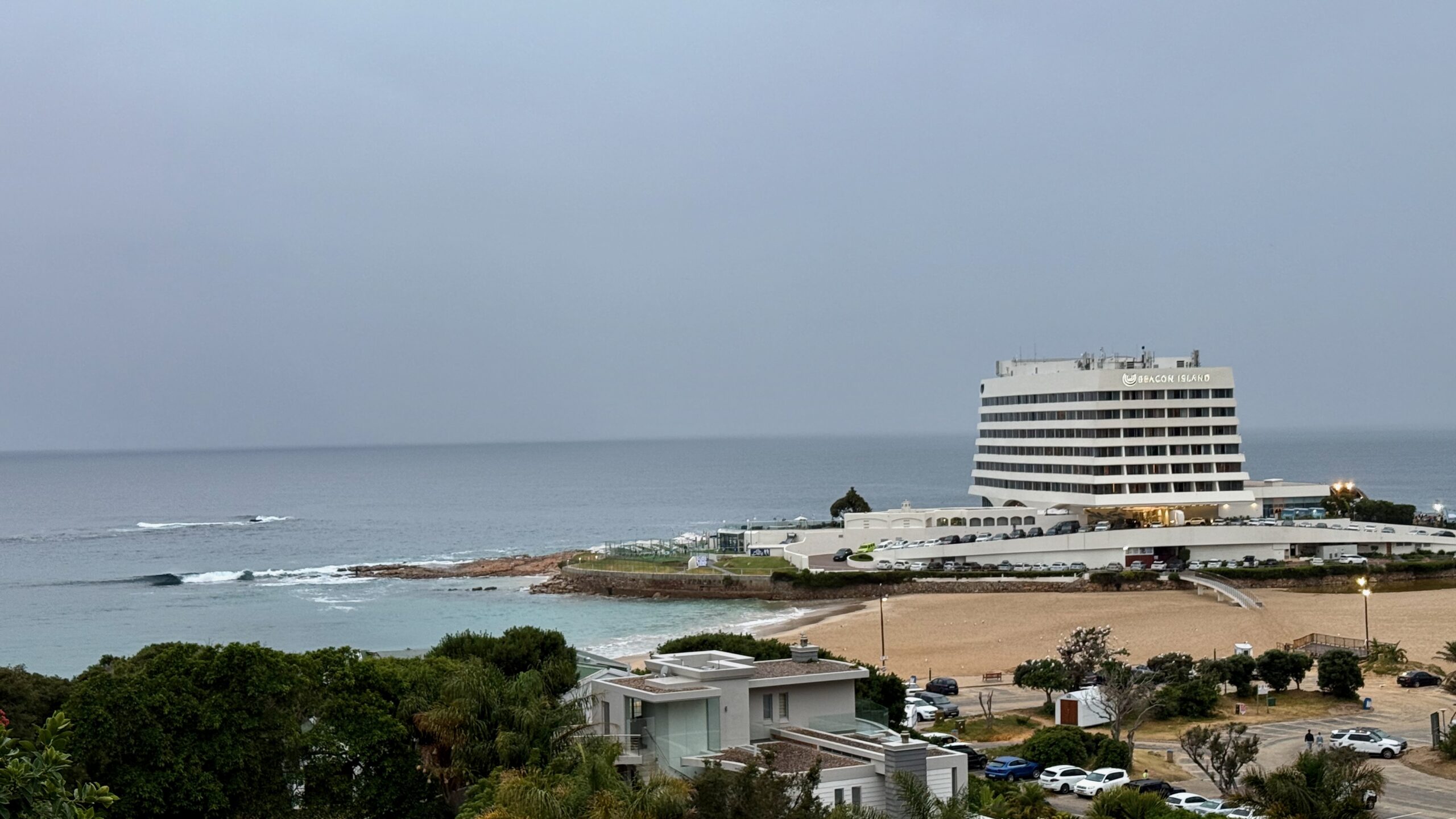
The site of the hotel has a distinctive history: it was a whaling station at the turn of the twentieth century, and became the location of a small hotel in 1940.
In 1972, this hotel was demolished and replaced with the six-story Beacon Isle Hotel.
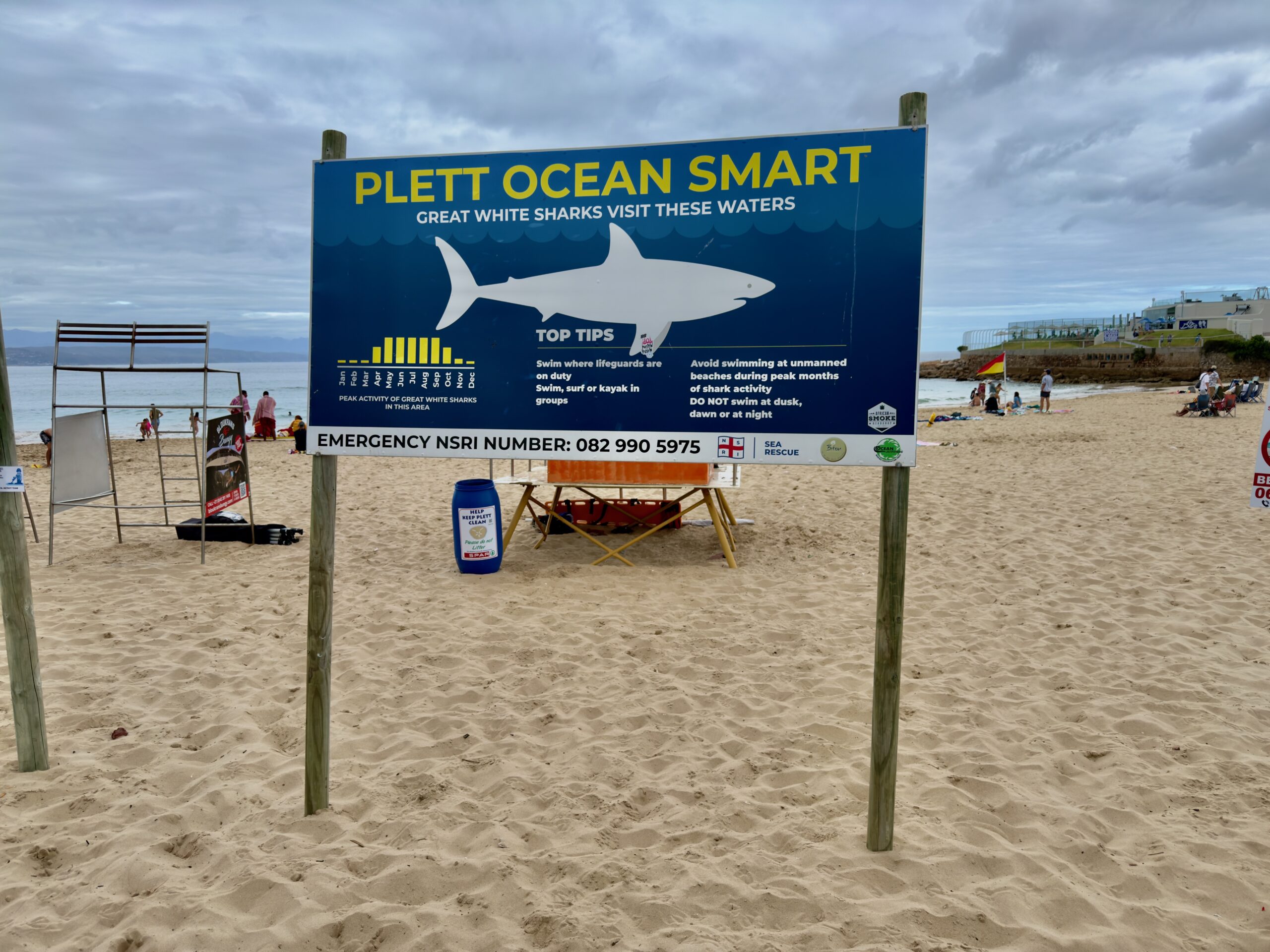

Looking at that bar chart below the shark’s tail fin, it appears that it is less likely in January for sharks to appear in these waters.
Plettenberg Bay has experienced increased white shark activity in recent years and tragically suffered two fatal shark bite incidents in 2022, within three months of each other.
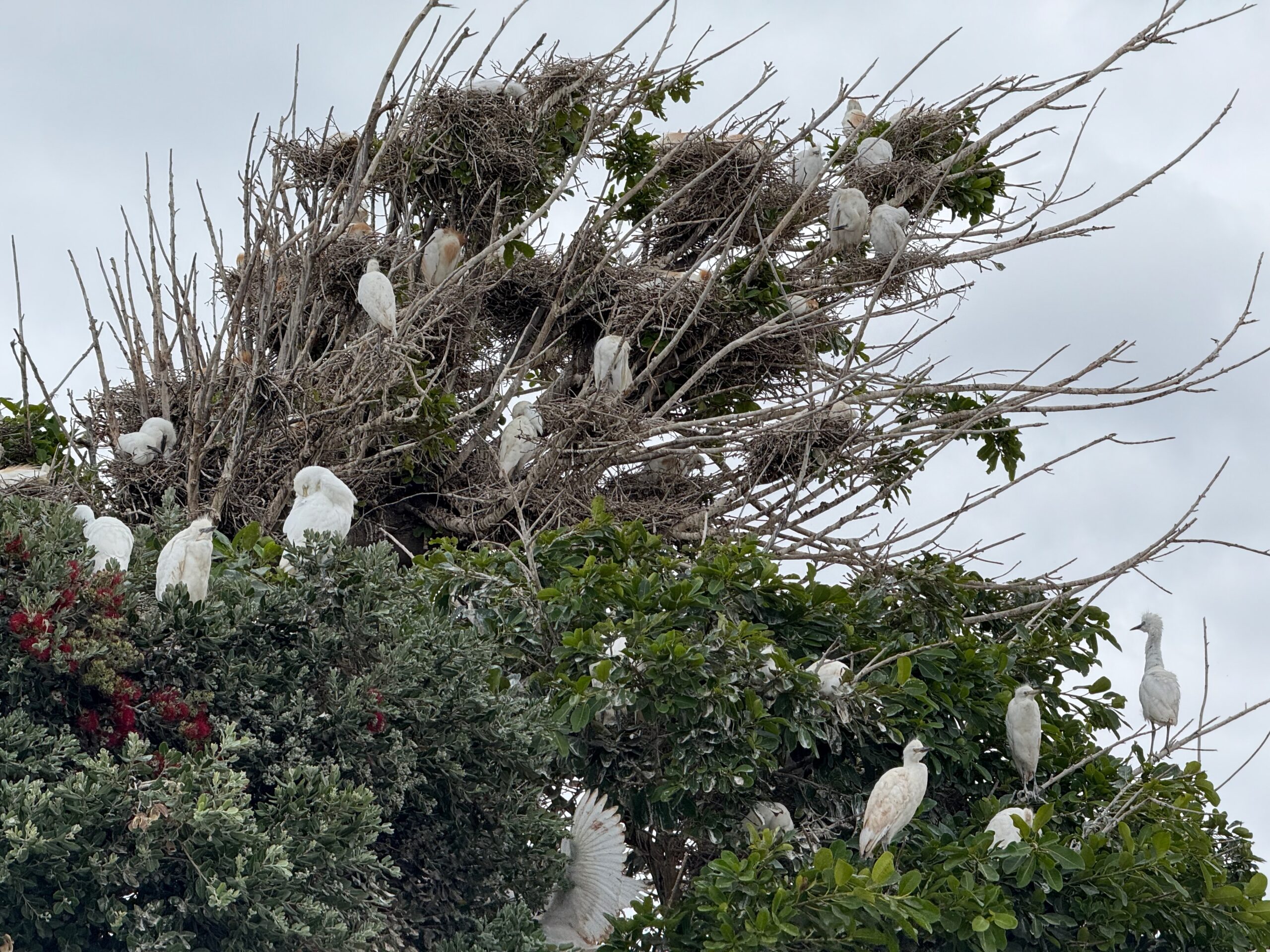
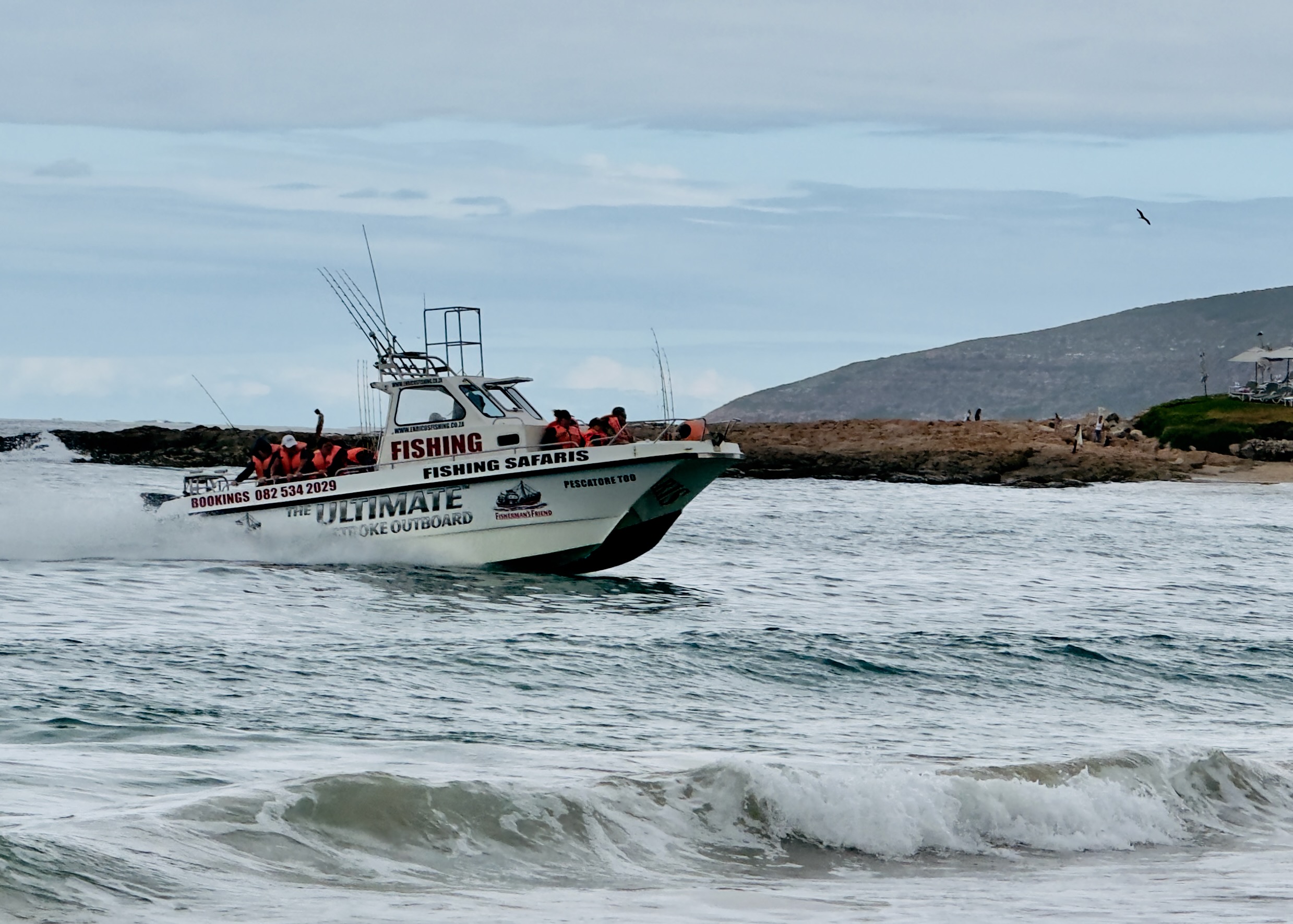
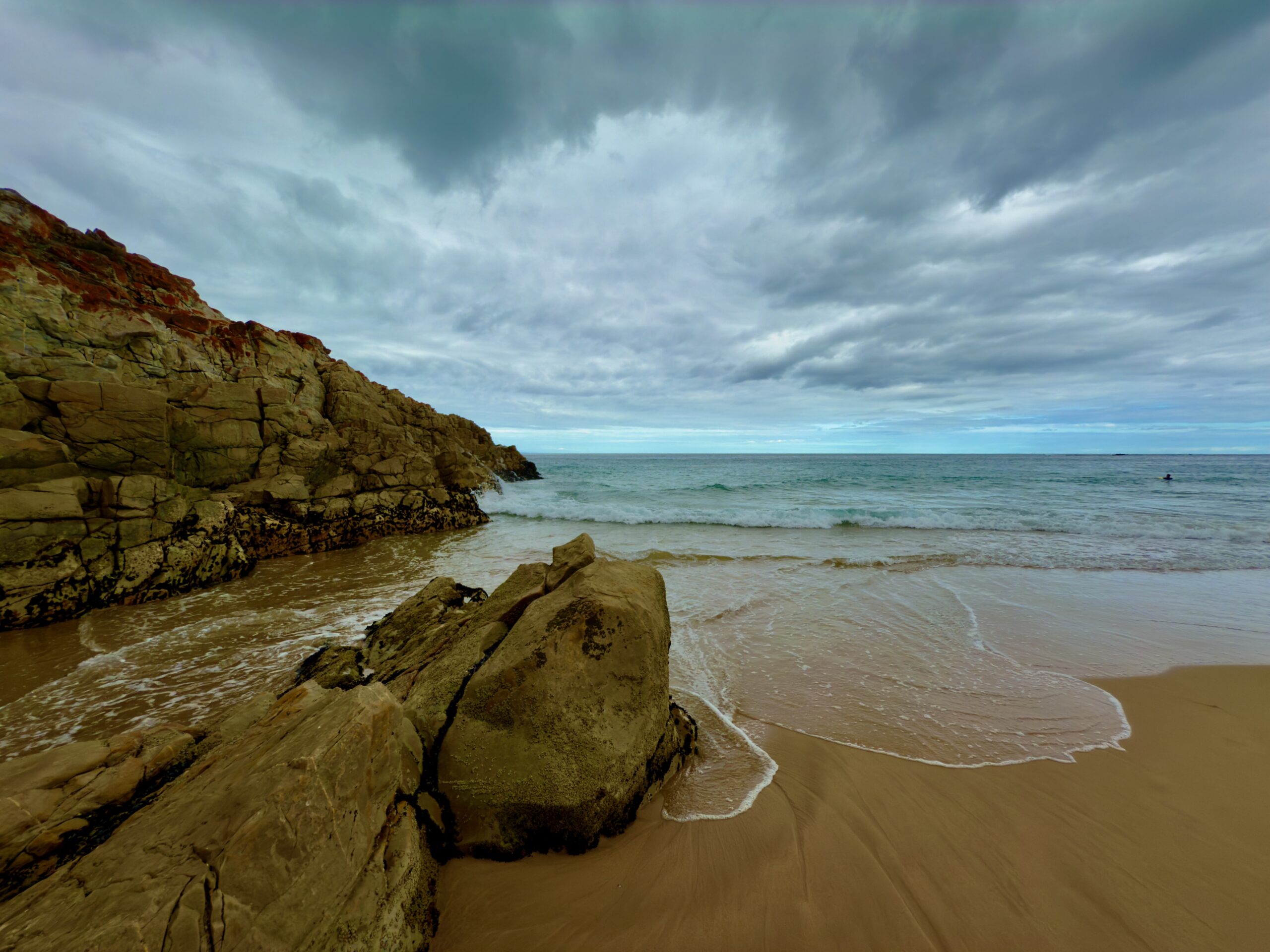
Sunday/ to Plettenberg Bay 
It’s a 6-hour drive to Plettenberg Bay. We opted for the N1 national route through the Huguenot Tunnel to Swellendam, from where we took the N2 to Plettenberg Bay.
I could only take pictures of the first half of the drive, while I was the passenger and not the driver.
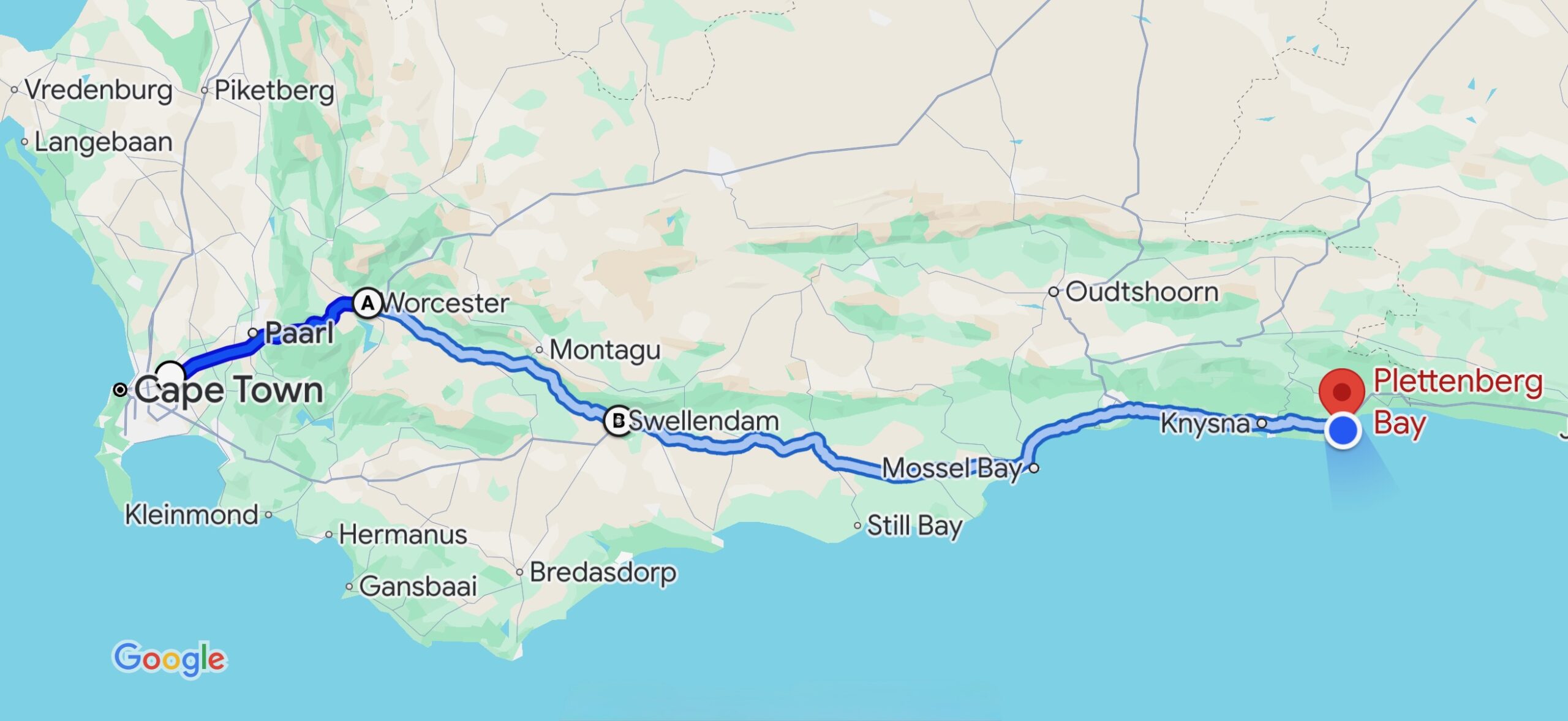
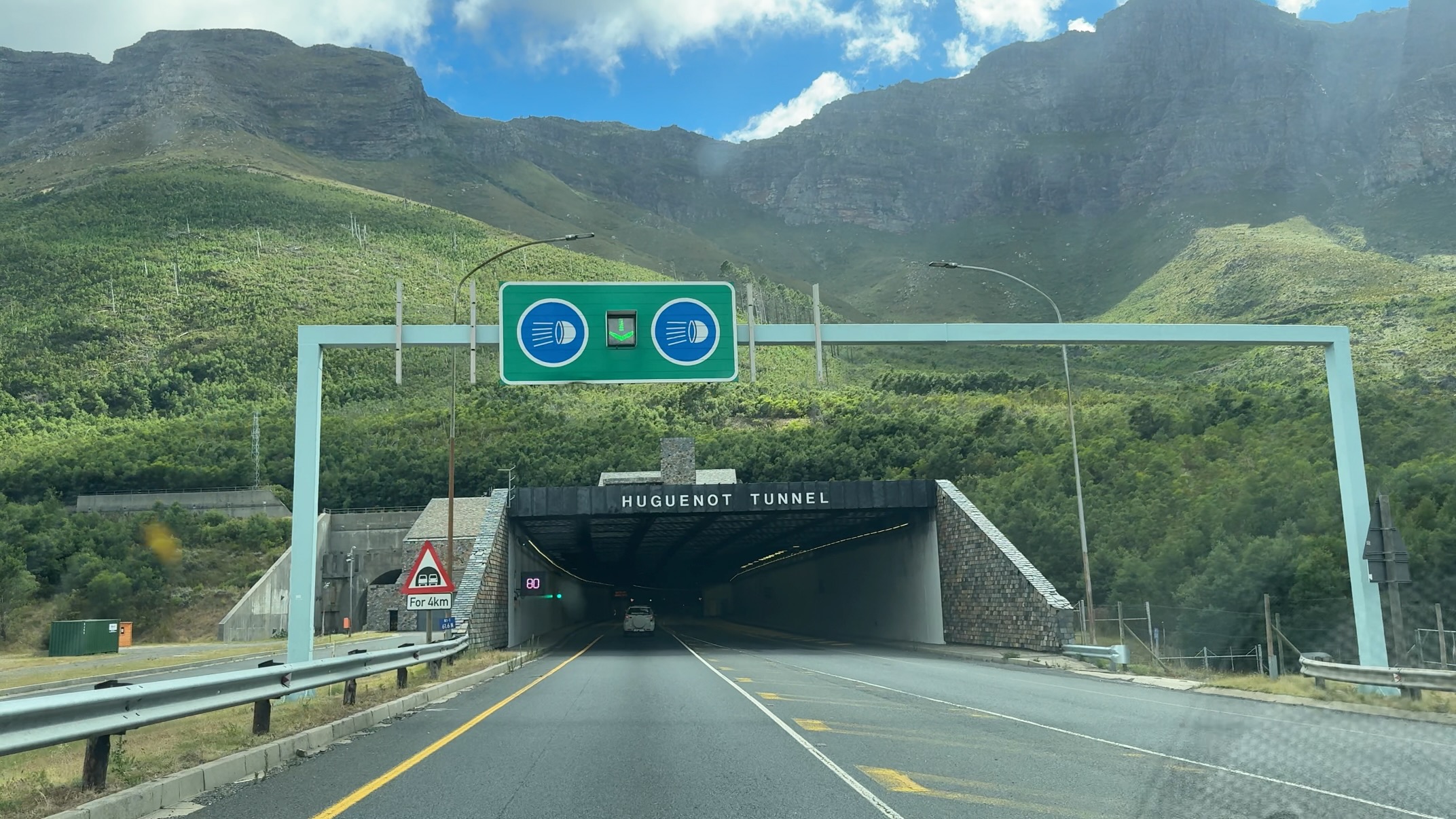
It is a toll road tunnel that runs through the Du Toitskloof Mountains, connecting Cape Town to the northern regions of the country.
The tunnel is 3.9 km (2.4 mi) long and it opened in March 1988.
The tunnel offers a route that is safer, faster (between 15 and 26 mins) and shorter (by 11 km/ 6.8 mi) than the old Du Toitskloof Pass over the mountain.
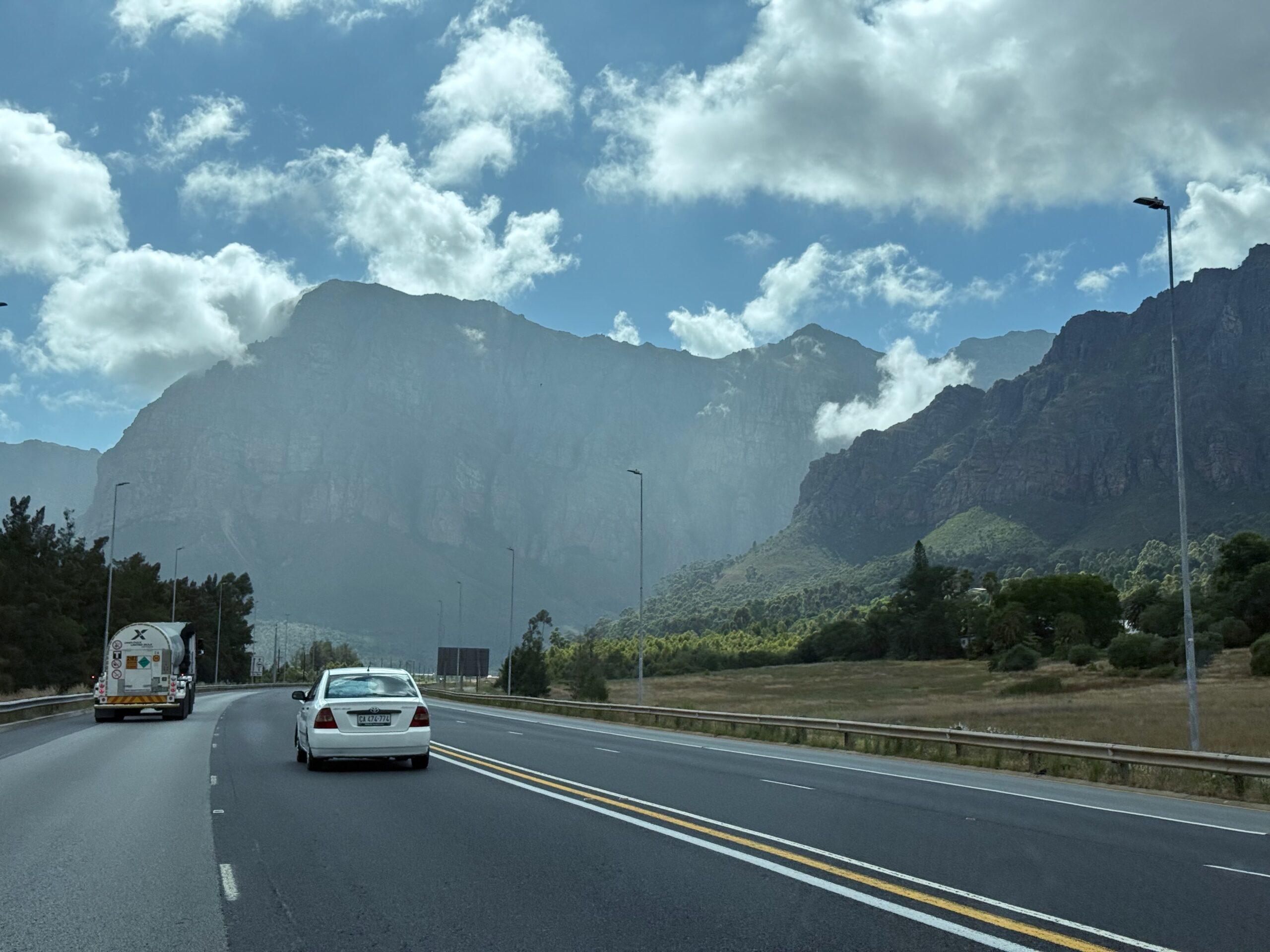


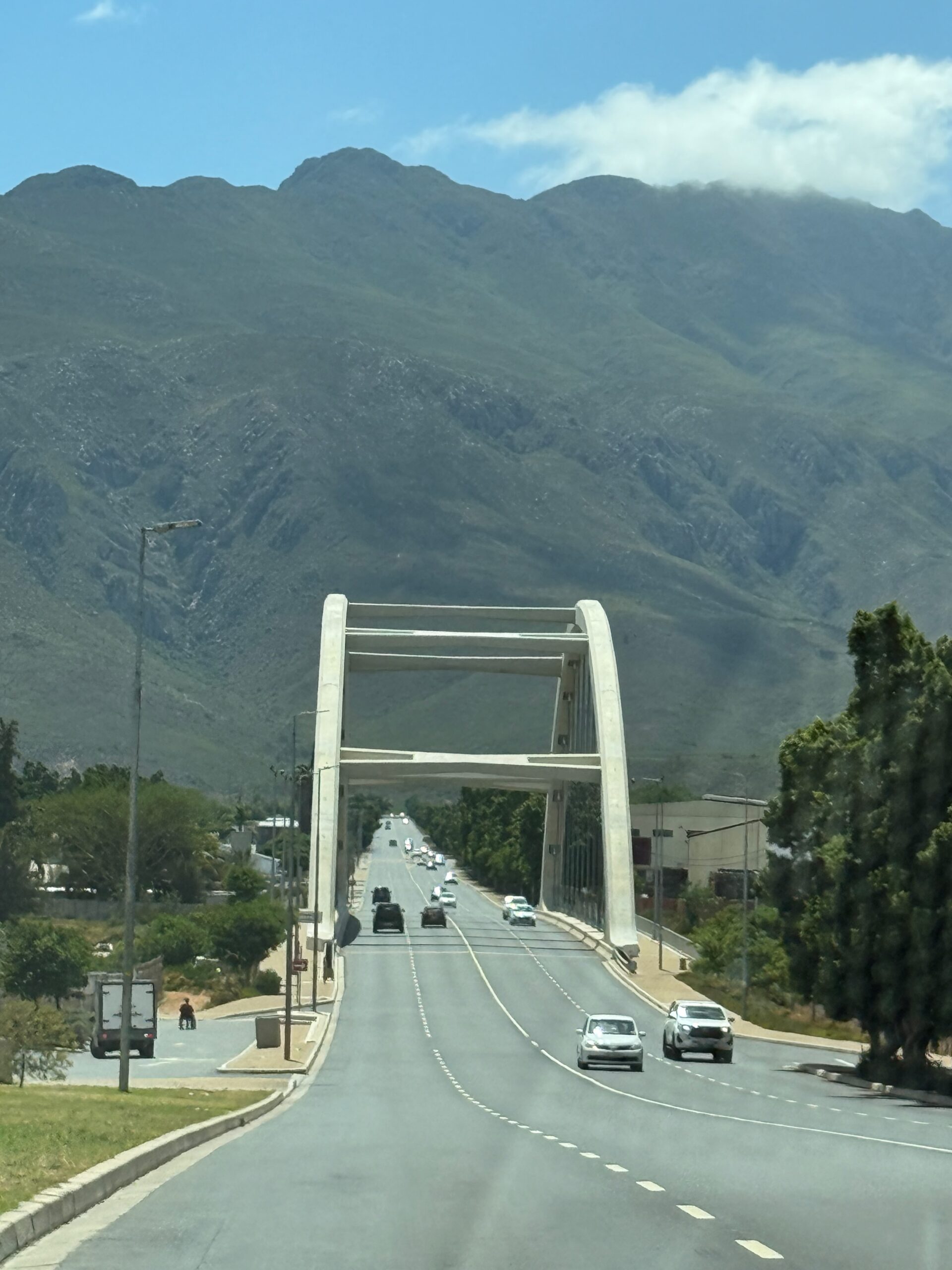
This arch bridge is new (it opened in August 2021) and lies over the Cogmans Gorge River (Afr. Kogmanskloofrivier) in Ashton.

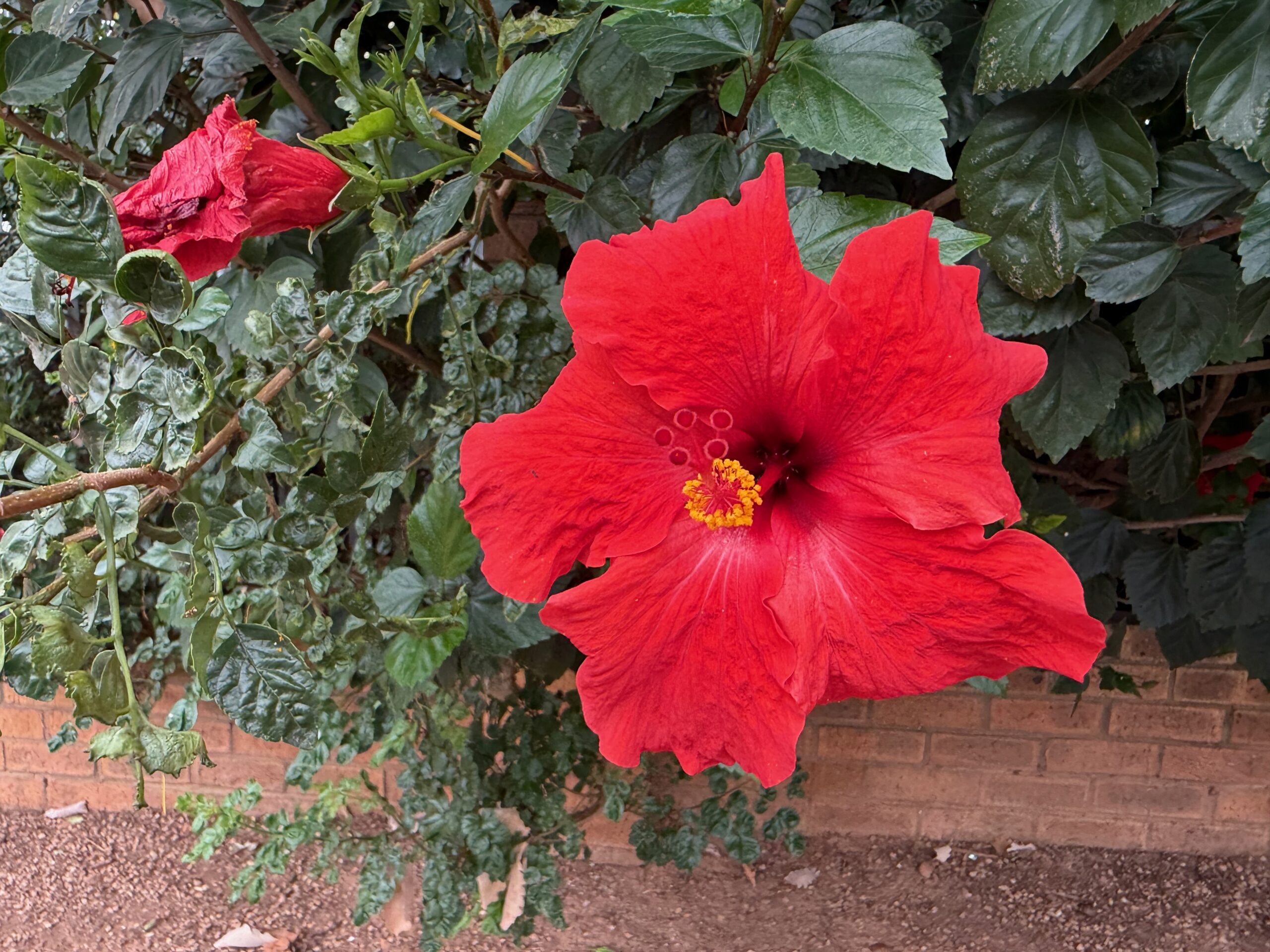
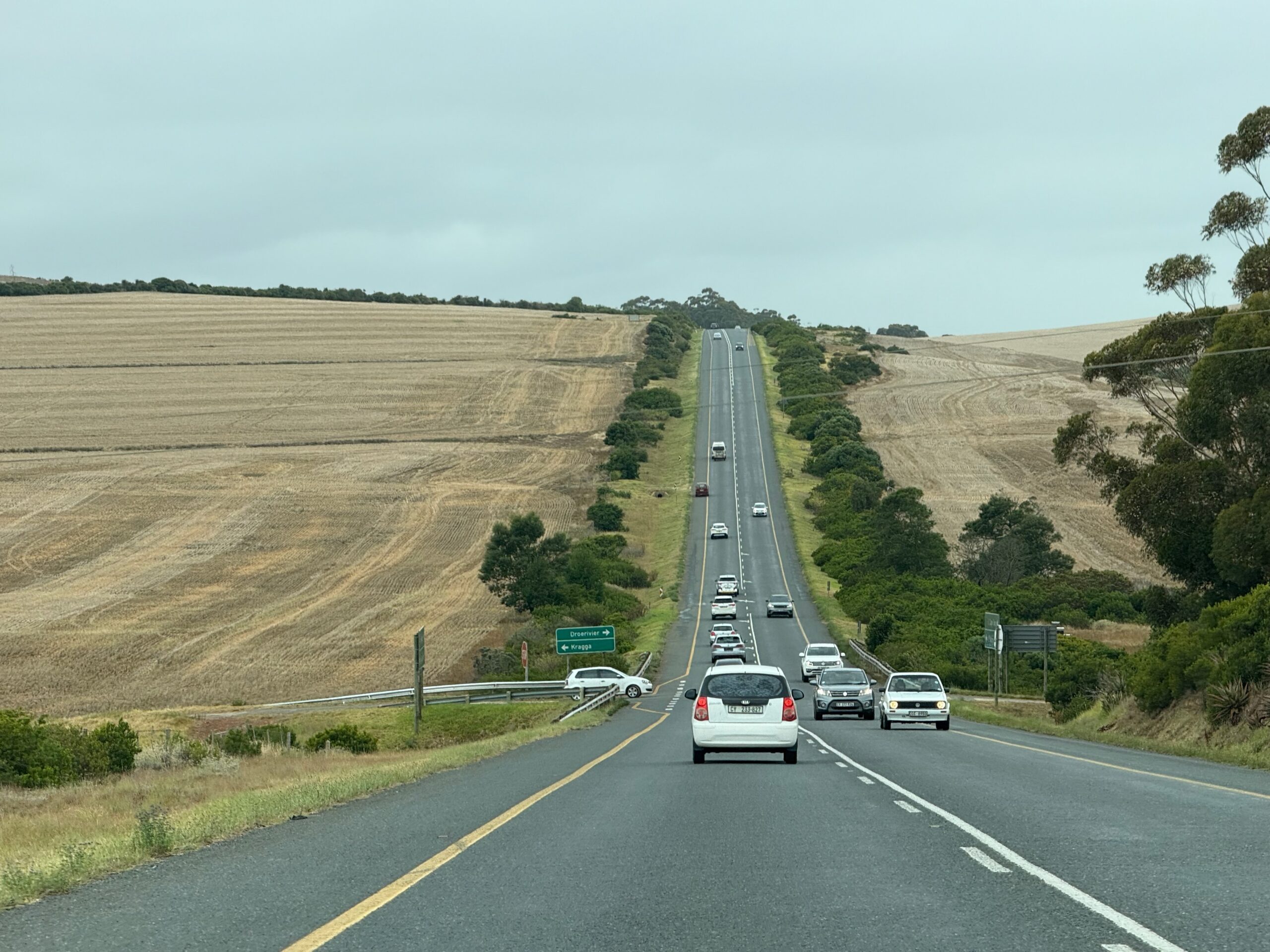
We did not run into too much traffic going east, but we ran into lines of cars going in the opposite direction, heading back to Cape Town. The kids in school still have a week or two of summer recess, but maybe mom or dad will have to go back to work on Monday.
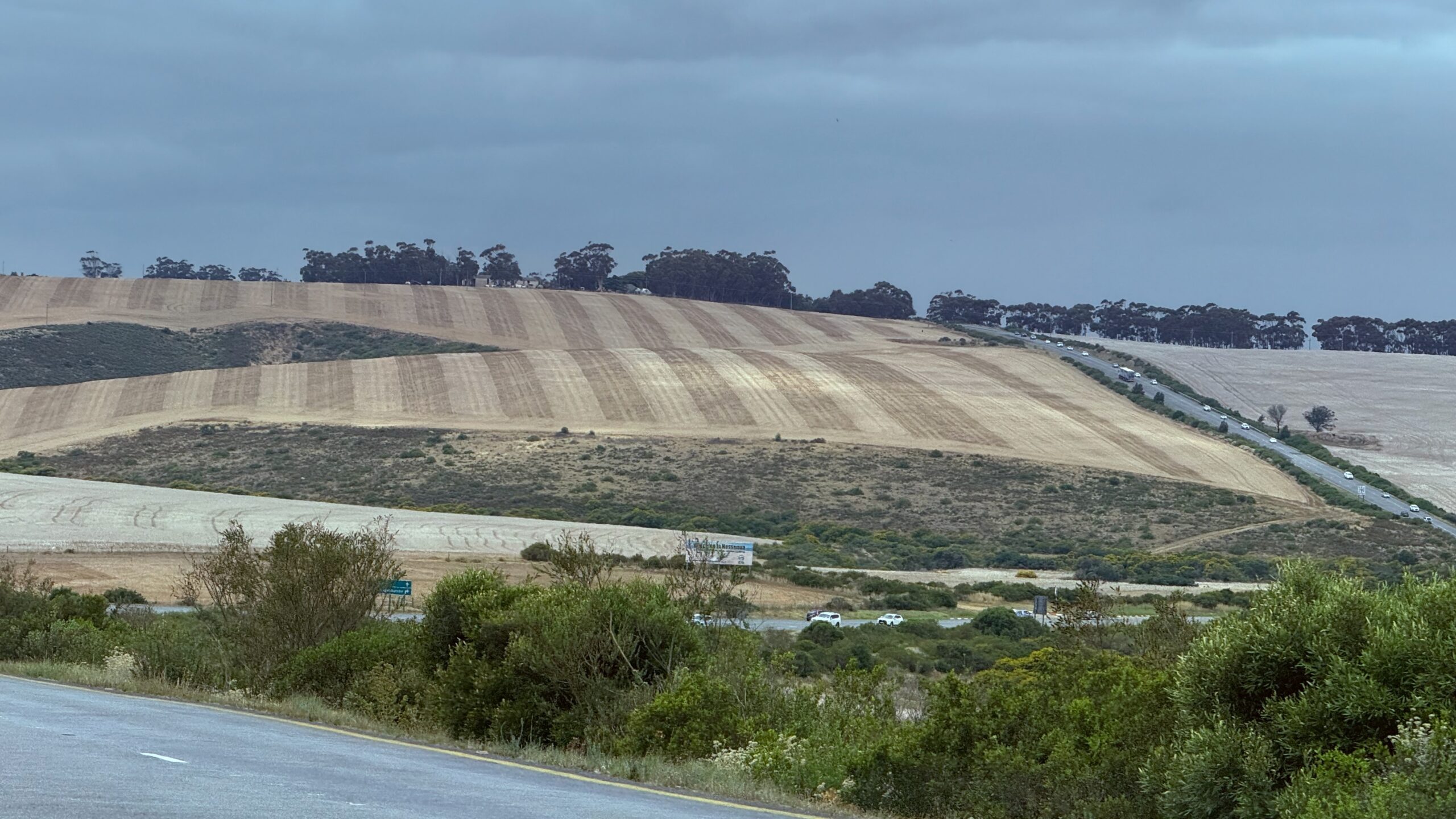
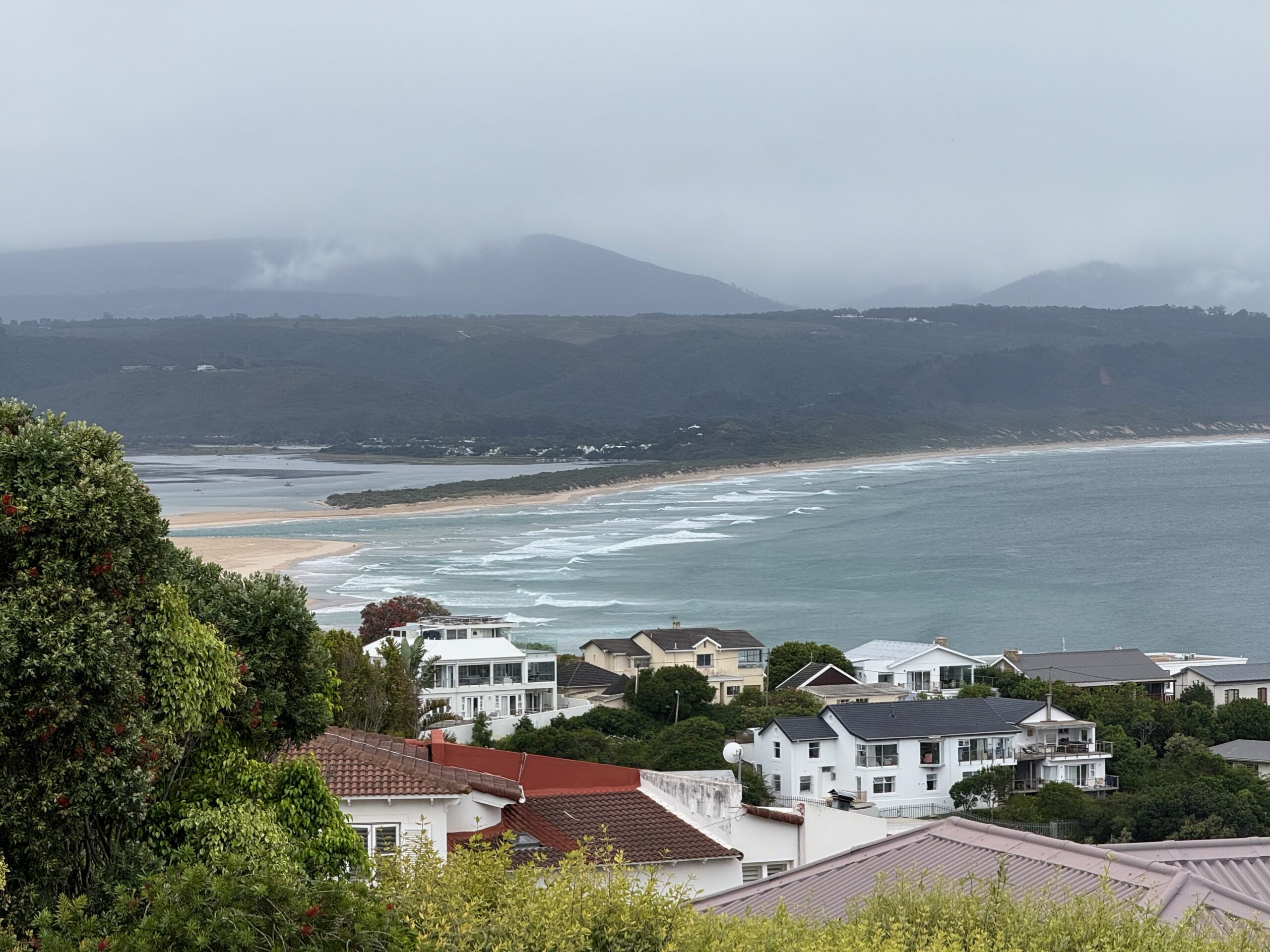
This is the view from our Airbnb, of the Keurbooms Estuary and the beaches around Plettenberg Bay.
Saturday/ checking out 
It’s time to leave the Cape Town area, and the Airbnb that I have been staying in. My friend and I are driving up the coast to Plettenberg Bay in the morning.
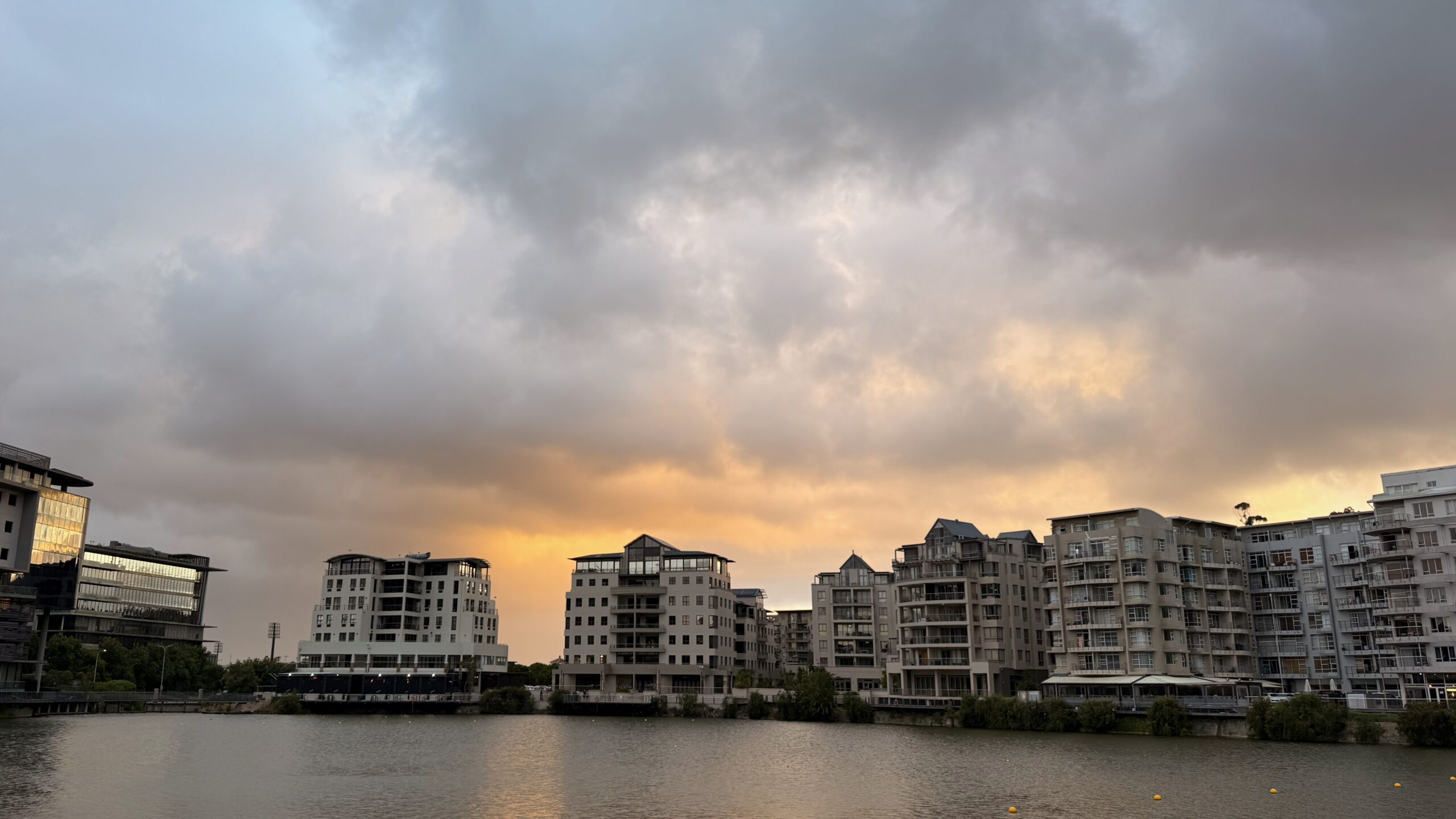
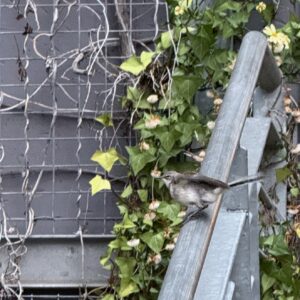
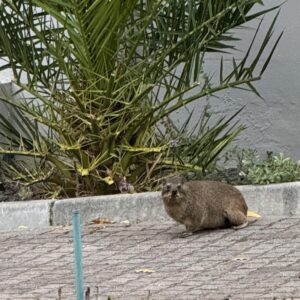
Wednesday/ Happy New Year 
It’s 2025!
Happy New Year!
The cartoon is from the South African newspaper Die Burger (“The Citizen”) and by cartoonist Dr Jack.

“You may have to run out to the store today, since the brannas** is AGAIN running a little low. “
#$!&

Side Comment by the little hippopotamus: “House guests are like fish— after three days they start to stink”
*old brother-in-law; **brandy/ supply of brandy
Tuesday/ out goes 2024 
Monday/ stopping and shopping, here and there 
Here are a few pictures from today.
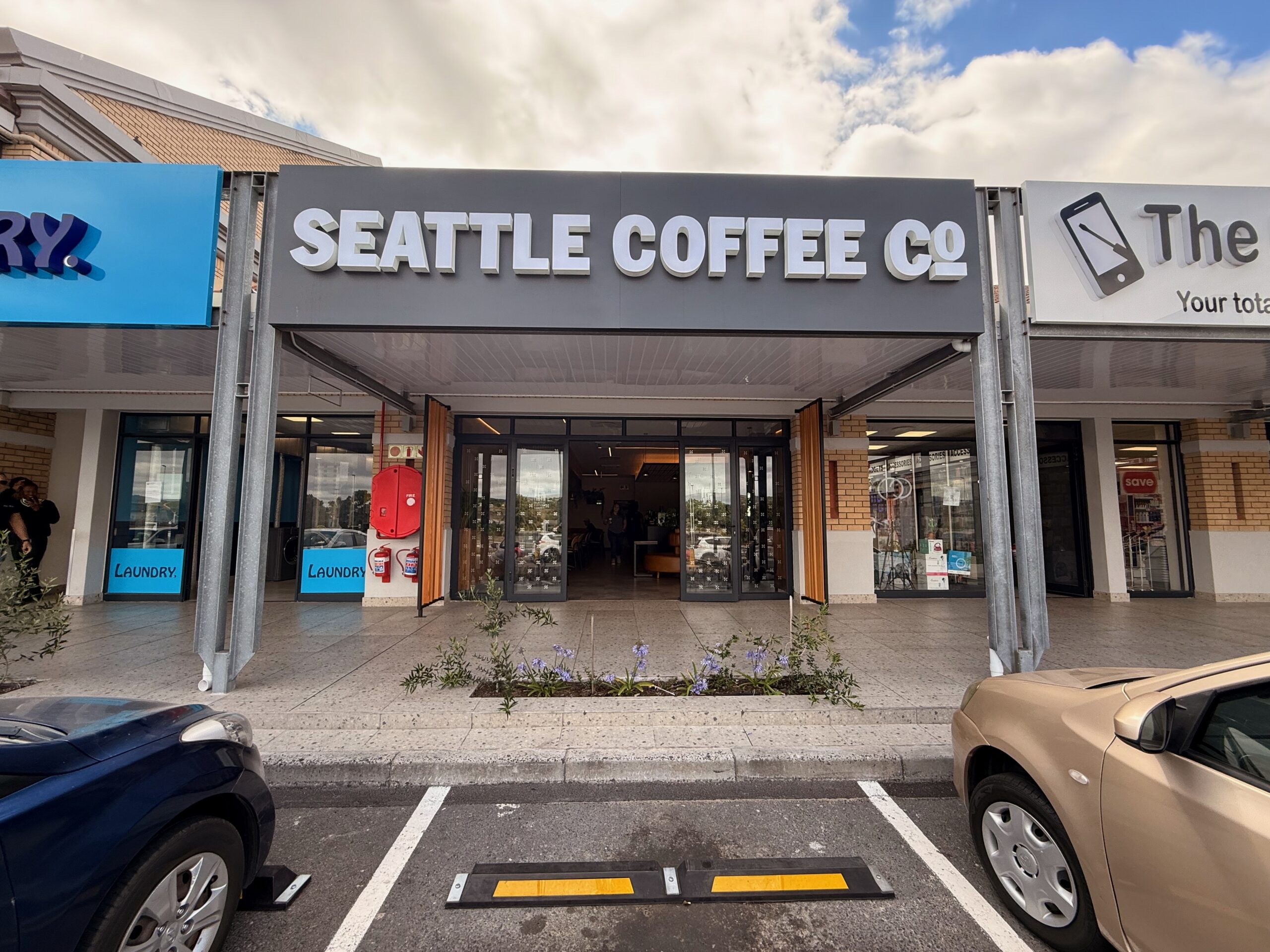
The Seattle Coffee Co. franchise has been around a lot longer. The first store opened its doors in Cavendish Square, Cape Town in November 1997.
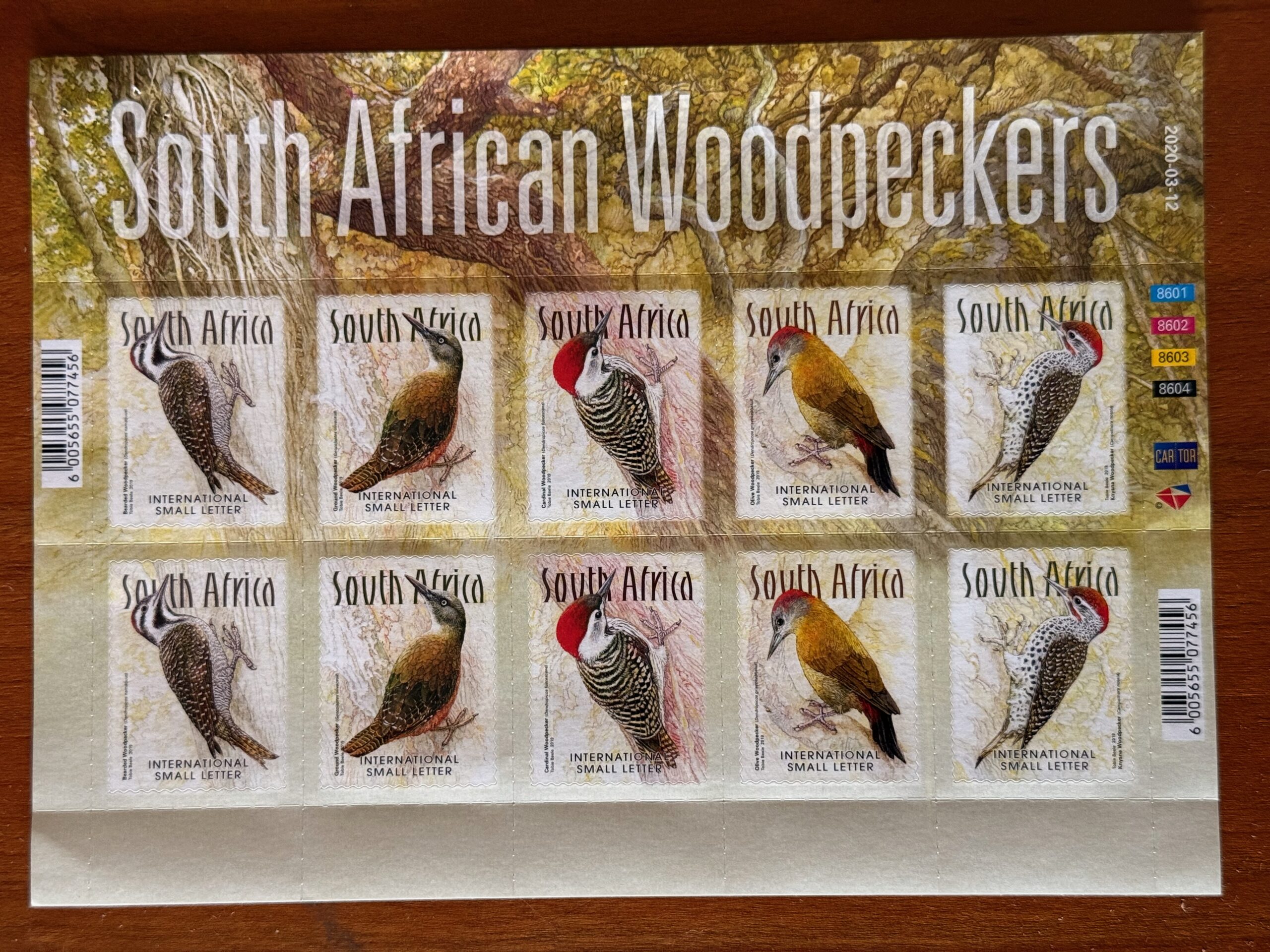
Do you have any postage stamps to sell to me? I inquired. I came away with this sheet of woodpeckers (issued 2020), one of the last sets of stamps issued by the South African Post Office. No new issues appeared after 2020.

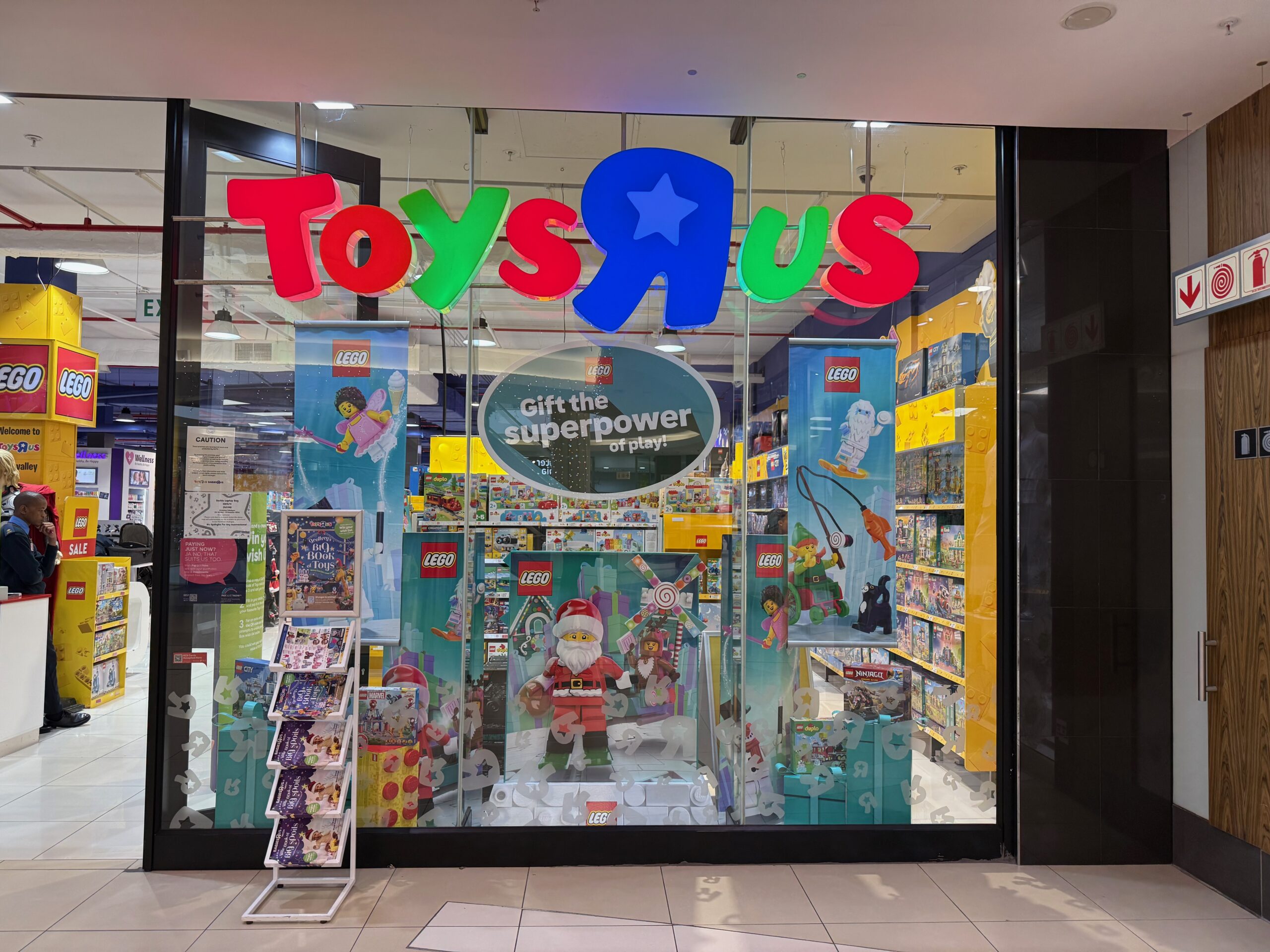
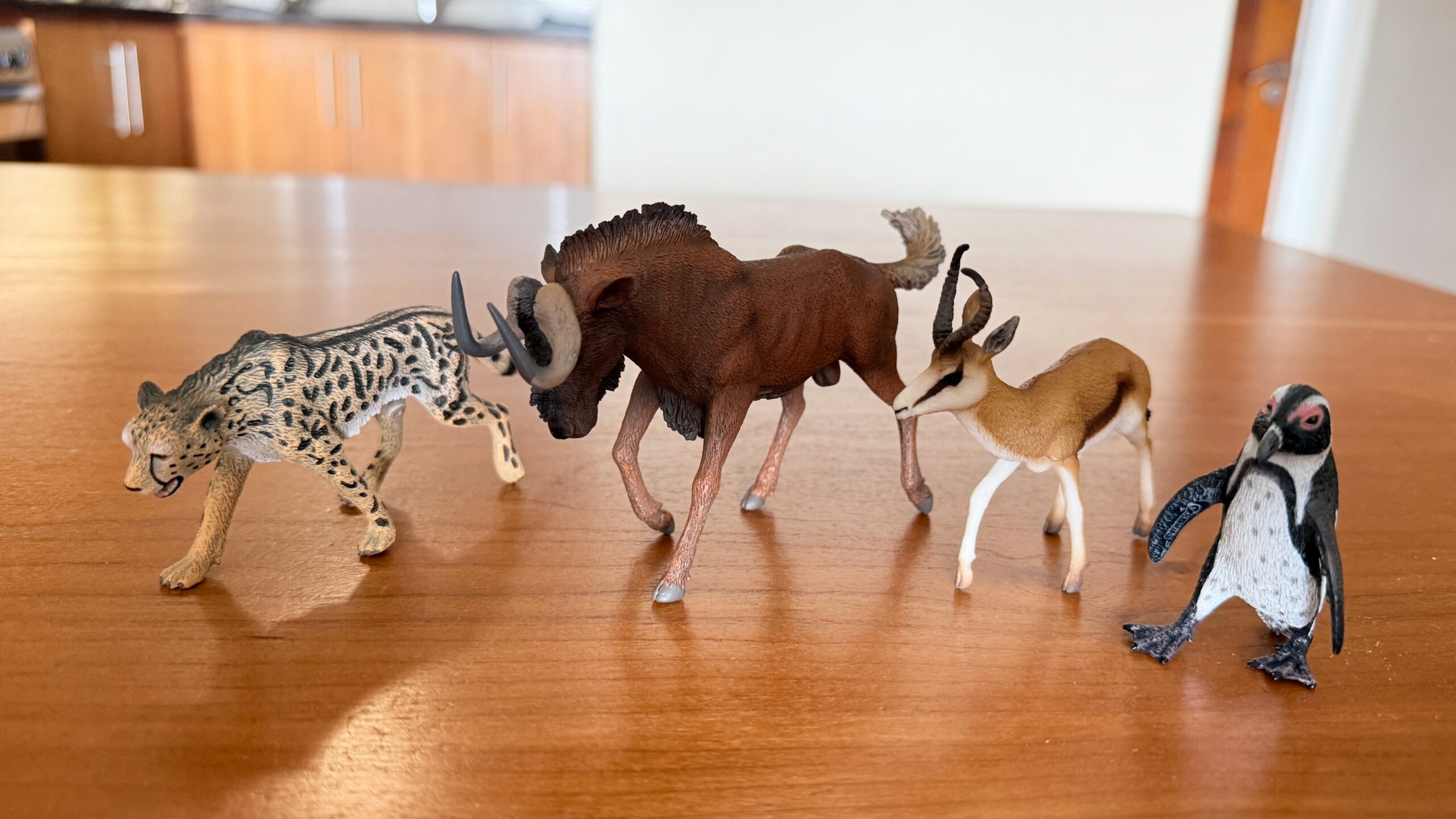
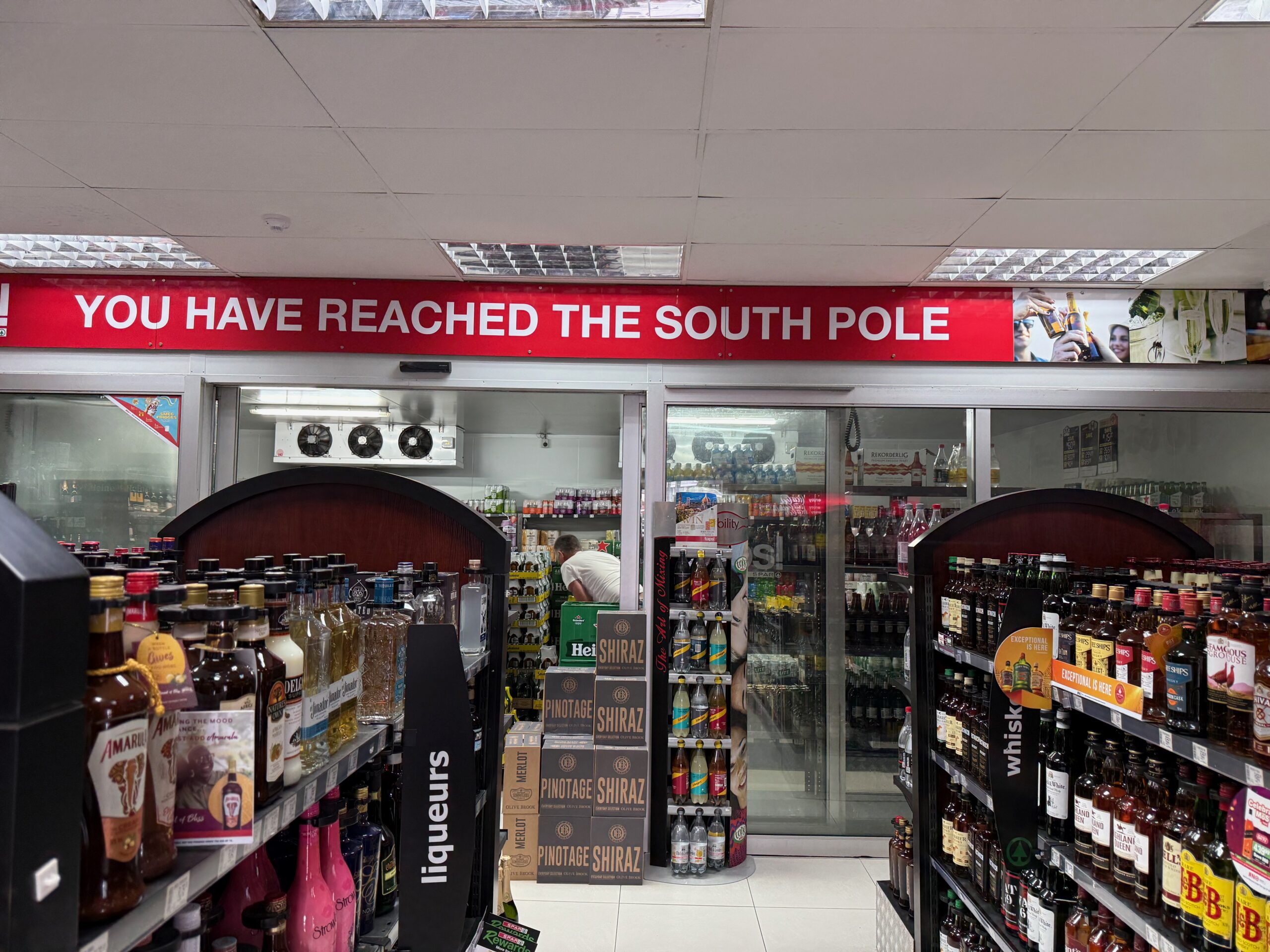
Beer and hard liquor are only sold in dedicated liquor stores in South Africa. Wine may be sold at grocery stores as well as at liquor stores.
The “YOU HAVE REACHED THE SOUTH POLE” is just a little joke, indicating that the walk-in refrigerated room with chilled beers is right there below the sign.
Sunday/ in the dry dock 
I stopped briefly at the Victoria & Alfred Waterfront today, to use one of the parking garages there.
This is the Robinson Dry Dock in the so-called Alfred Basin in the Waterfront, and it is the oldest operating dry dock of its kind in the world. It dates back to 1882. The foundation stone for the dock was laid by Prince Alfred, second son of Queen Victoria. Named after Governor Sir Hercules Robinson, it was used to repair over 300 ships during World War II.
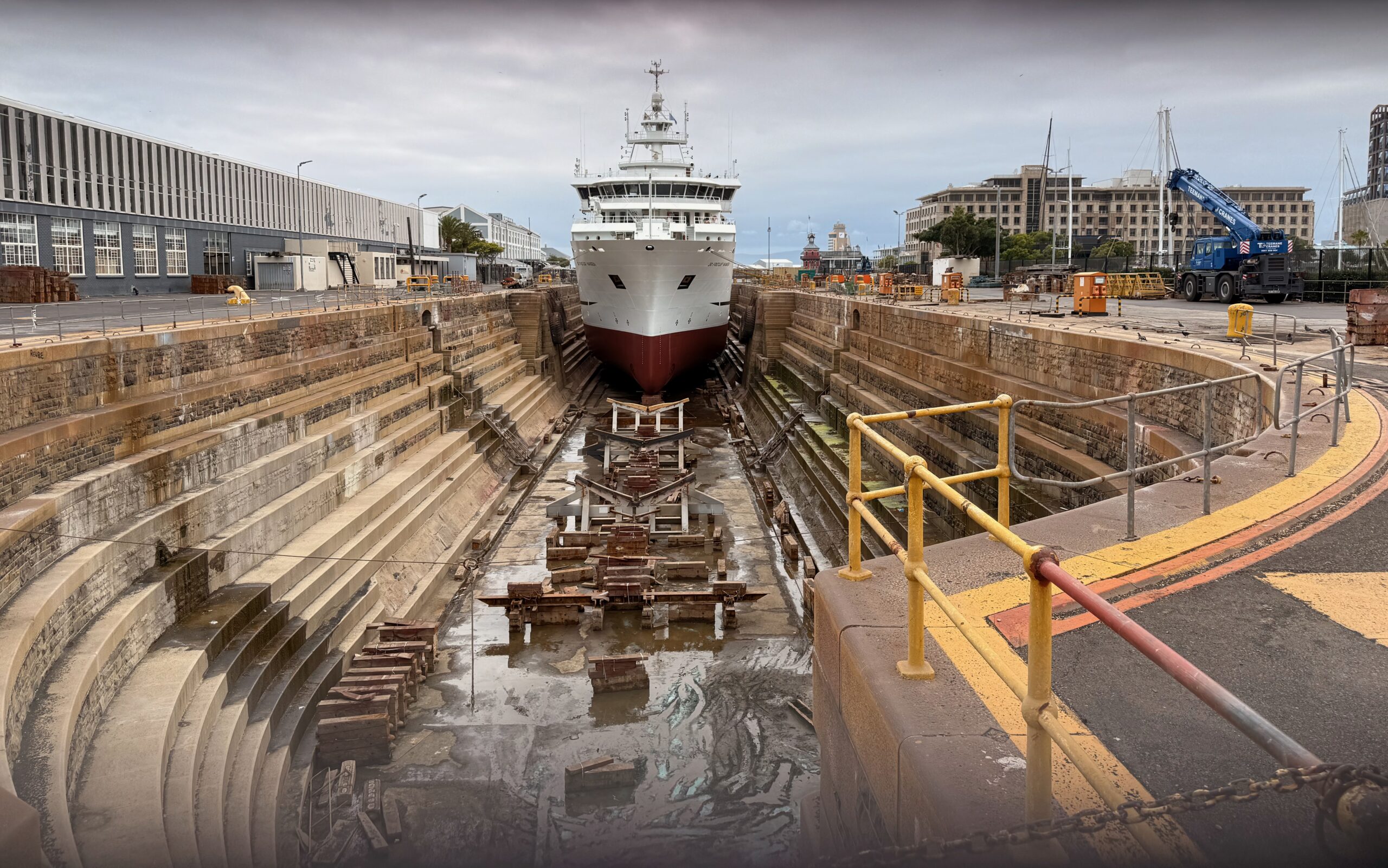
Ships are typically dry-docked every five years for a special survey, but may also be dry-docked for inspections, maintenance, and repairs, in between.
Saturday/ at the mall 
There is a little Christmas market in the Tyger Valley Shopping Centre, still open for a final few days.
It’s good that it is indoors: day-time highs here were 35°C and 34°C (95°F and 93°F) on Wednesday and Thursday, and 30°C (86°F today).
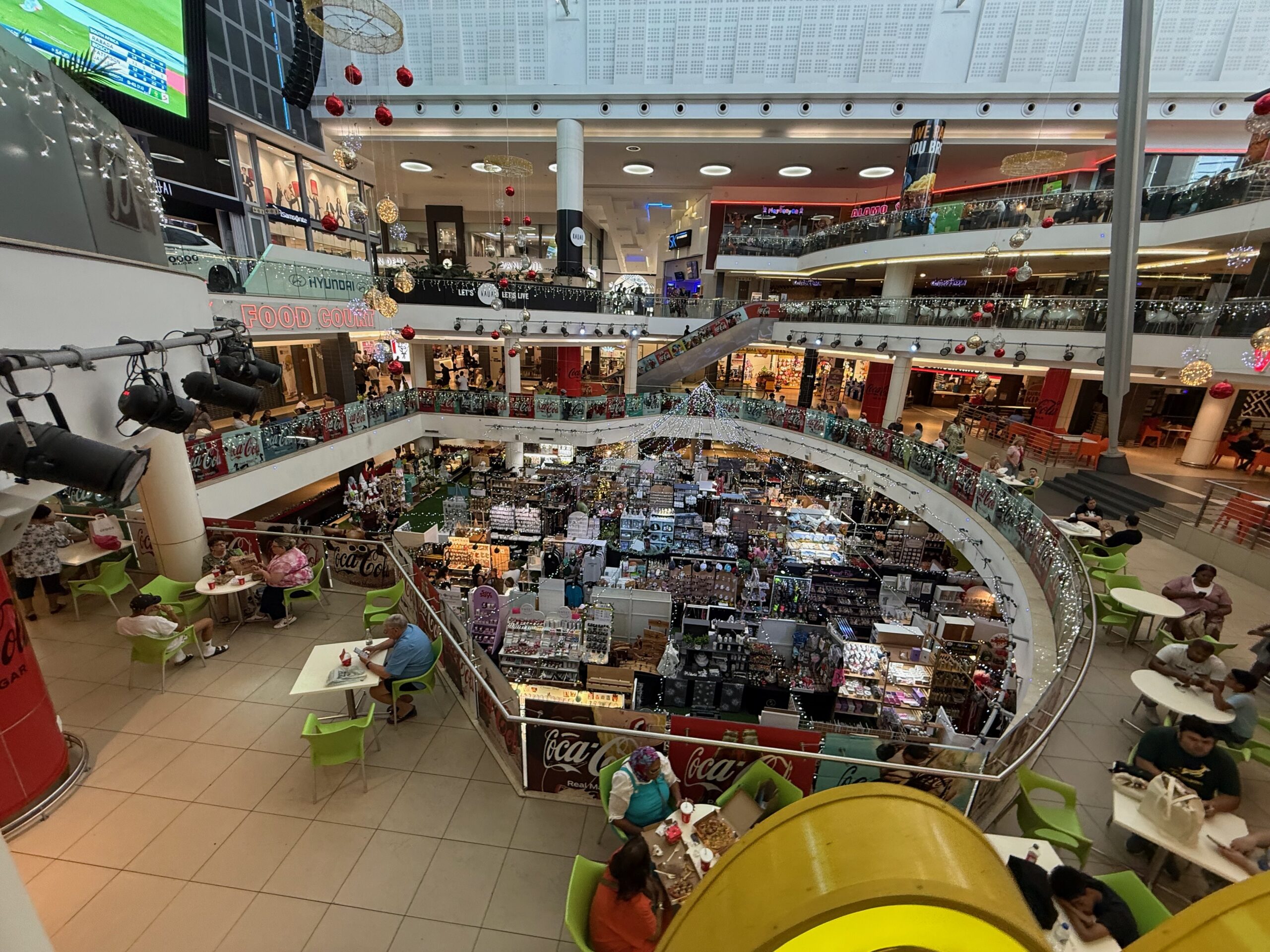
 and Pakistan
and Pakistan  .
.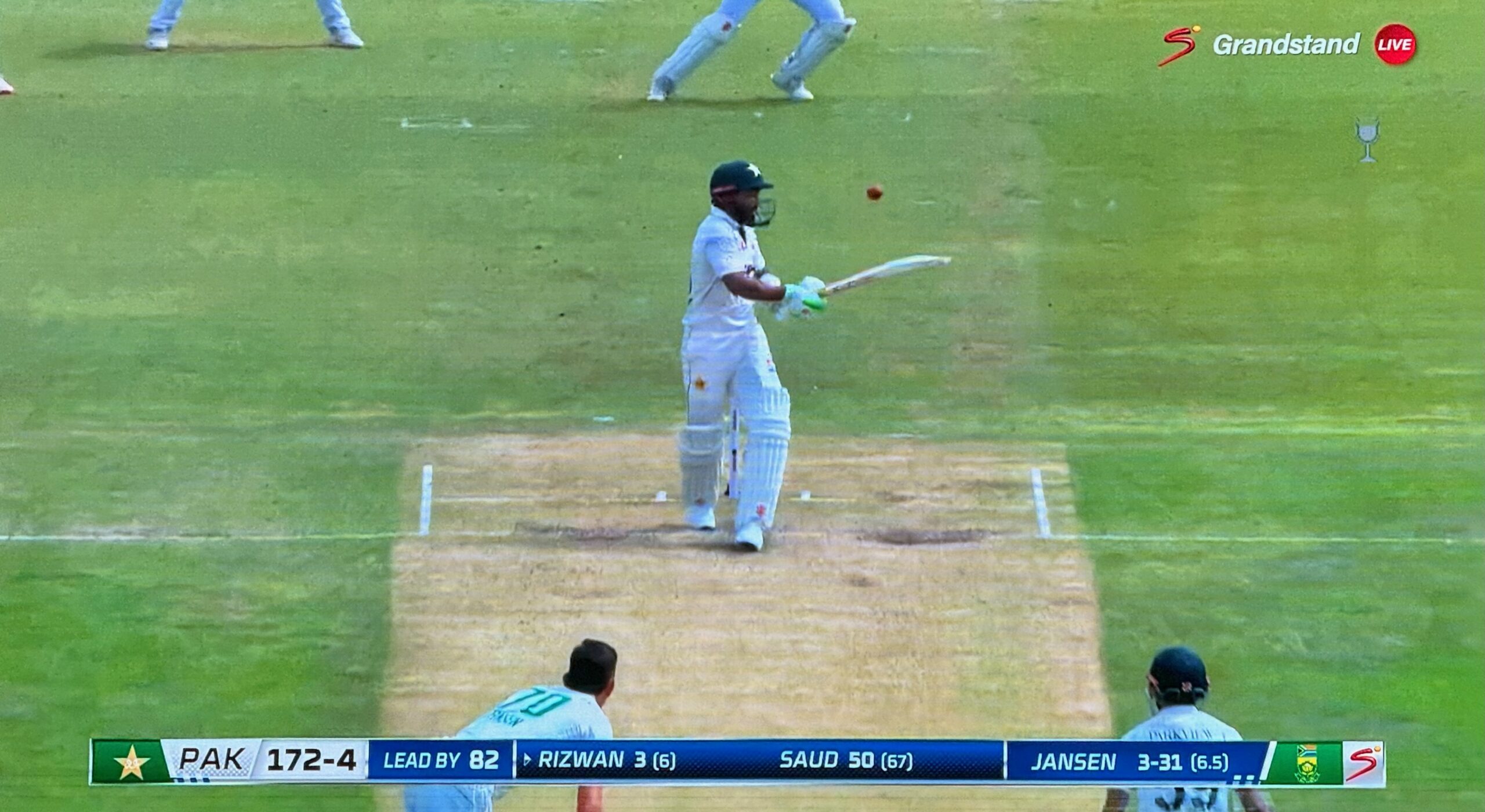
From espncricinfo.com:
“The first Test match at Centurion is tantalisingly poised after Pakistan took three wickets in nine overs to leave South Africa wobbling at 27 for 3, still 121 runs away from the 147-run target that seals a win, as well as a place in the 2023-25 World Test Championship [WTC] final.
After South Africa had bowled Pakistan out for 237, they needed a fairly comfortable 148 to secure victory, but an unerring spell of accurate medium-fast bowling from Mohammad Abbas and Khurram Shahzad was well rewarded. Aside from Aiden Markram, the South Africa batters were somewhat timid in their approach to the last few overs of the day, while Abbas and Shahzad targeted the pads. Abbas brought one to jag back in sharply into Tony de Zorzi for the first breakthrough.”
Update Sun 12/29 [From espncricinfo.com] “South Africa have qualified for the World Test Championship (WTC) final after beating Pakistan by two wickets in a high-drama encounter at SuperSport Park. Set a modest but challenging target of 148 to win, they were 99 for 8 just before lunch and it was left to Kagiso Rabada and Marco Jansen to score the remaining 51 runs in a tense ninth-wicket stand against a Pakistan attack with their tails up.”
Friday/ Pringle Bay beach 
Happy Friday, the last one for 2024!
These photos are from yesterday, from a little trip I made with my family to Pringle Bay.
Pringle Bay is a small, coastal village in the Overberg region of the Western Cape, in South Africa. It is situated at the foot of Hangklip, on the opposite side of False Bay from Cape Point. The town and surrounds are part of the Kogelberg Biosphere Reserve, a UNESCO Heritage Site. [Wikipedia]
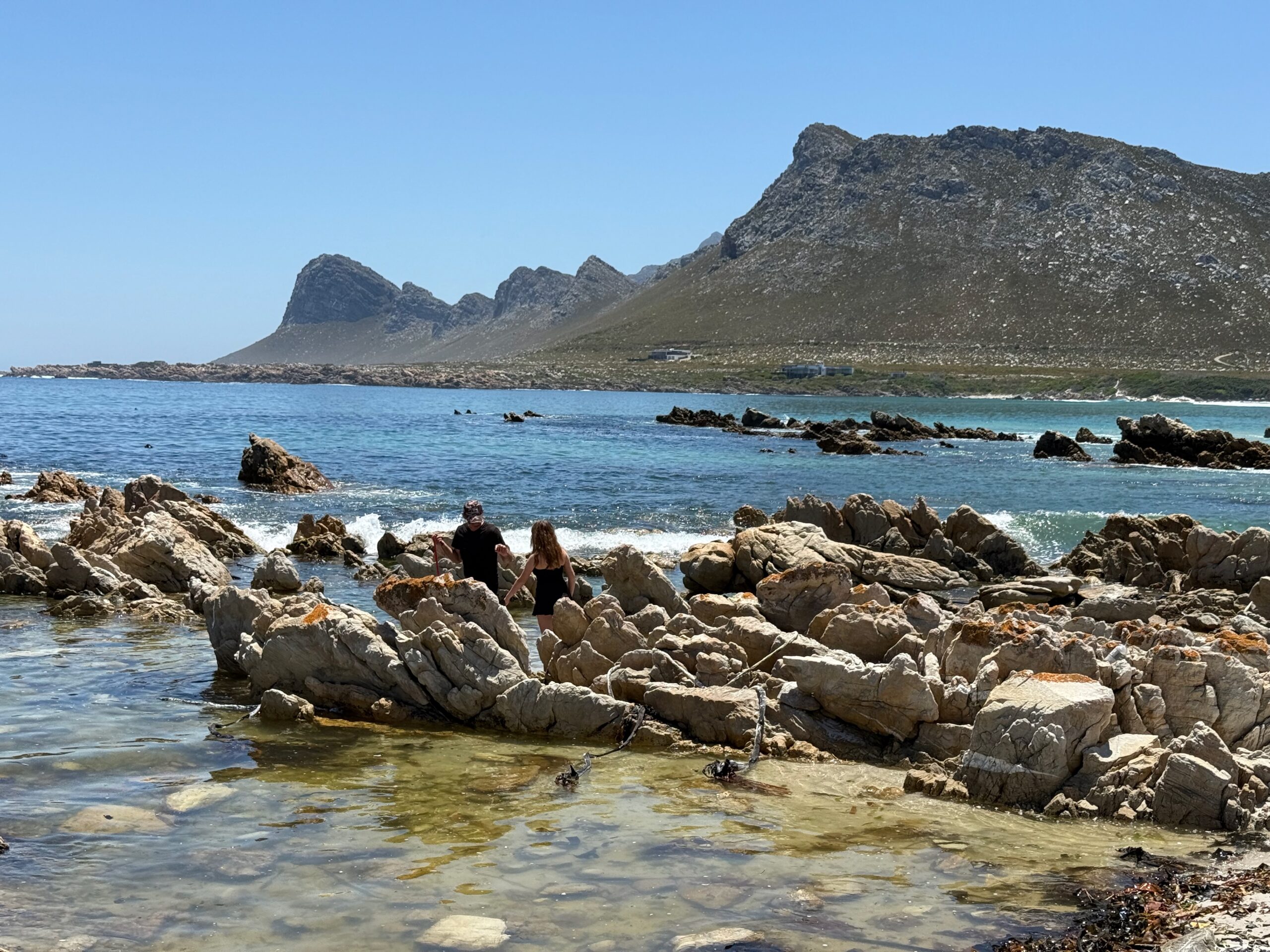
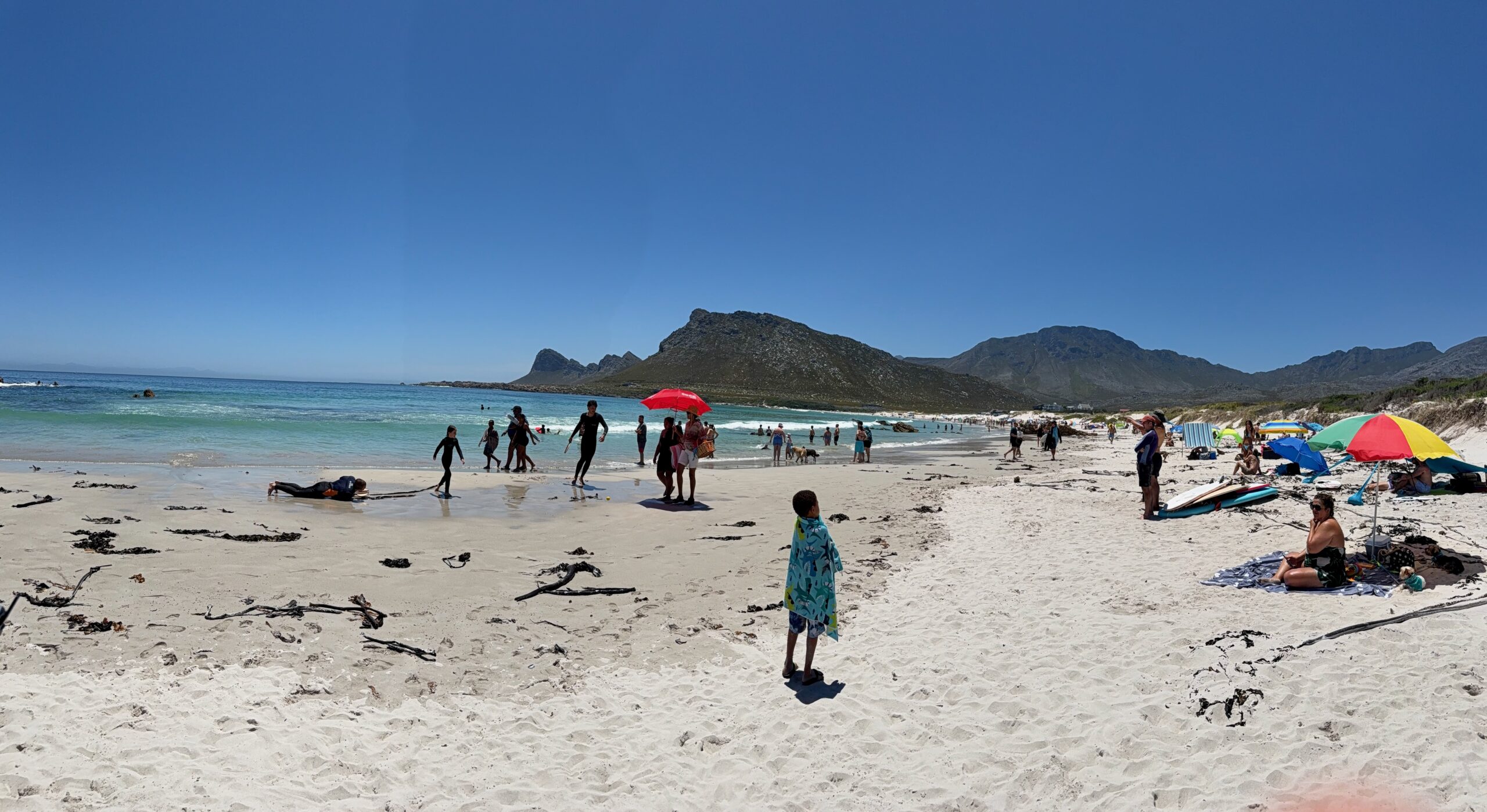
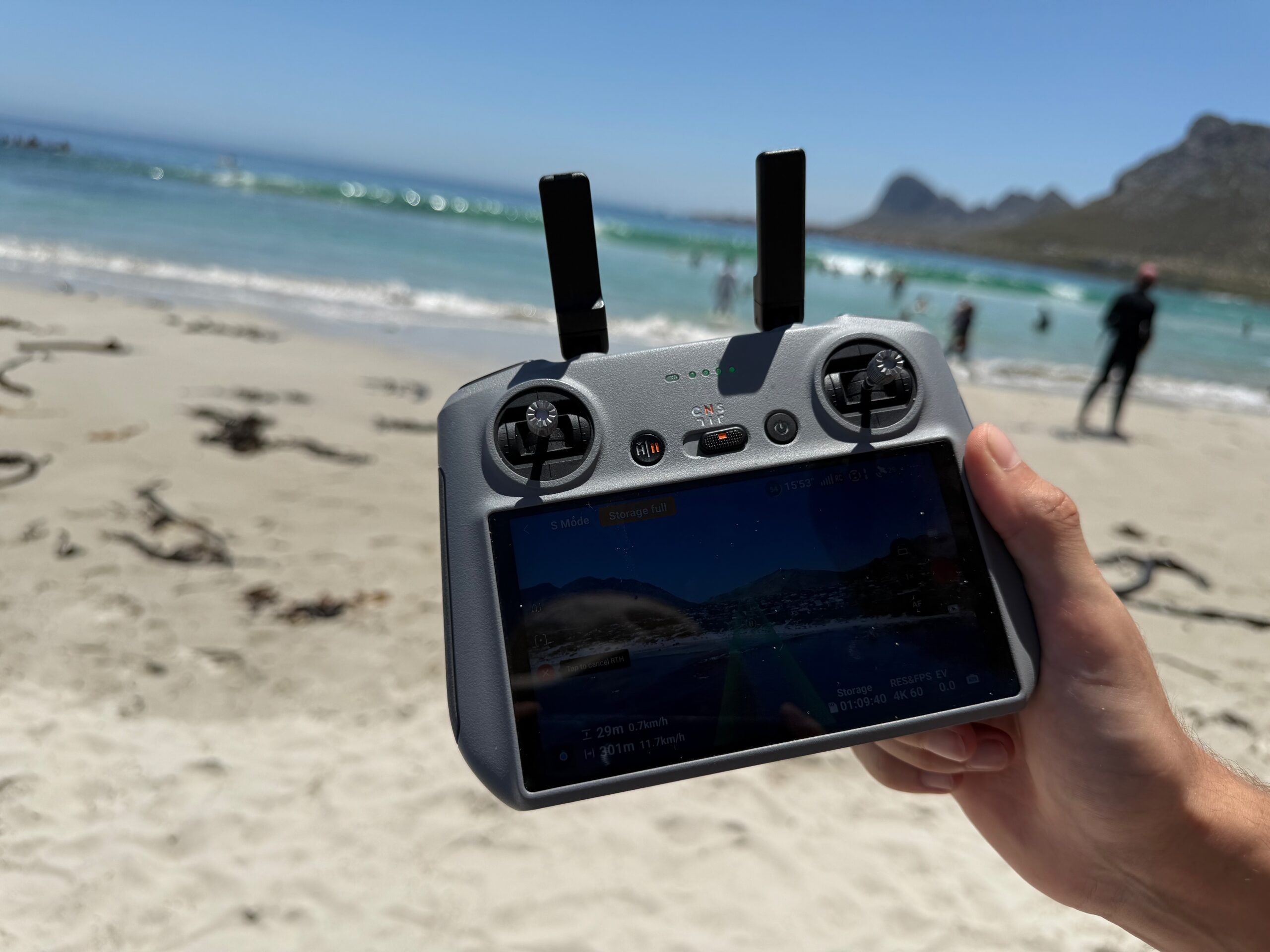
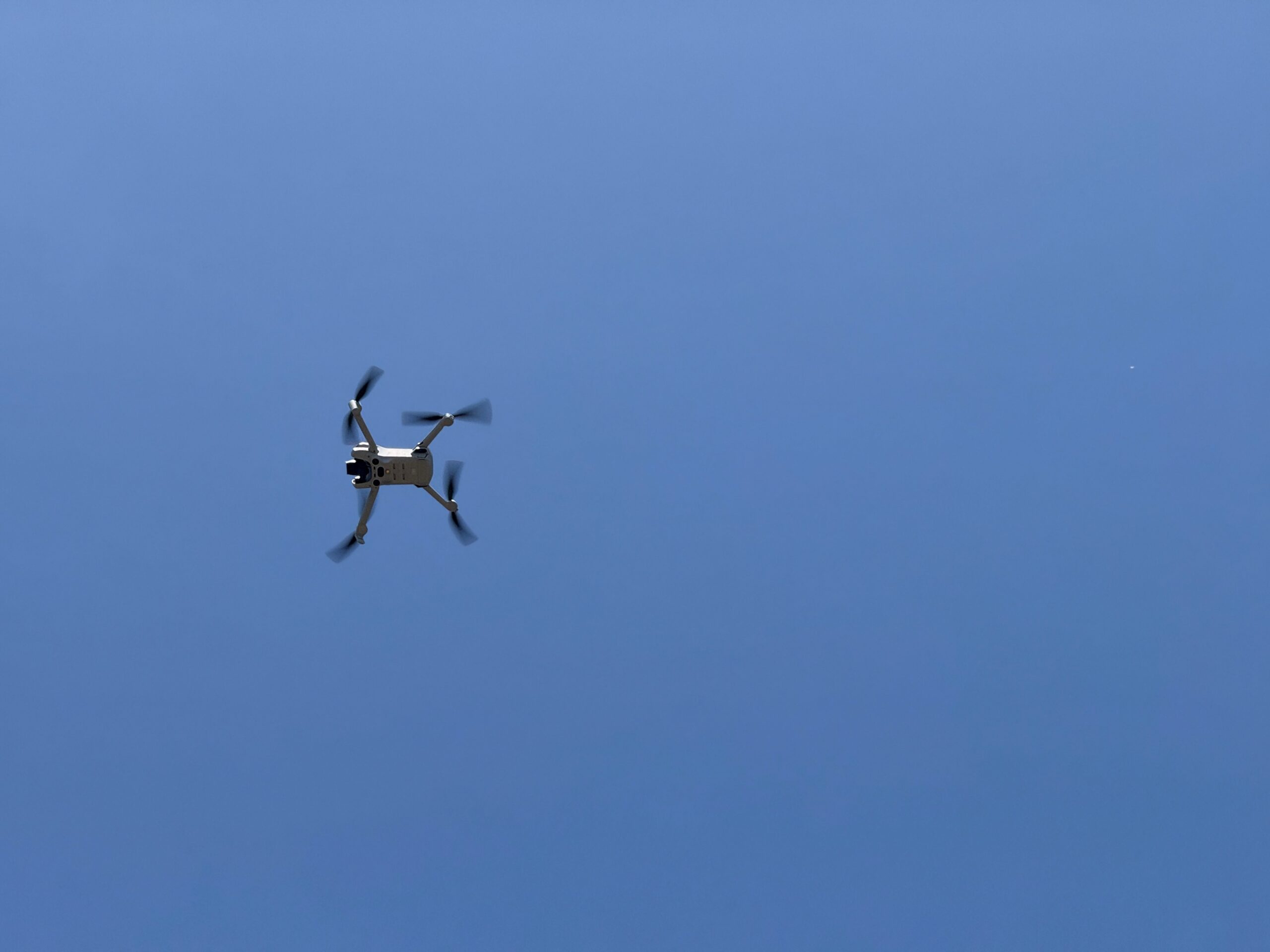
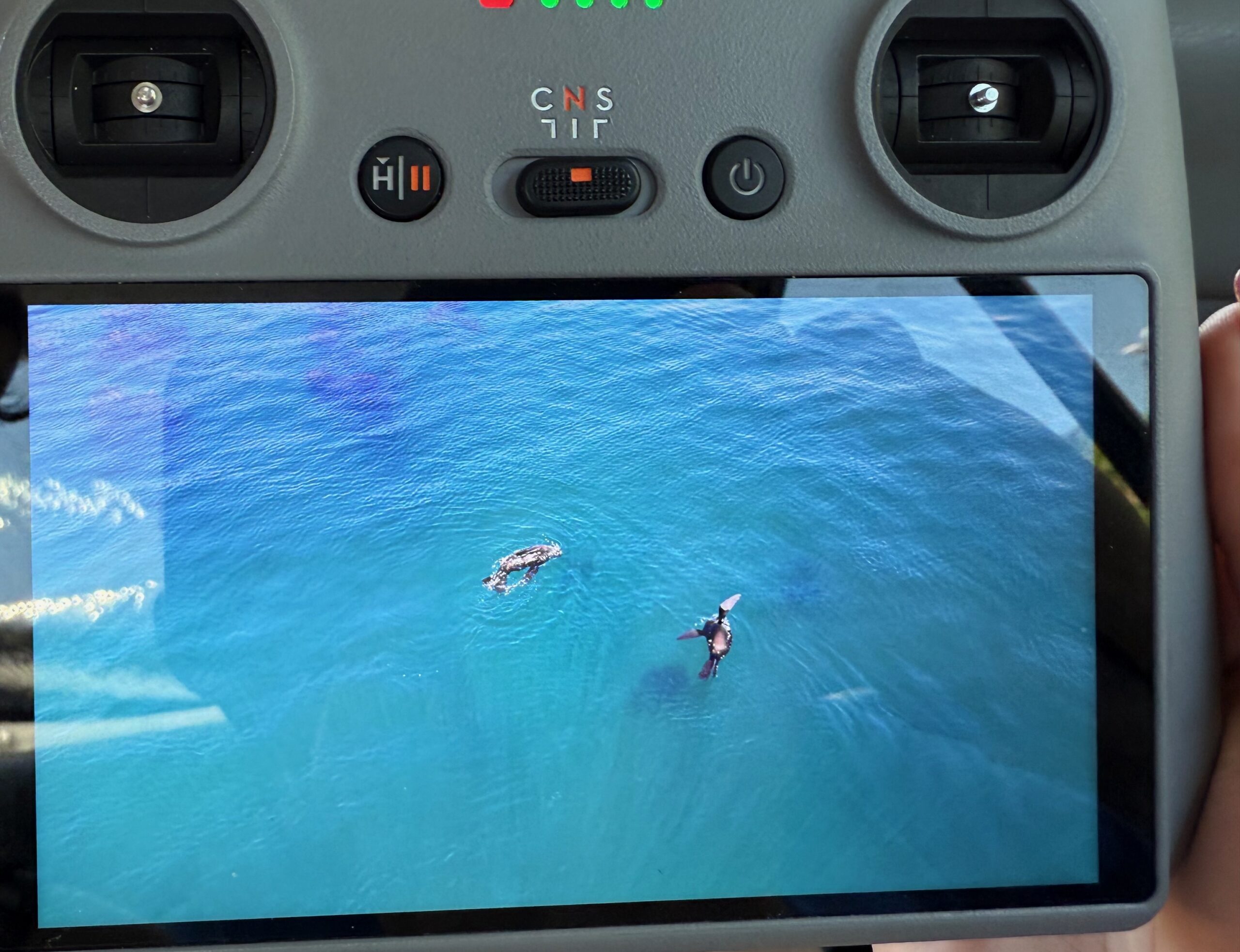
(Seals or sea lions? These are sea lions: brown, bark loudly, “walk” on land using their large flippers and have visible ear flaps. Seals have small flippers, wriggle on their bellies on land, and lack visible ear flaps. – Source: noaa.gov).
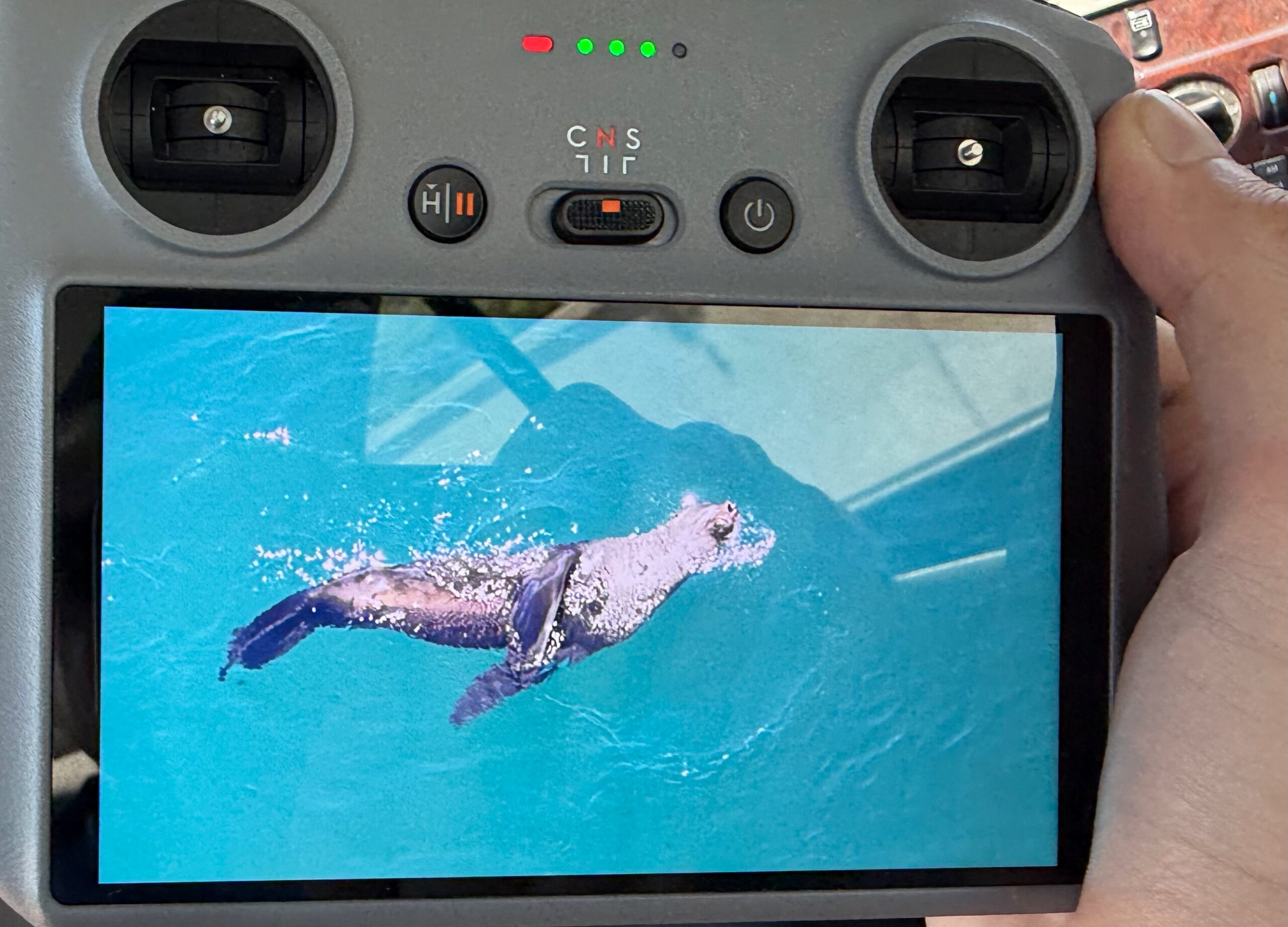
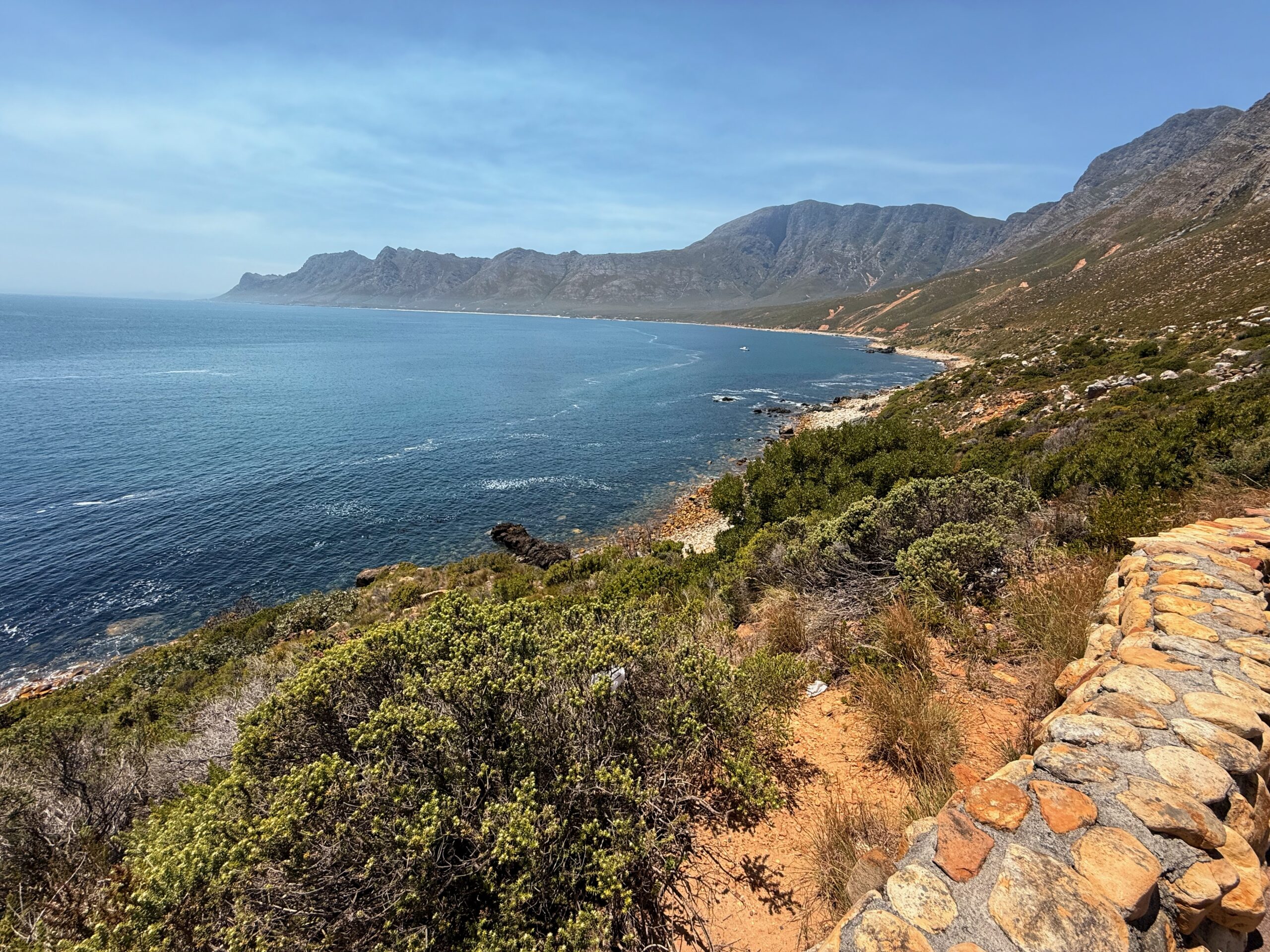
*Fynbos: fine-leaved shrubland or heathland vegetation found in the Western and Eastern Cape provinces of South Africa.
Thursday/ Bloubergstrand beach 
Tuesday morning/ arrival into Cape Town 
Here is our flight path south on Monday night and into Tuesday morning. We were directly over Tunis (capital of Tunisia) after crossing the Mediterranean Sea. Later on we were at 39,000 ft (the plane’s cruising altitude) over Kinshasa (Democratic Republic of the Congo) and Windhoek (Namibia).
We landed at Cape Town International at 7.30 am local time (it’s an Airbus A350-900) and were bused into the terminal.
The shark tank dive billboard 
Sunday/ school’s out 
Here is today’s cartoon from South Africa’s Sunday newspaper Rapport.
The summer school holidays are underway in South Africa, and with it the exodus of the binnelanders* to the coast.
*Afrikaans word for those that live ‘inside’ the country— far away from the coast.
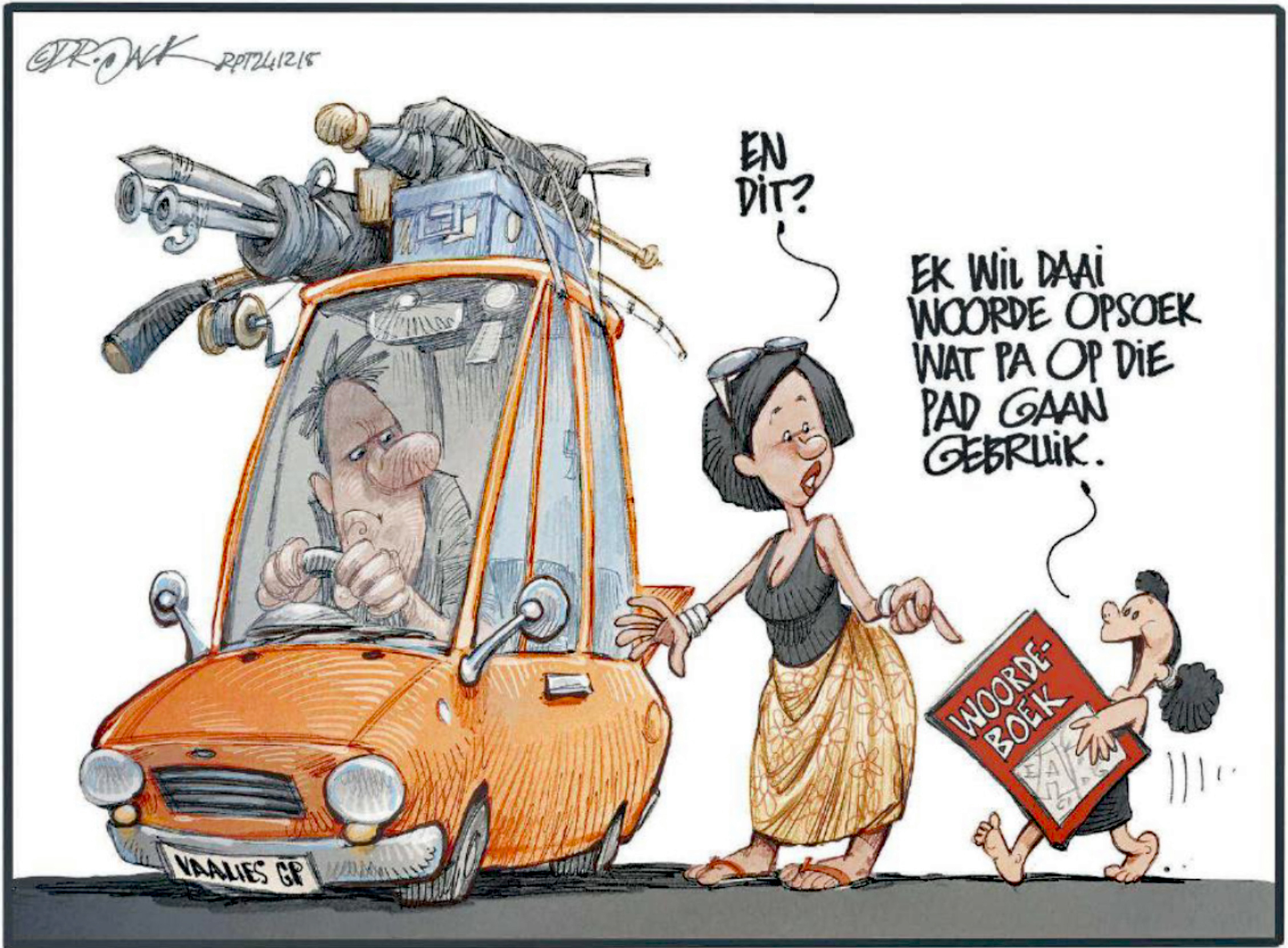
“I want to look up those words that dad will use on the road.”
About the car’s license plate: VAALIES = Old South Africa (pre-1994) nickname for inhabitants of Transvaal province, home to Johannesburg, and which is now called Gauteng (GP) province.
[Cartoon by Dr Jack for Rapport newspaper]
Saturday/ elements on stamps 
Here are stamps issued by South Africa that would be candidates for a themed collection of elements on stamps.
Given South Africa’s large mining industry, it is somewhat surprising that relatively few stamps with a mining theme have been issued.
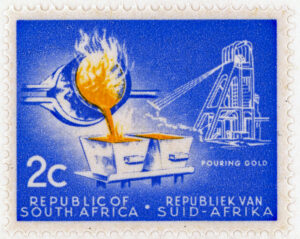
1961 First Definitive Issue
Issued May 31, 1961
Perf. 14 | Photogravure | Wmk Coat of Arms
201 113 2c Ultramarine and yellow | Pouring gold
[Source: Stanley Gibbons Stamp Catalogue Part 1, British Commonwealth 1997]
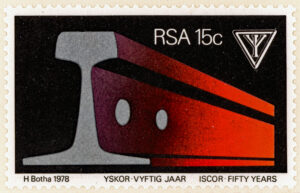
Steel is primarily composed of iron, with most types containing around 98% to 99.5% iron, with the remaining percentage typically made up of carbon and trace elements depending on the specific steel grade.
1978 50th Anniversary of ISCOR* (South African Iron and Steel Industrial Corporation)
Issued Jun. 5, 1978
Perf. 12 | Design: Hein Botha | Litho. | No Wmk
441 225 15c Multicolored | Steel rail
*In the early 2000s, Iscor was sold by Thabo Mbeki’s government as his administration sought to run a tight ship and right the country’s finances. The name Iscor disappeared for good in March 2005.
[Source: Stanley Gibbons Stamp Catalogue Part 1, British Commonwealth 1997]
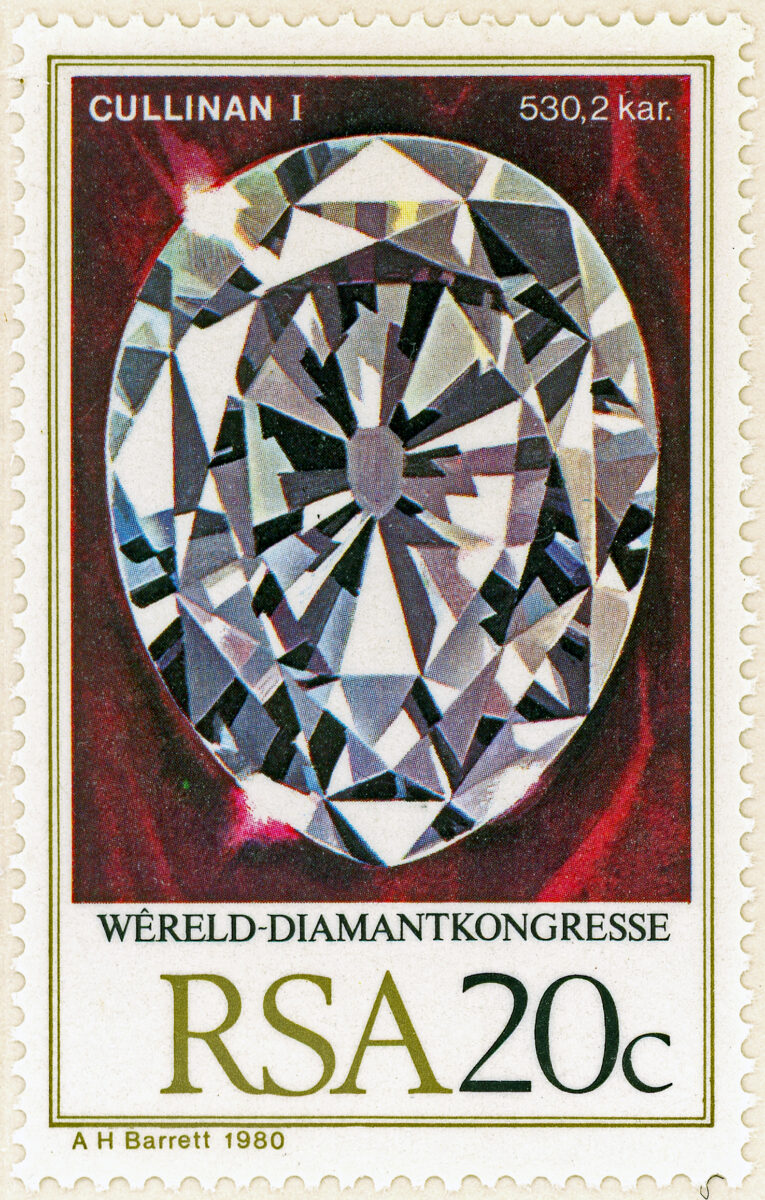
1980 World Diamond Congress, Johannesburg
Issued May 12, 1980
Perf. 14 |Design: A.H. Barrett |Litho. |No Wmk
478 20c Multicolored | Cullinan II diamond*
*Yes, a diamond is nothing but a lump of carbon. The Cullinan II is a 317.4 carat cushion-cut diamond that is the second-largest cut from the original Cullinan diamond. It is also known as the Second Star of Africa and is the most valuable stone in the Imperial State Crown in the Tower of London.
The Cullinan Diamond is the largest gem-quality rough diamond ever found, weighing 3,106 carats (621.20 g), discovered at the Premier No.2 mine in Cullinan, South Africa, on 26 January 1905.
[Source: Stanley Gibbons Stamp Catalogue Part 1, British Commonwealth 1997]
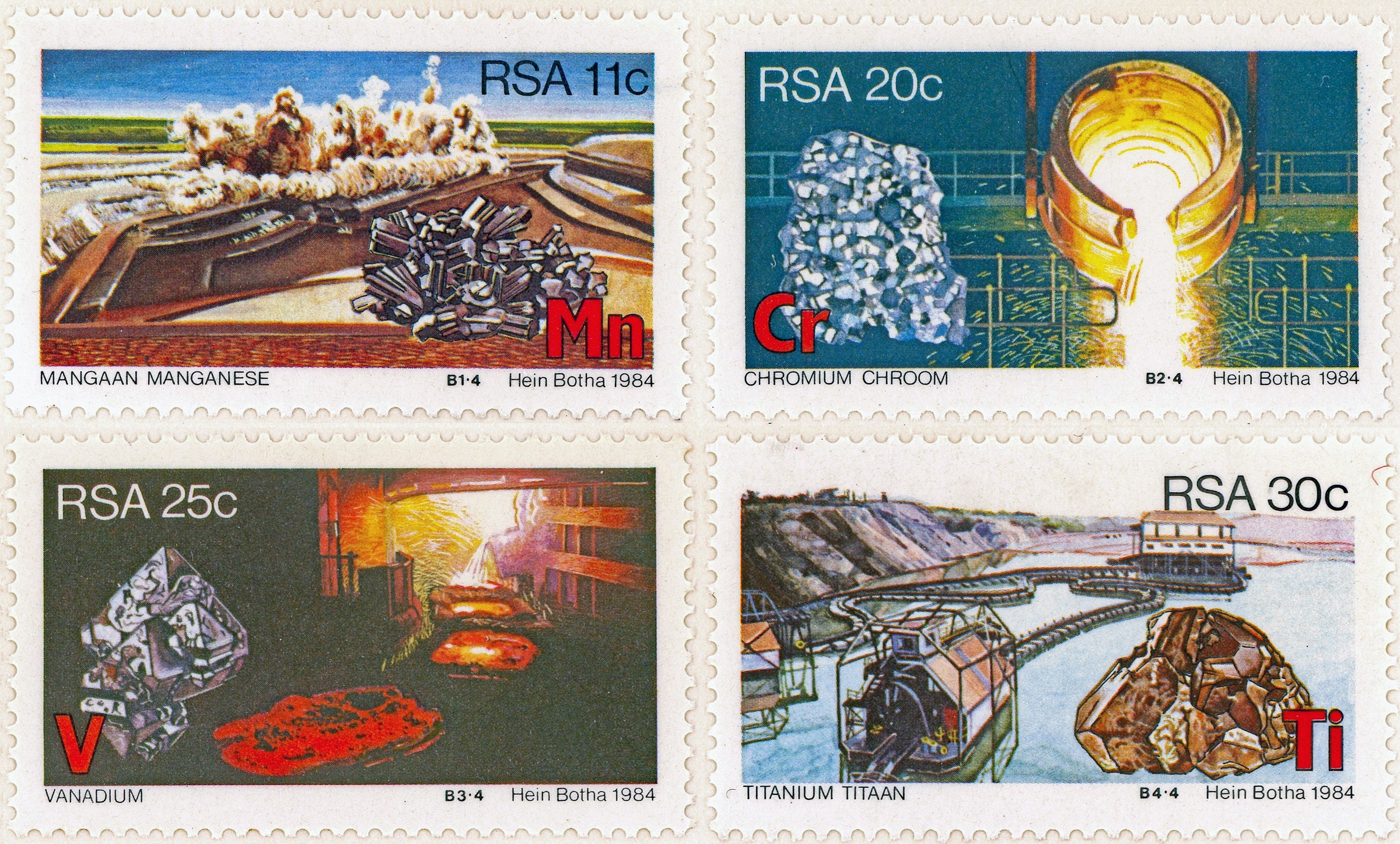
Titanium (22)
Vanadium (23)
Chromium (24)
Manganese (25)
1984 Strategic Minerals
Issued Jun. 8, 1984
Perf. 14 x 14¼ | Design: Hein Botha | Litho. | No Wmk
558 11c Multicolored | Manganese
559 20c Multicolored | Chromium
560 25c Multicolored | Vanadium
561 30c Multicolored | Titanium
[Source: Stanley Gibbons Stamp Catalogue Part 1, British Commonwealth 1997]
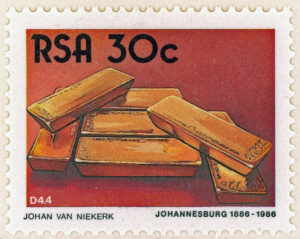
1986 Centenary of Johannesburg
Issued Sep. 25, 1986
Perf. 14 | Design: J. van Niekerk | Litho. | No Wmk
607 30c Multicolored | Gold bars
[Source: Stanley Gibbons Stamp Catalogue Part 1, British Commonwealth 1997]
Monday/ let’s go for a swim 
The last batch of my on-paper stamps are getting dunked into the water here (to separate the stamps from the paper).
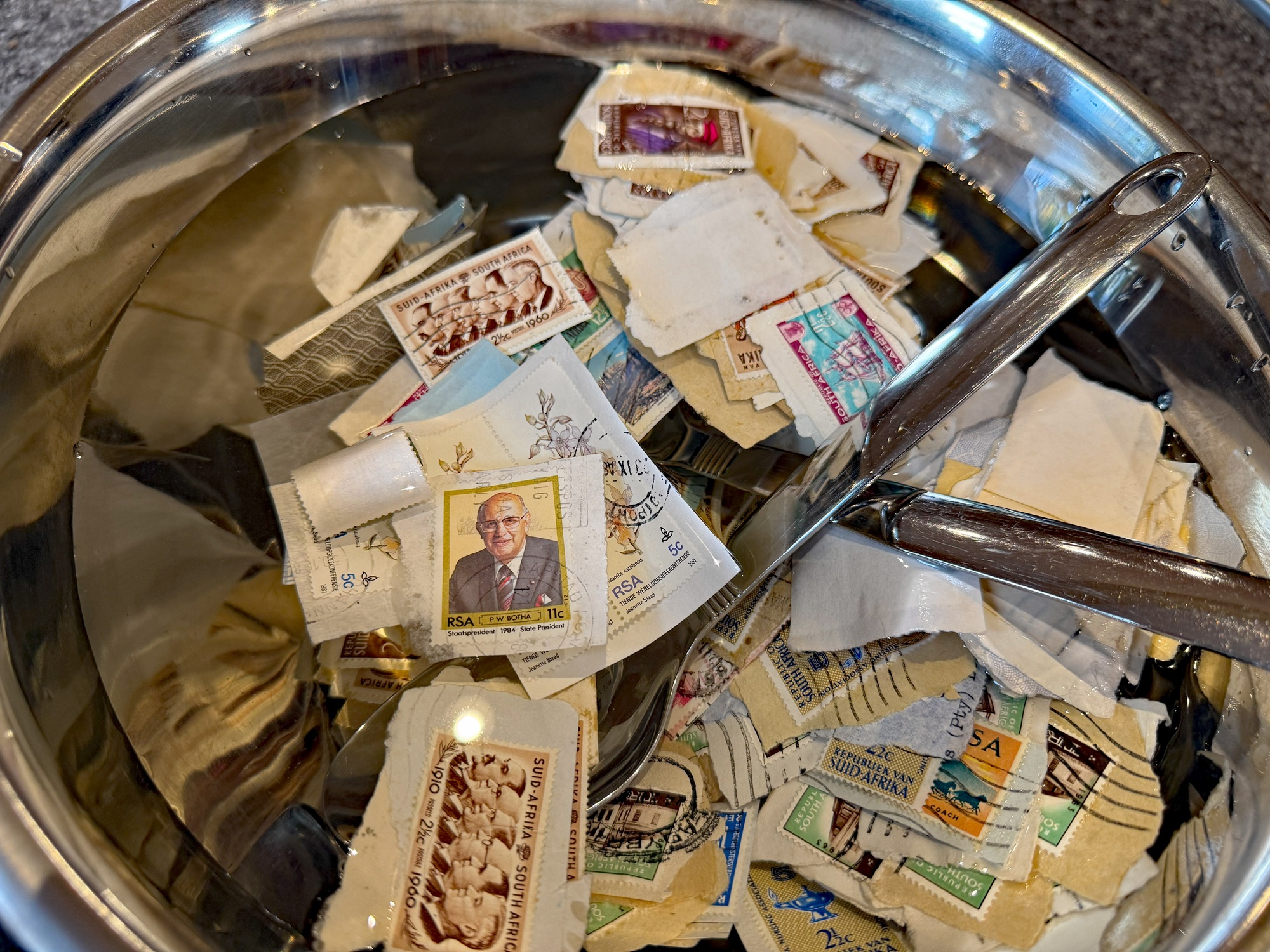
By 1985, push had came to SHOVE in South Africa’s national politics, with a State of Emergency in place (effectively a form of martial law), and thousands of demonstrators detained in jail.
Botha declared in his famous Rubicon speech in August 1985 that he would not support majority rule or the participation of black South Africans in the national government.
He fell ill in 1989, though, and was forced to hand over the reigns to F.W. de Klerk.
De Klerk introduced radical policy changes that led to the dismantling of the apartheid system, and to the release of Nelson Mandela from jail (in February 1990), which paved the way for the country’s first multiracial elections in April 1994.
Sunday/ the lion’s share 
Monday/ †Breyten Breytenbach (1939-2024) 
I need to die before I’m dead
when my heart is still fertile and red
before I eat the darkened soil of doubt
give me two lips
and bright ink for tongue
to write the earth
one vast love letter
swollen with the milk of mercy
– From the poem ‘Rebel Song’ by Breyten Breytenbach
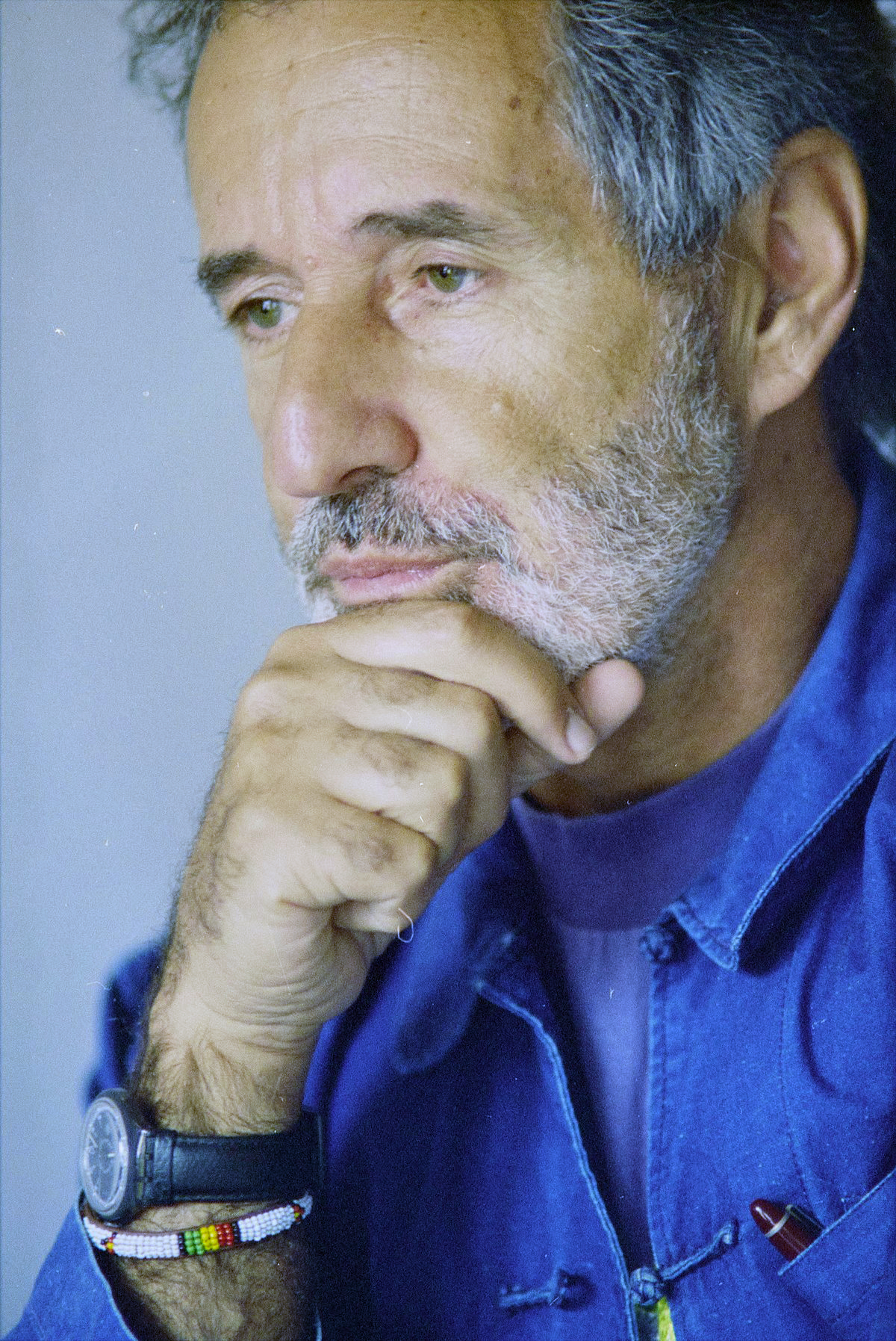
‘Breytenbach was a political dissenter against the ruling National Party and its white supremacist policy of apartheid in the early 1960s. He was a founding member of the dissident literary movement of Afrikaner writers, the Sestigers in 1961, and participated in protests against the exclusion of black youth from educational pathways’.
[Picture and text from Wikipedia]
Breytenbach wrote mostly in Afrikaans, but also in English. He was a fierce critic of apartheid as he embarked on his long and illustrious career, as a writer that would redefine the Afrikaans literary landscape.
In 1960, Breytenbach left South Africa under a self-imposed exile.
After a two-year tour of Europe, he settled in France (he later became a French citizen).
In 1962 he married a French woman of Vietnamese ancestry, Yolande: a criminal act under South African law at the time.
The Prohibition of Mixed Marriages Act of 1949 and Immorality Act (1950) made it a criminal offence for a person to have any sexual relations with a person of a different race.
In 1975, Breytenbach was arrested in South Africa after travelling there on a false passport. His intention was to help black Africans organize trade unions, and to recruit members for a branch of the African National Congress (ANC) for white people. He sentenced to nine years’ imprisonment for high treason, the first two in solitary confinement in in Pretoria Central Prison’s maximum security wing. He was released after seven years, thanks to a campaign led by former French President Francois Mitterand.
In 1984, his memoir The True Confessions of an Albino Terrorist was published, describing aspects of his imprisonment.
Tuesday/ written in 1895 
I don’t collect whole pieces of mail (such as envelopes, first day covers and post cards), but I found this post card that was for sale on Ebay impossible to resist.
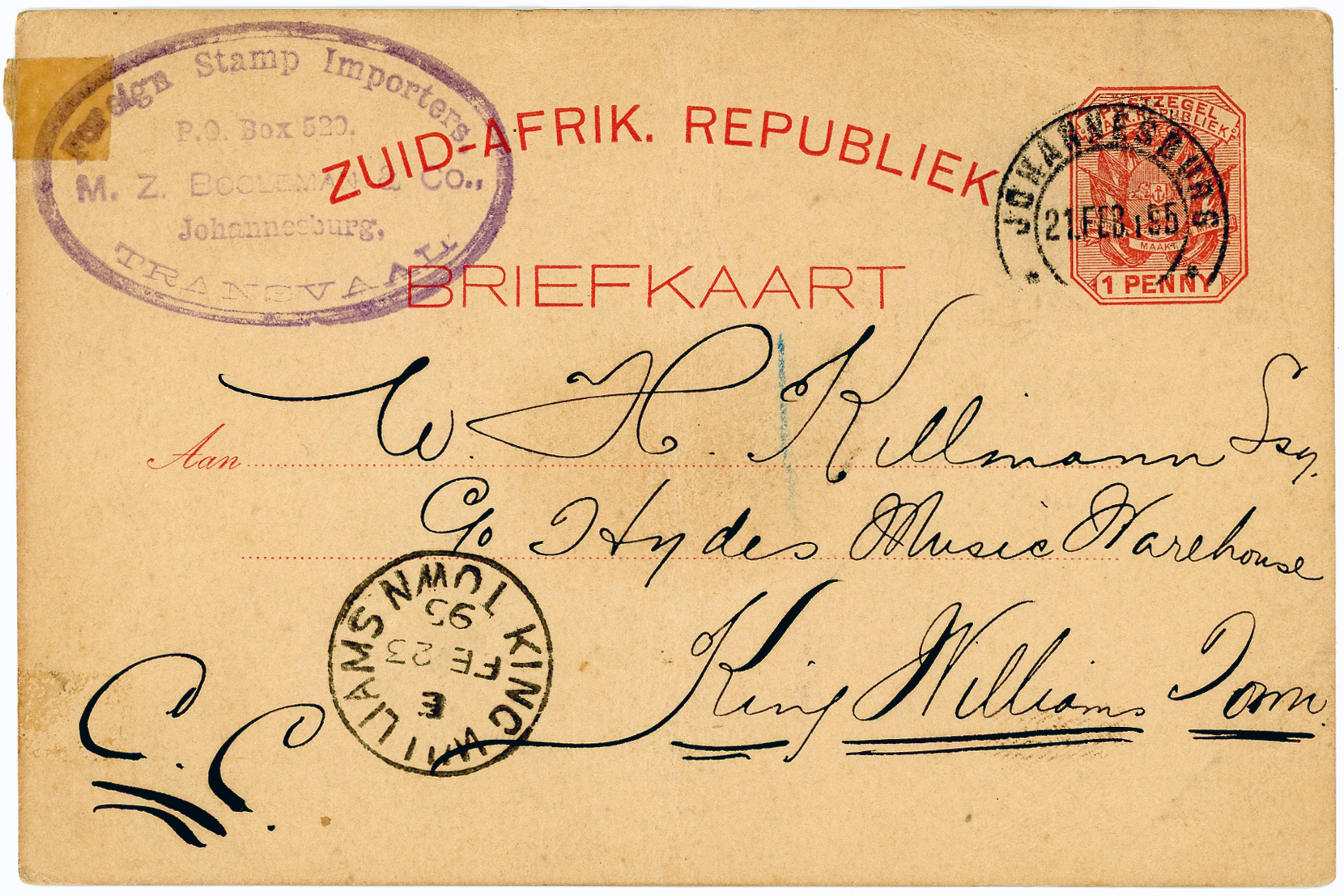
The card was mailed in 1895, in Johannesburg, City of Gold, ‘El Dorado’ for real— founded only nine years prior, in 1886. (In that year the Witwatersrand Gold Rush started, which led to the establishment of Johannesburg).
Just a few years earlier still, the outcome of the First Boer War (1880-81) had led to the temporary independence of the South African Republic (‘Zuid-Afrikaanse Republiek’) from the British Empire.
